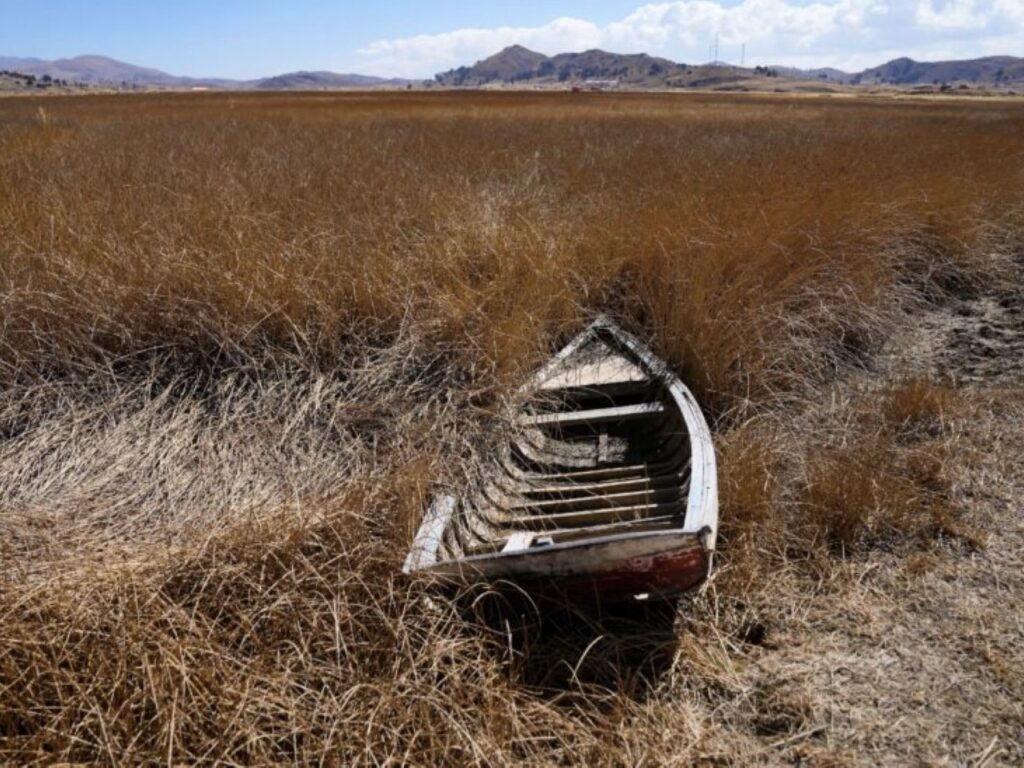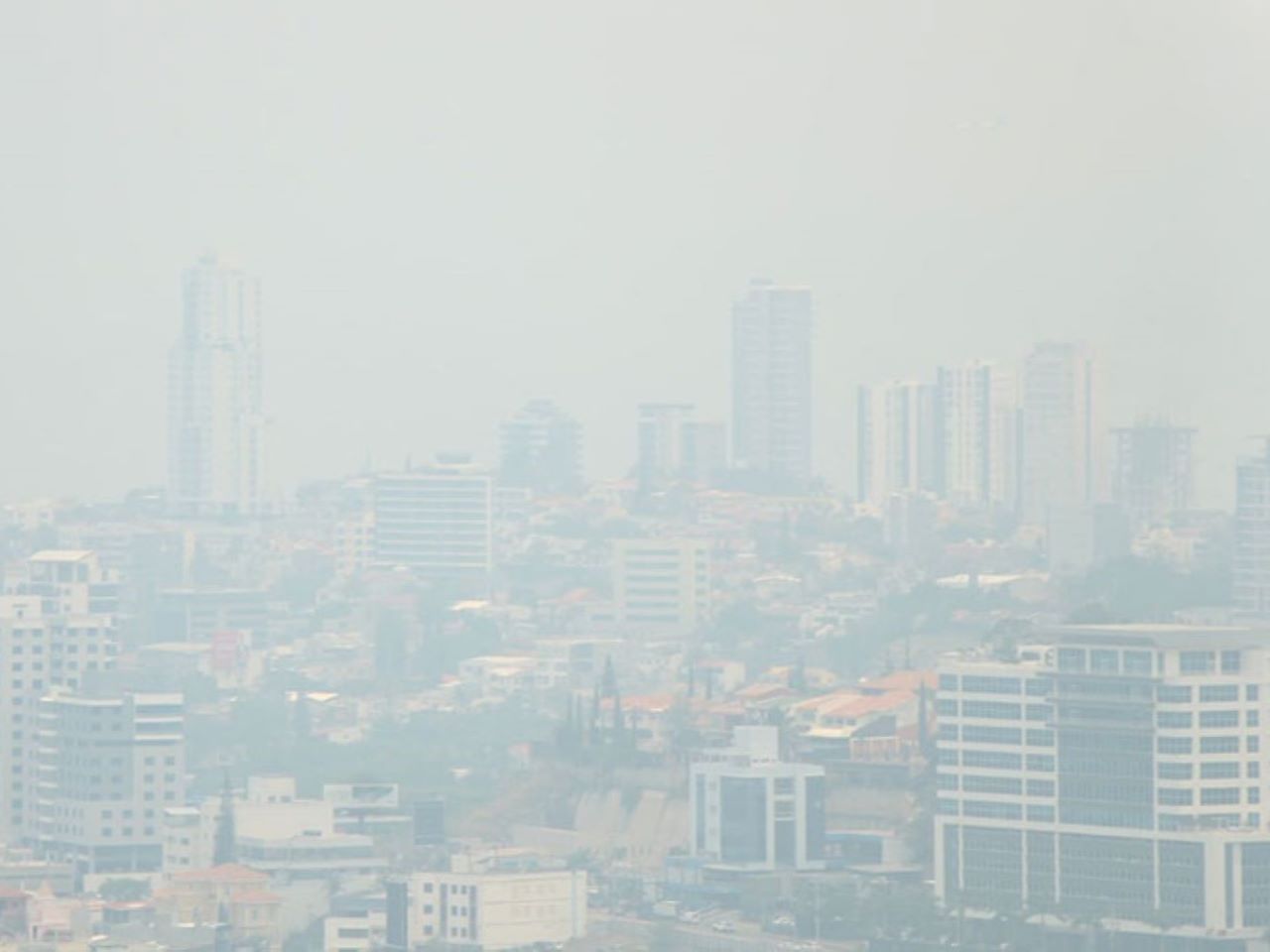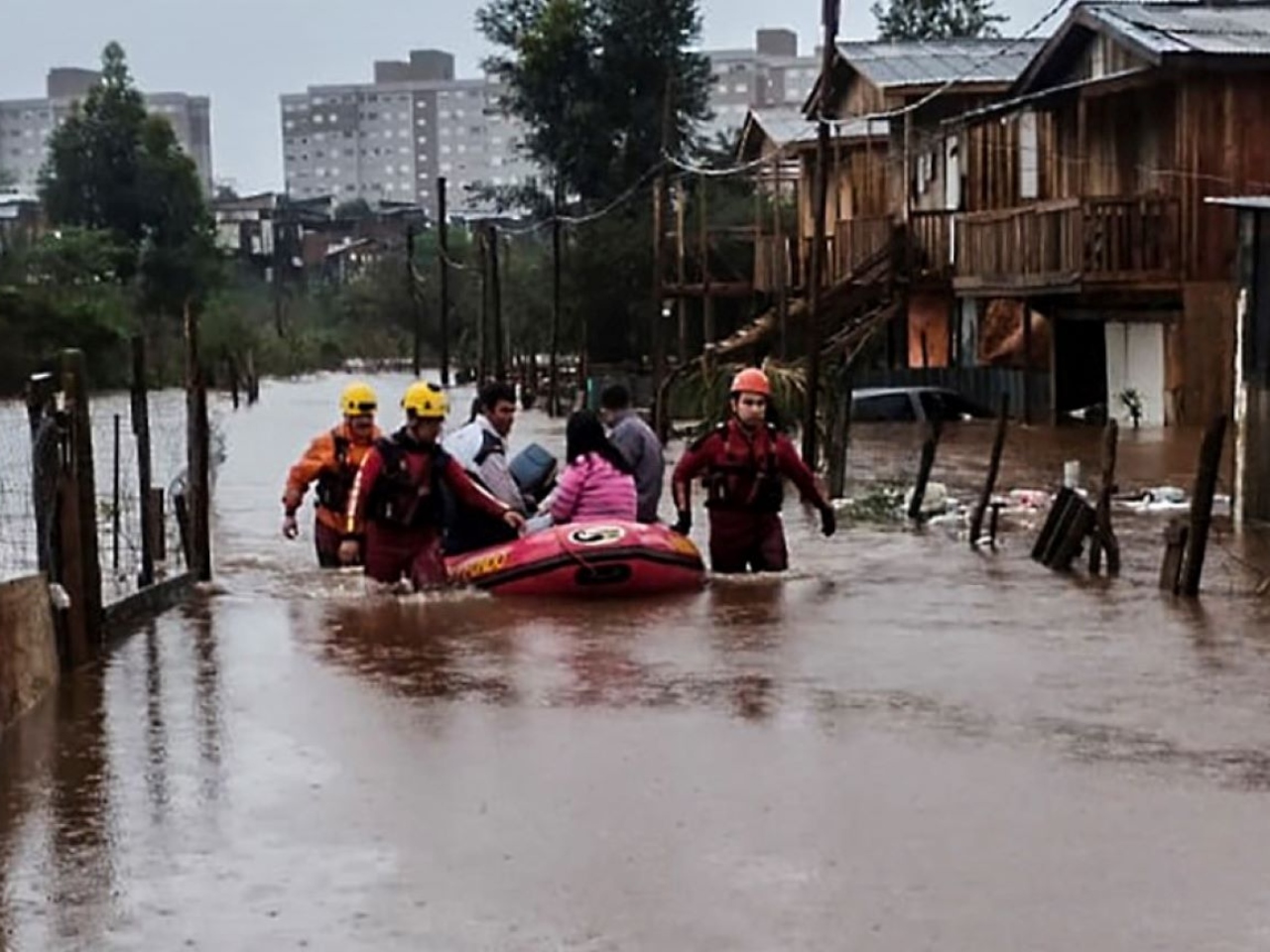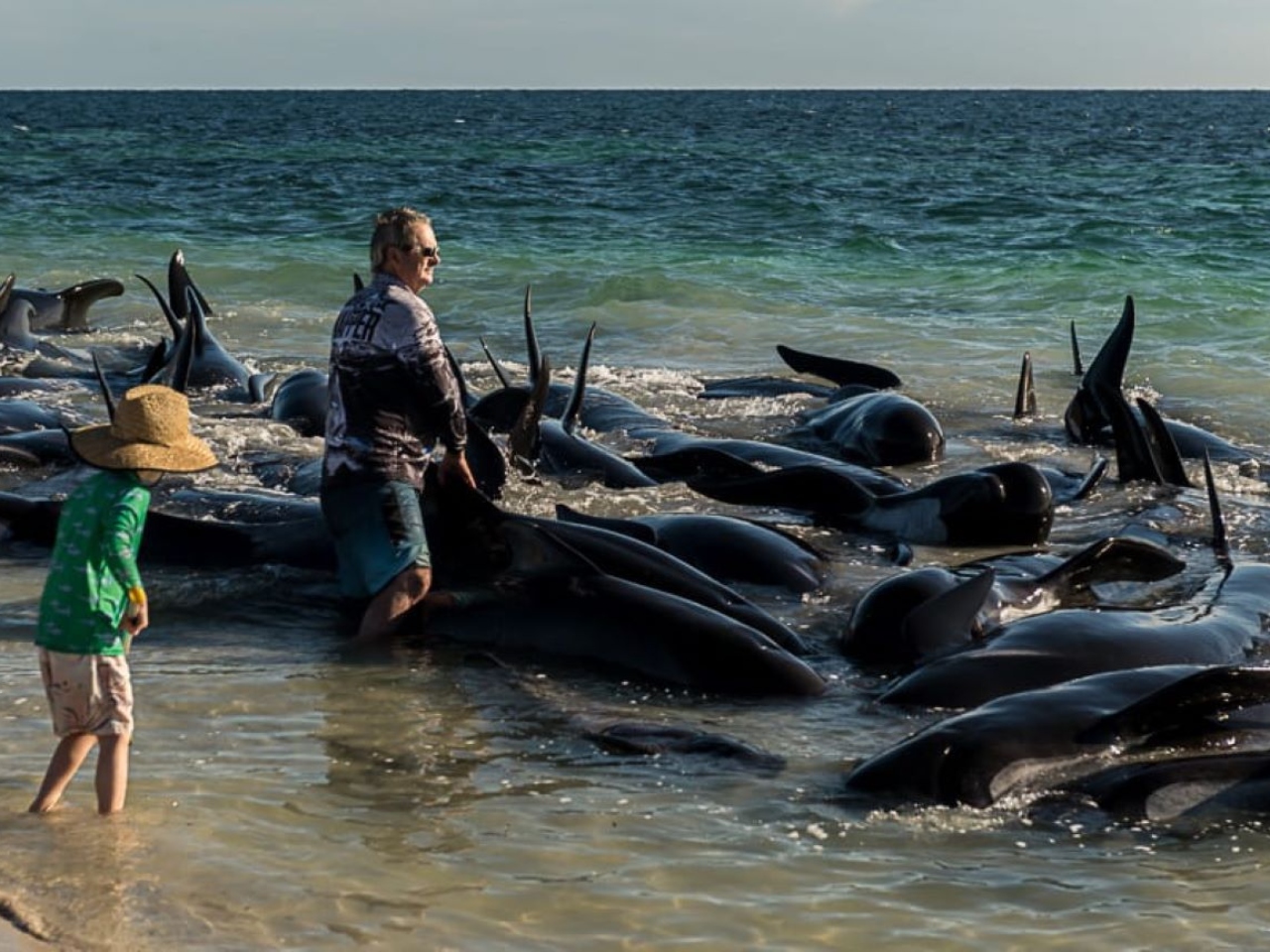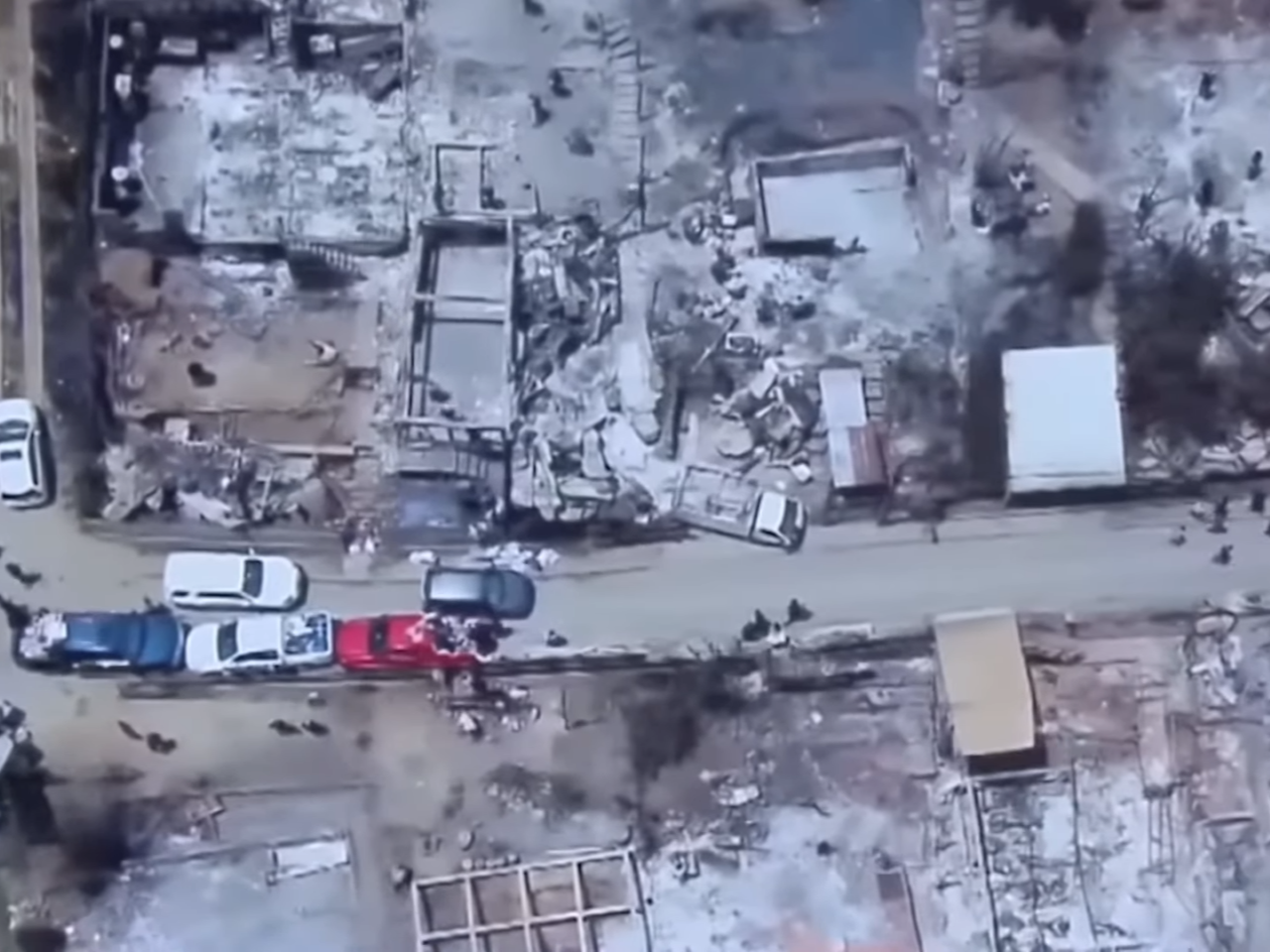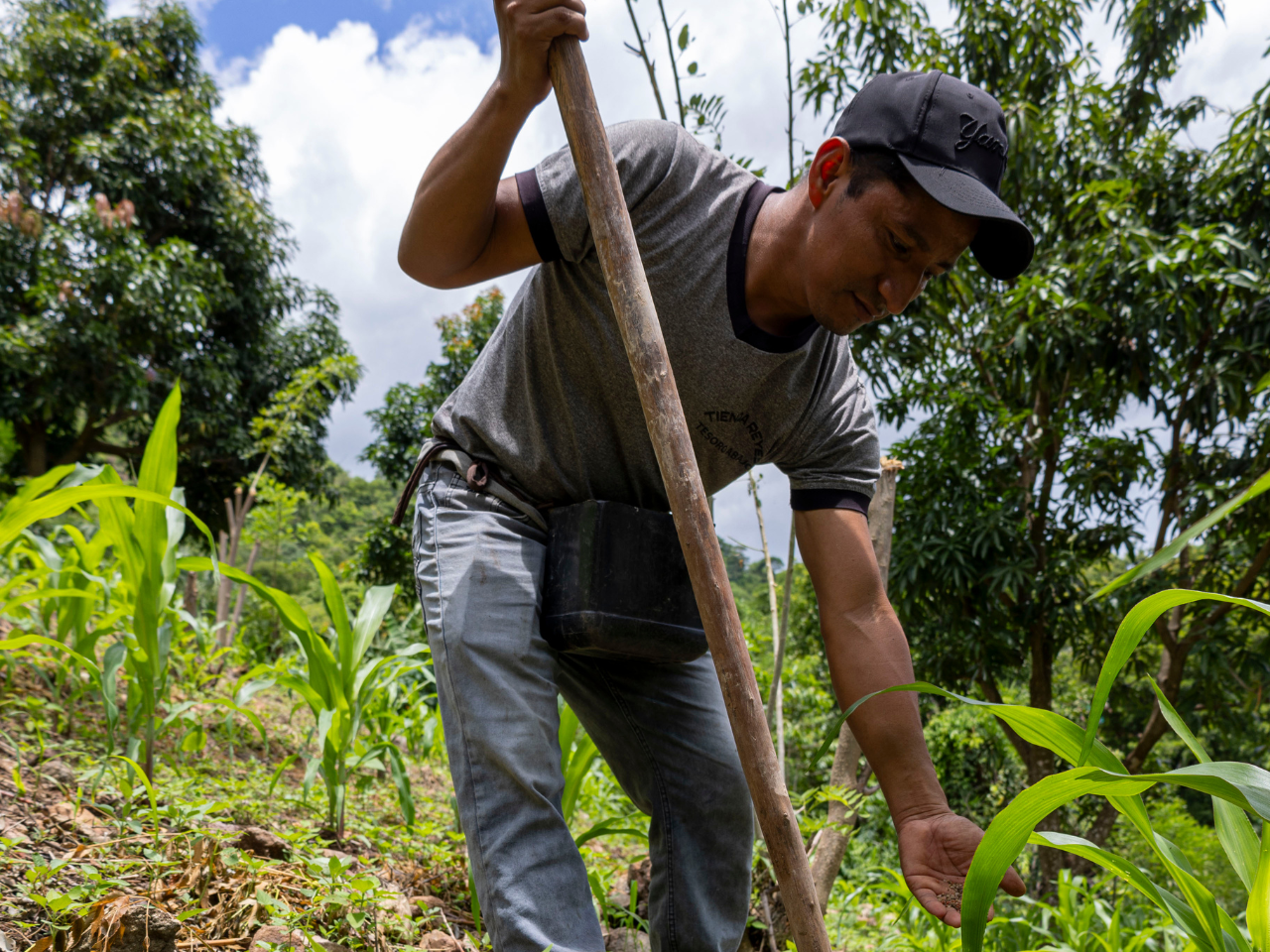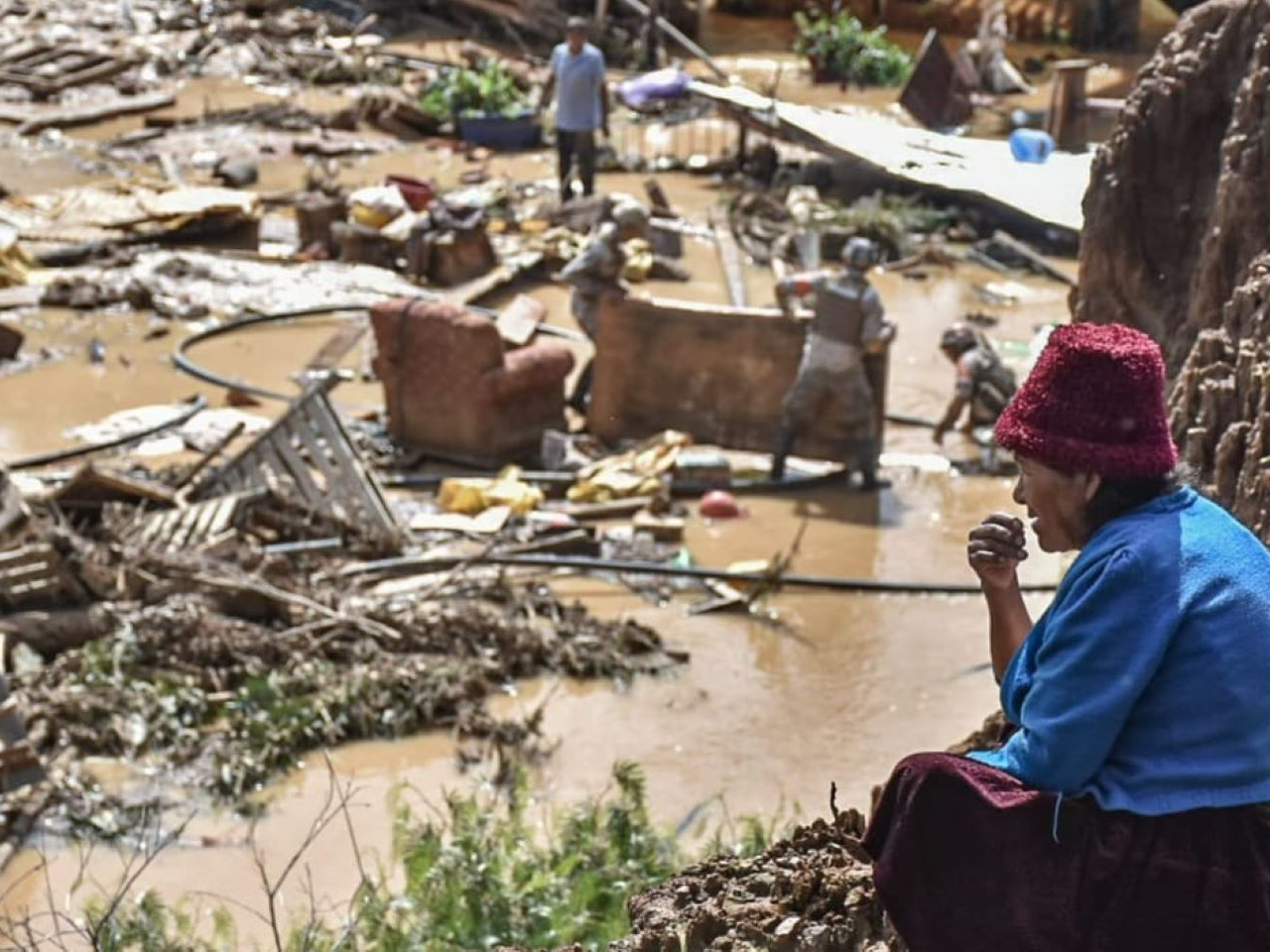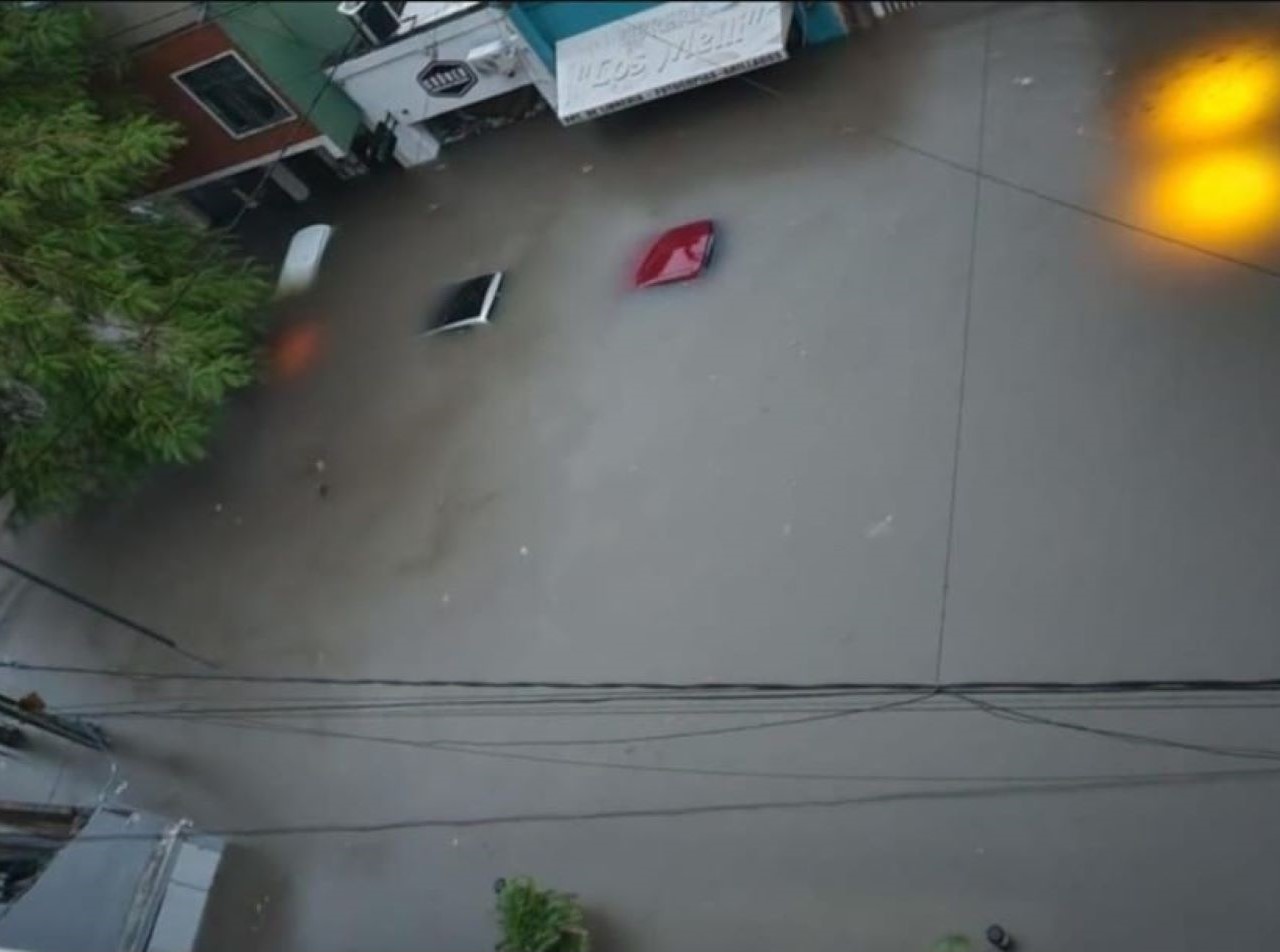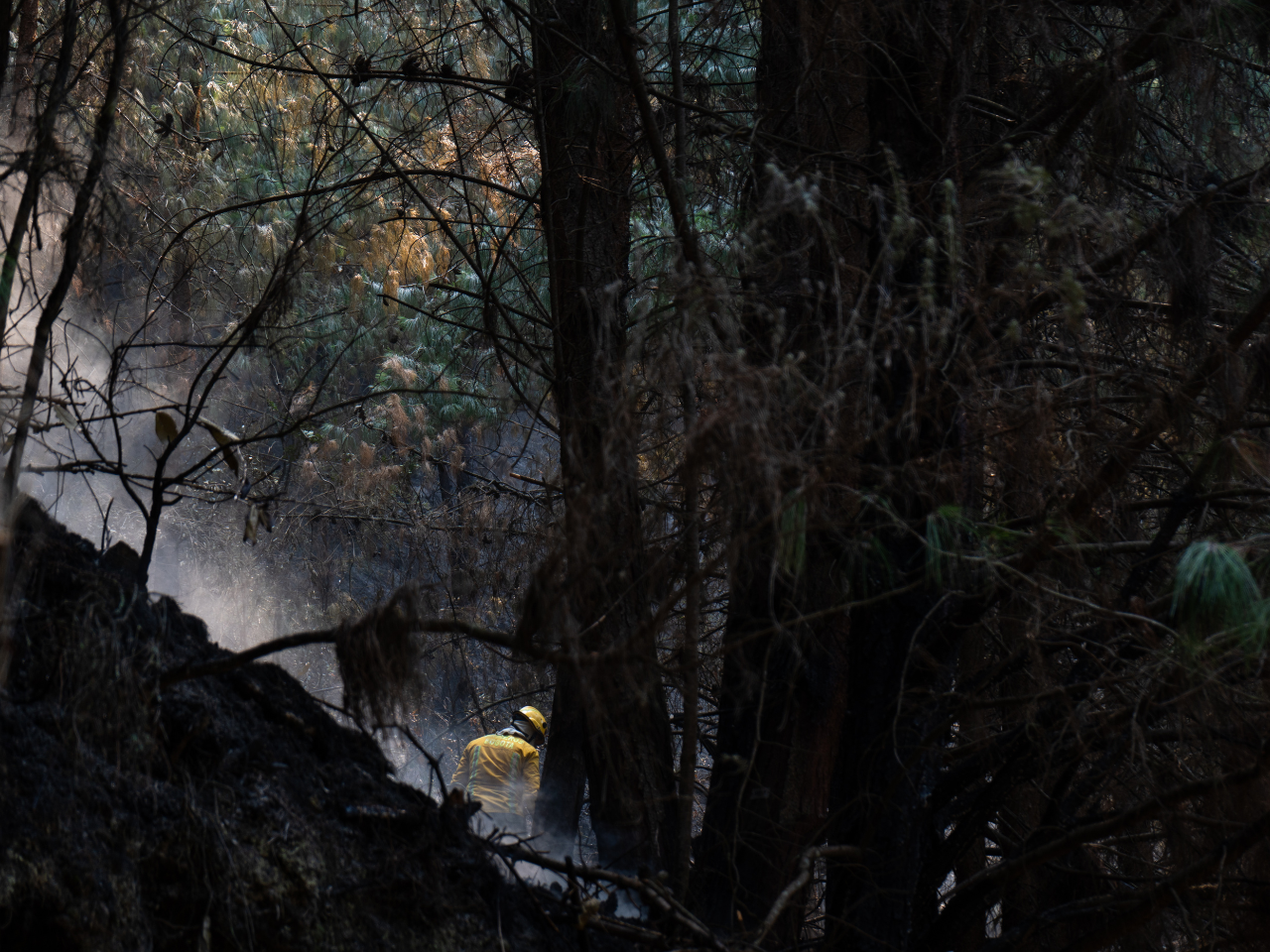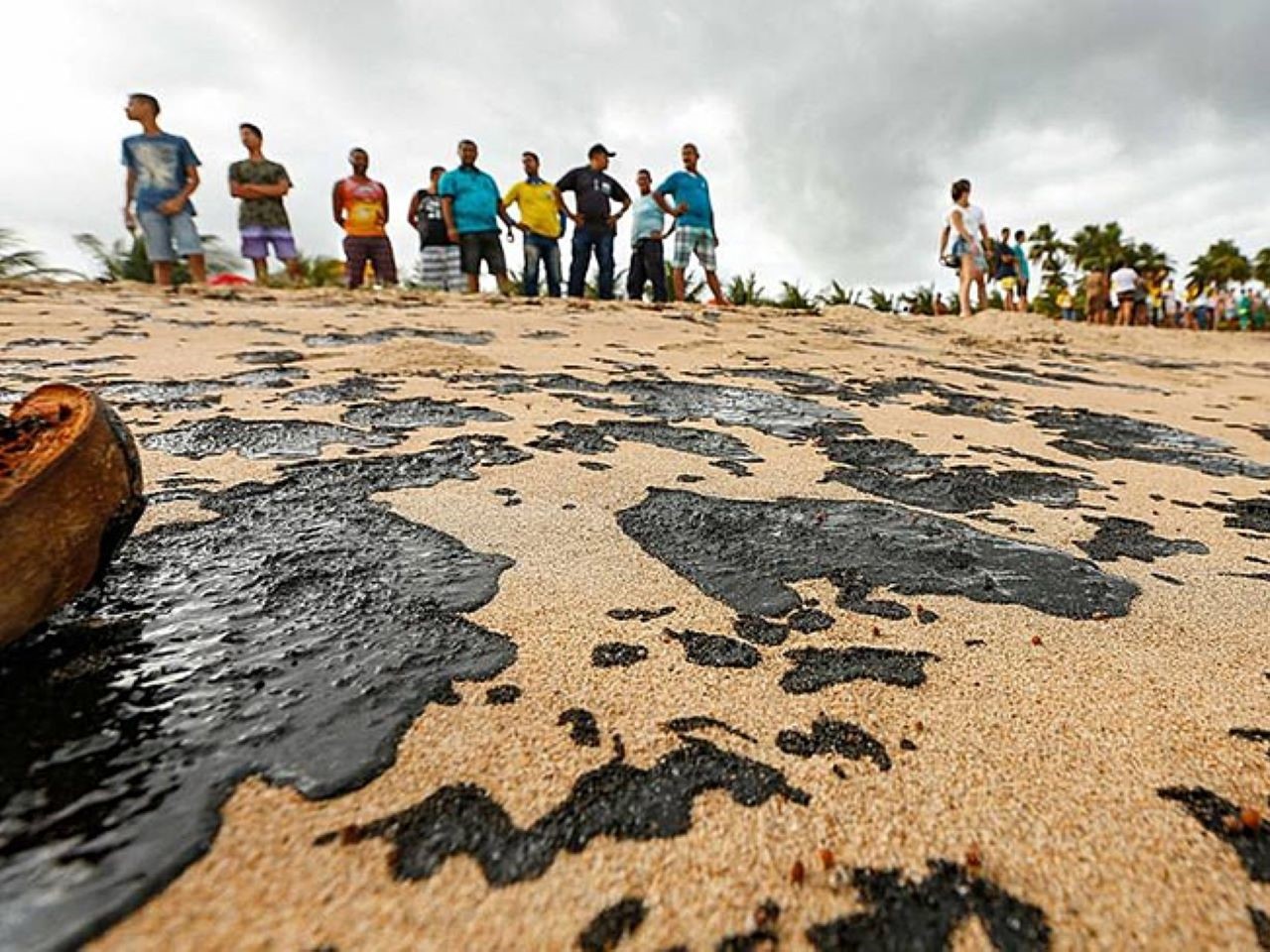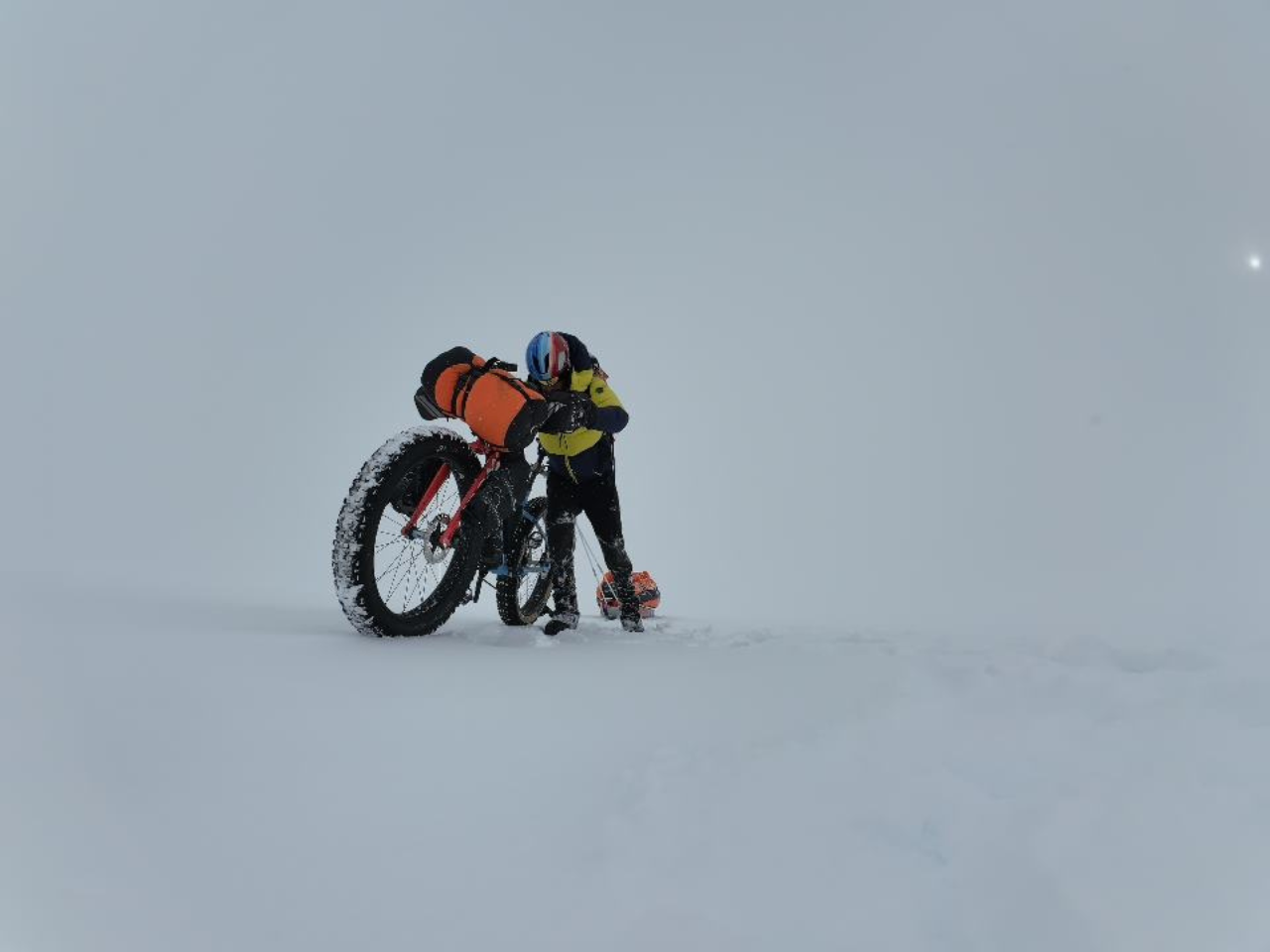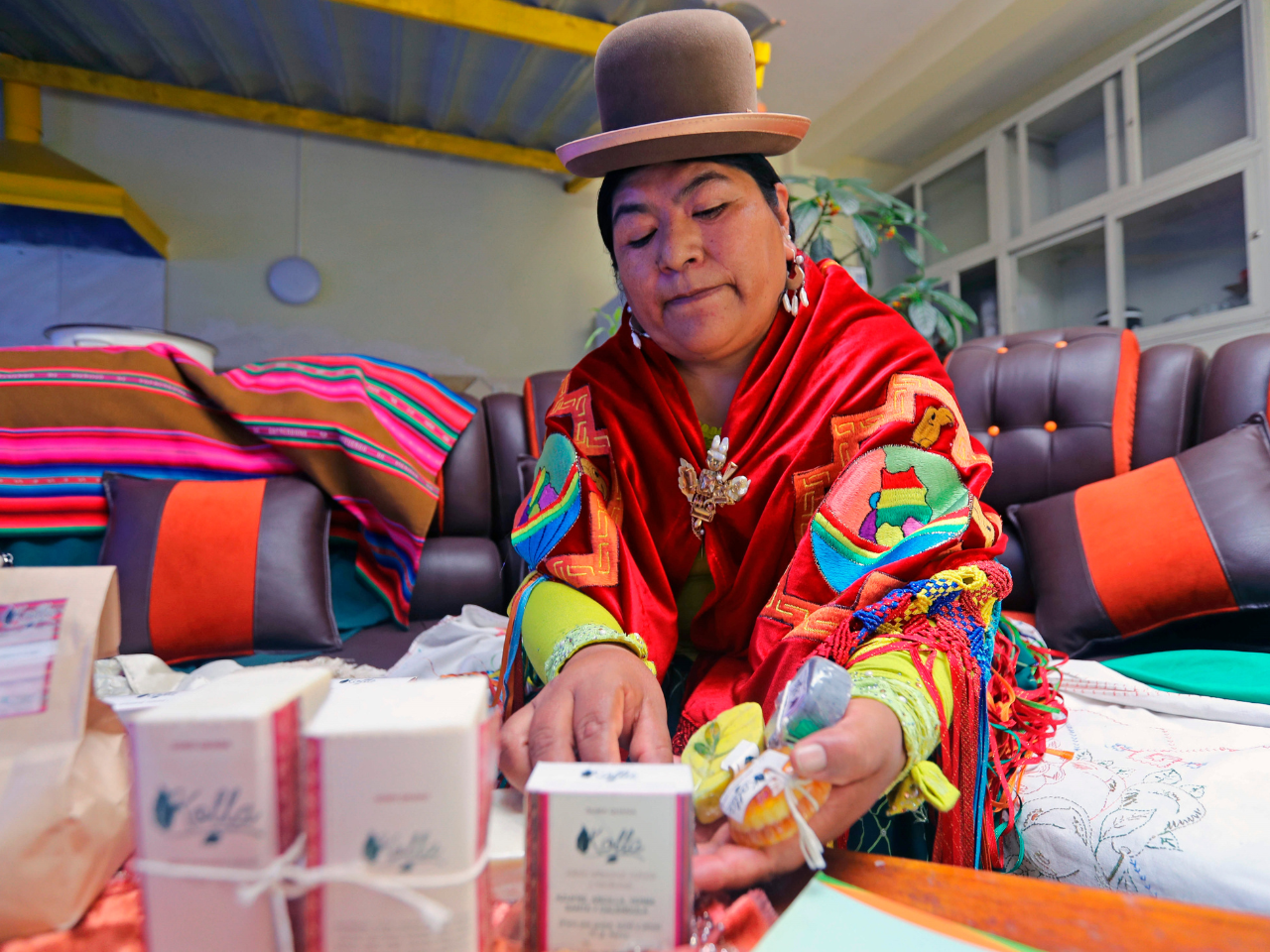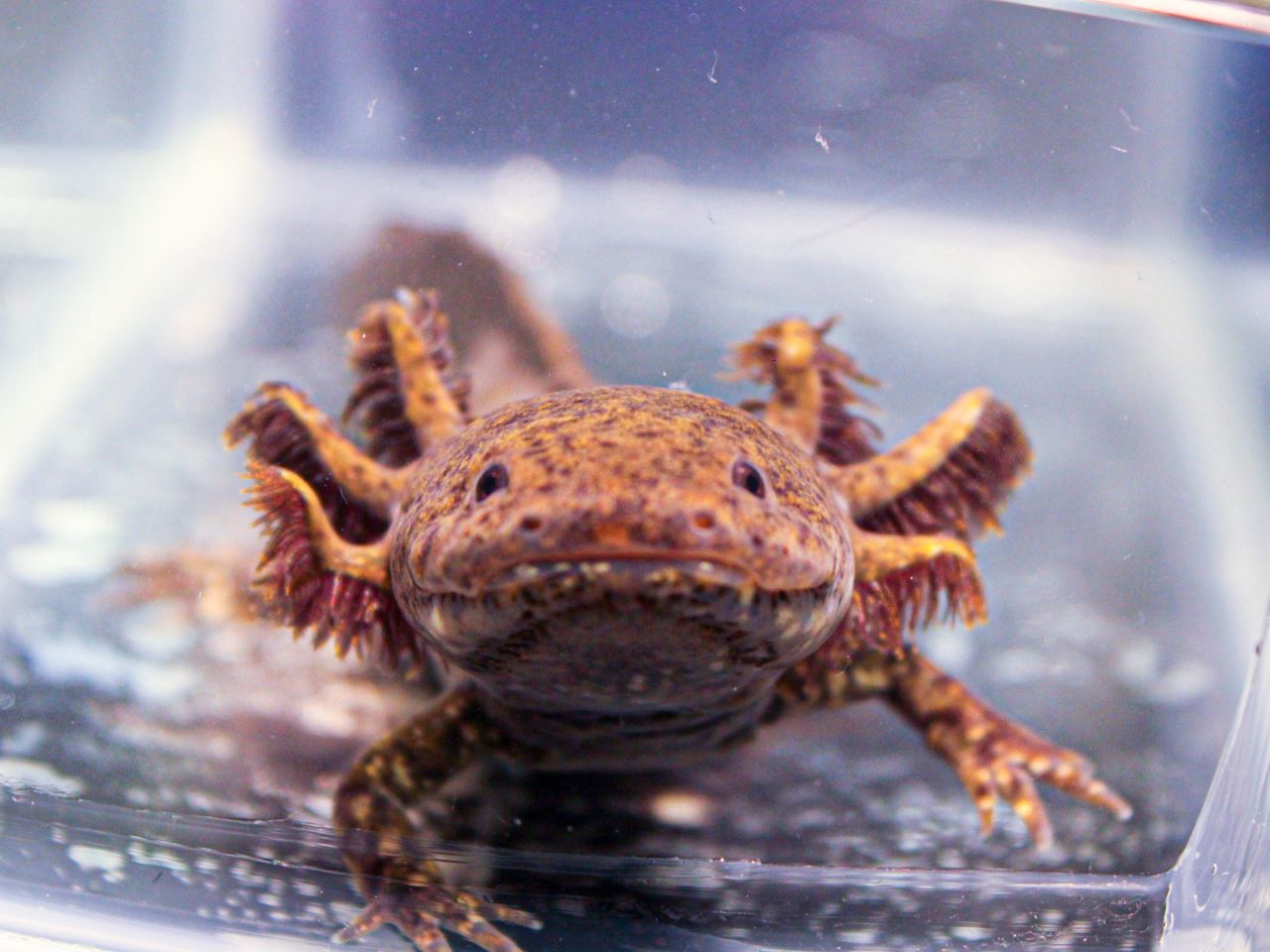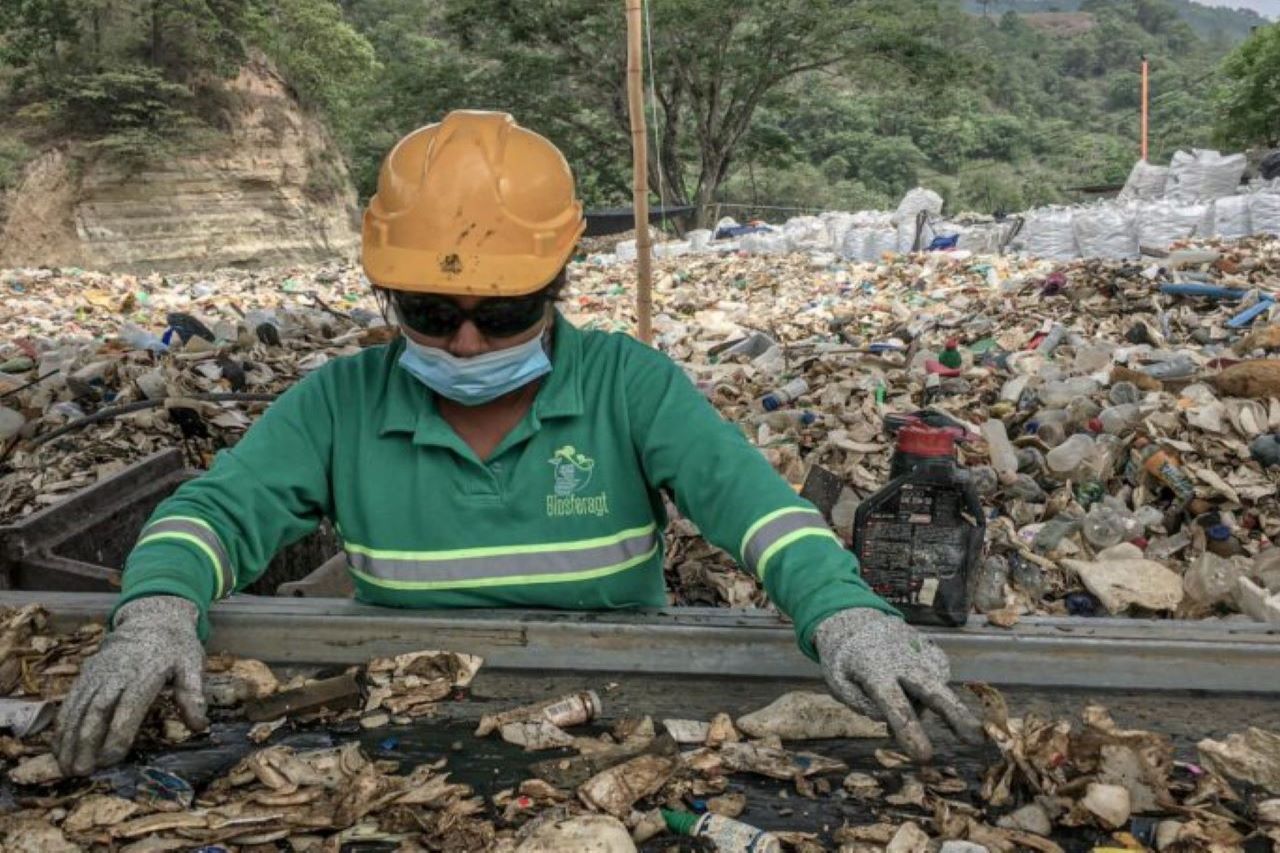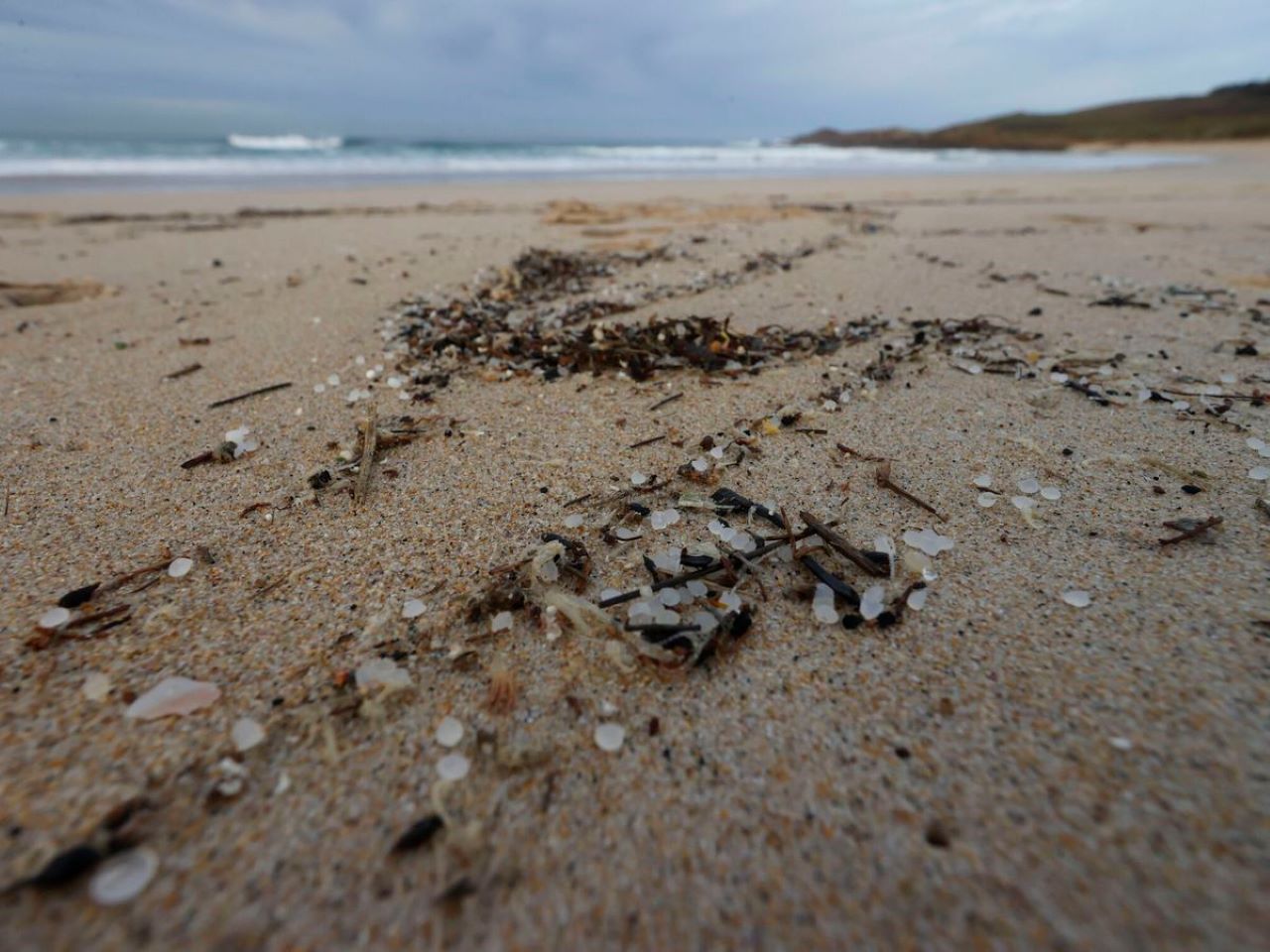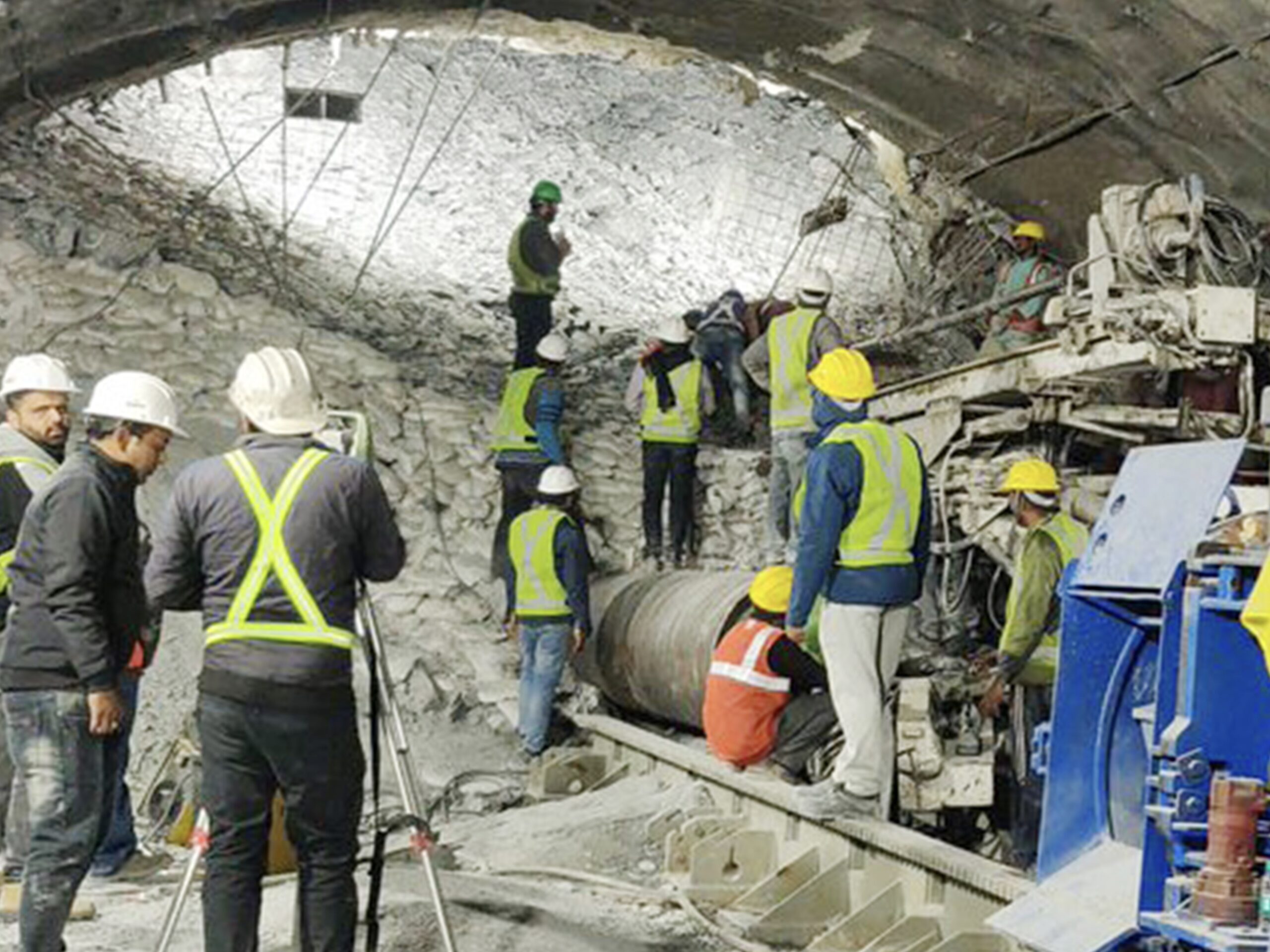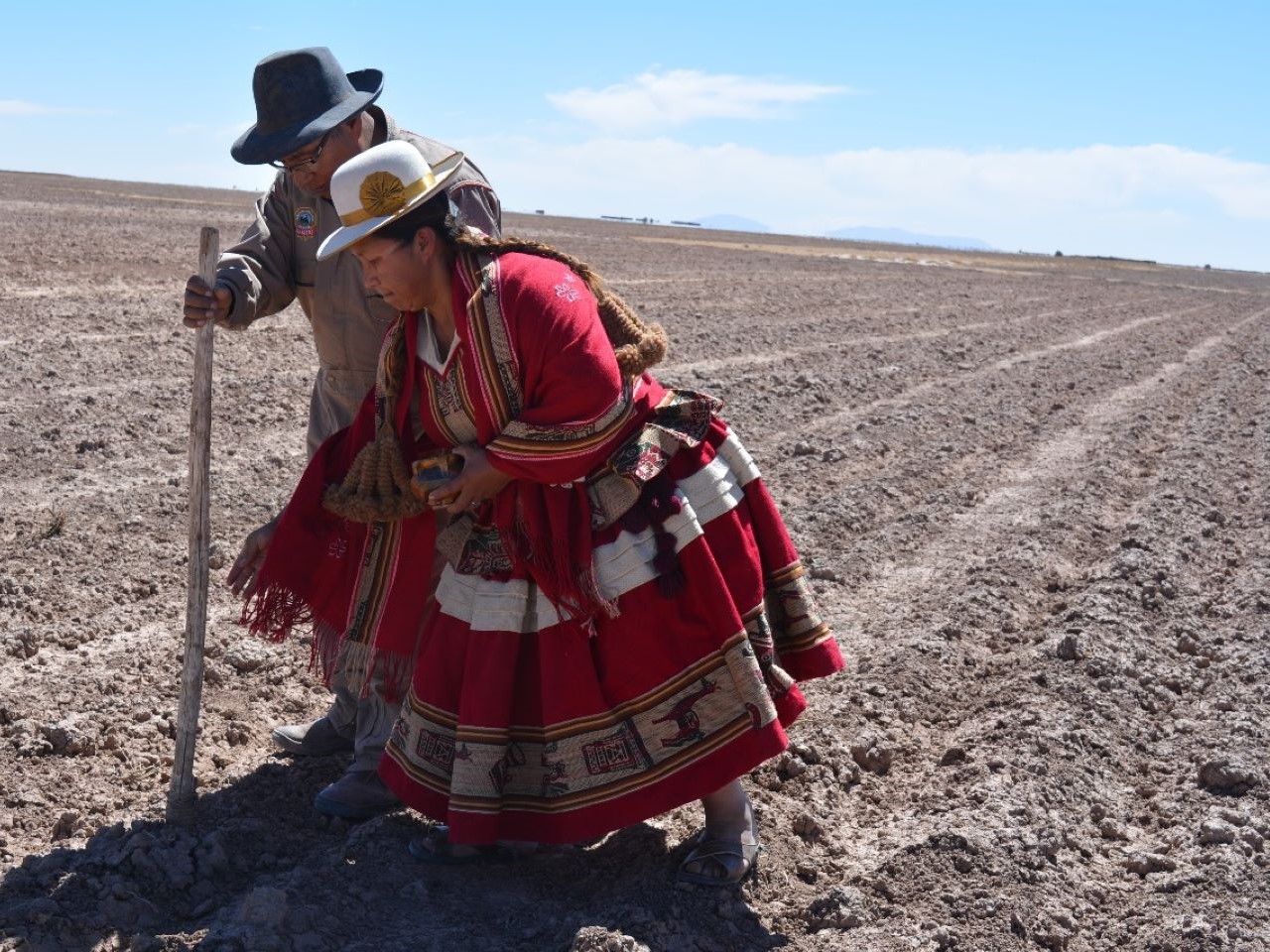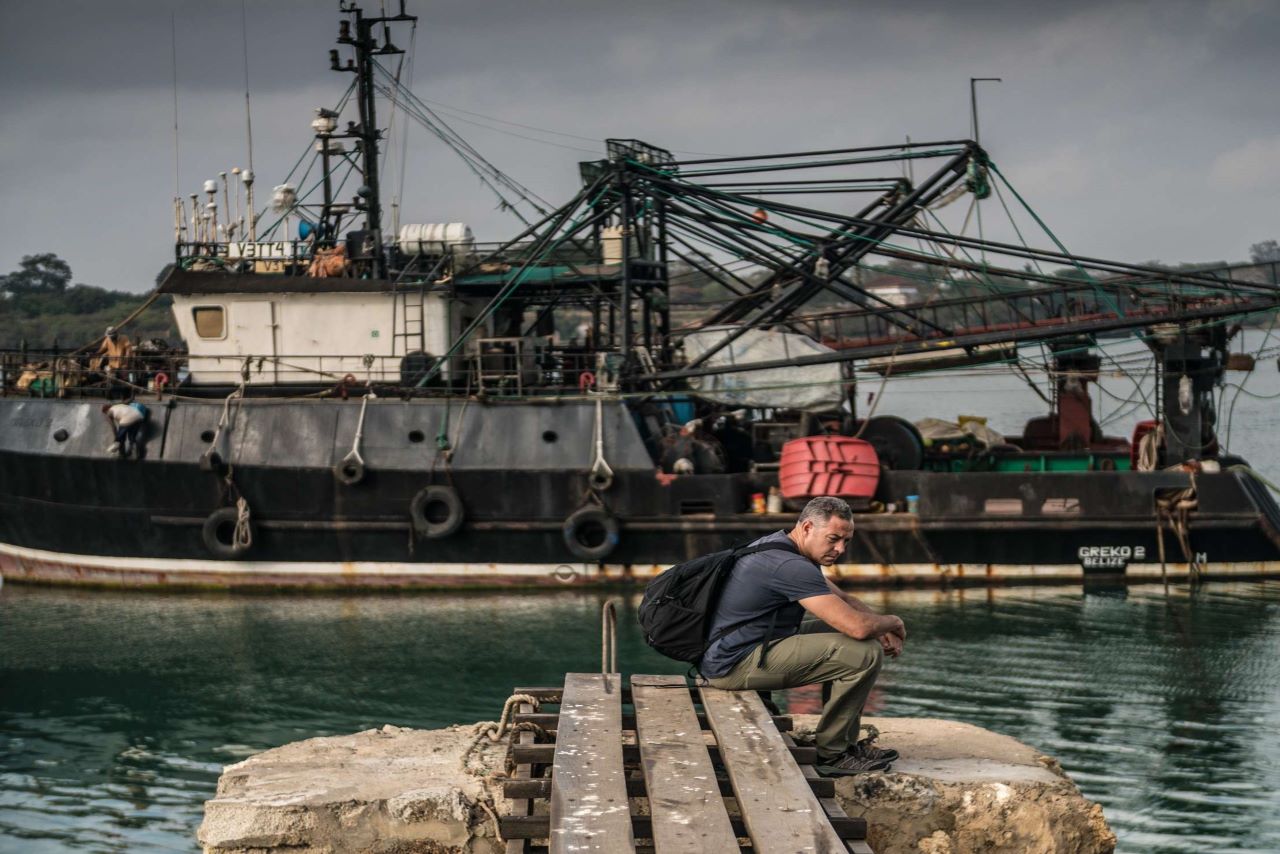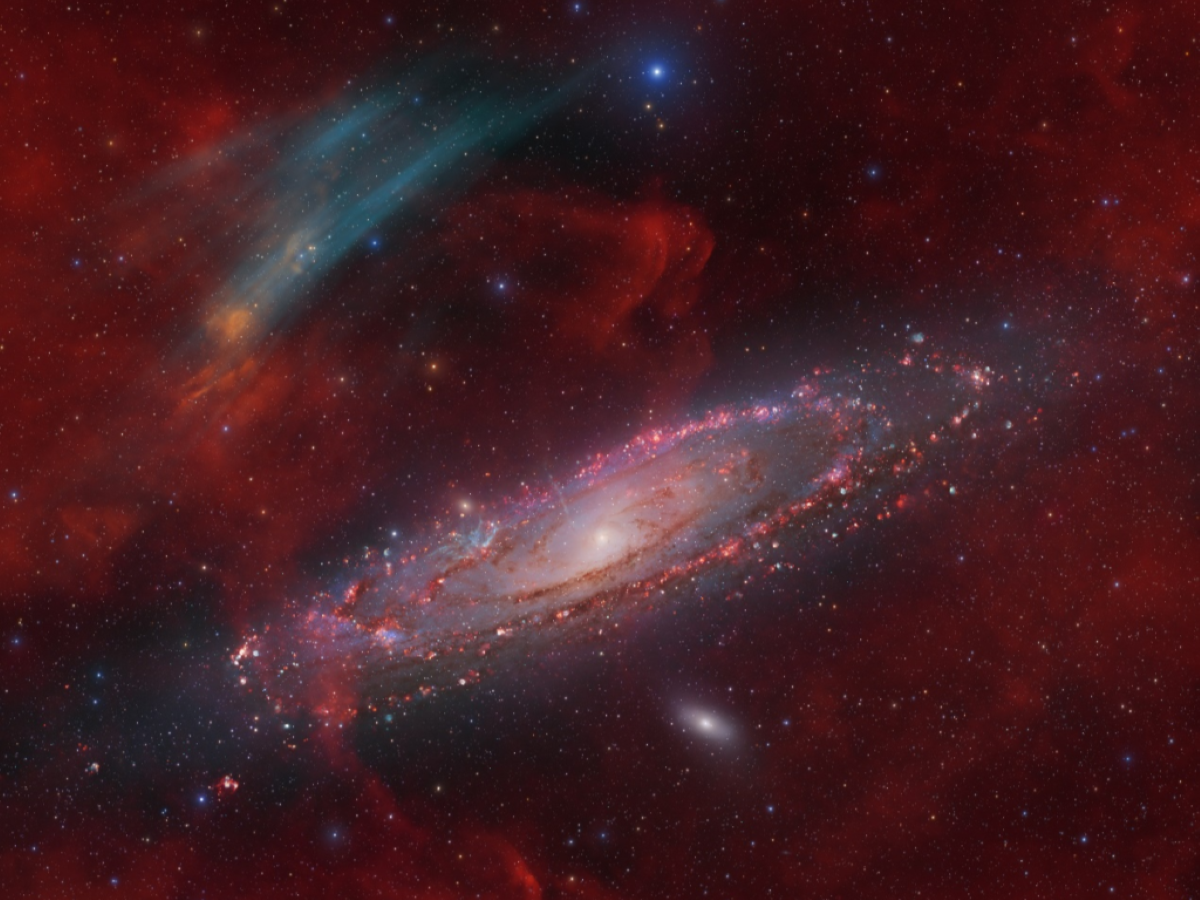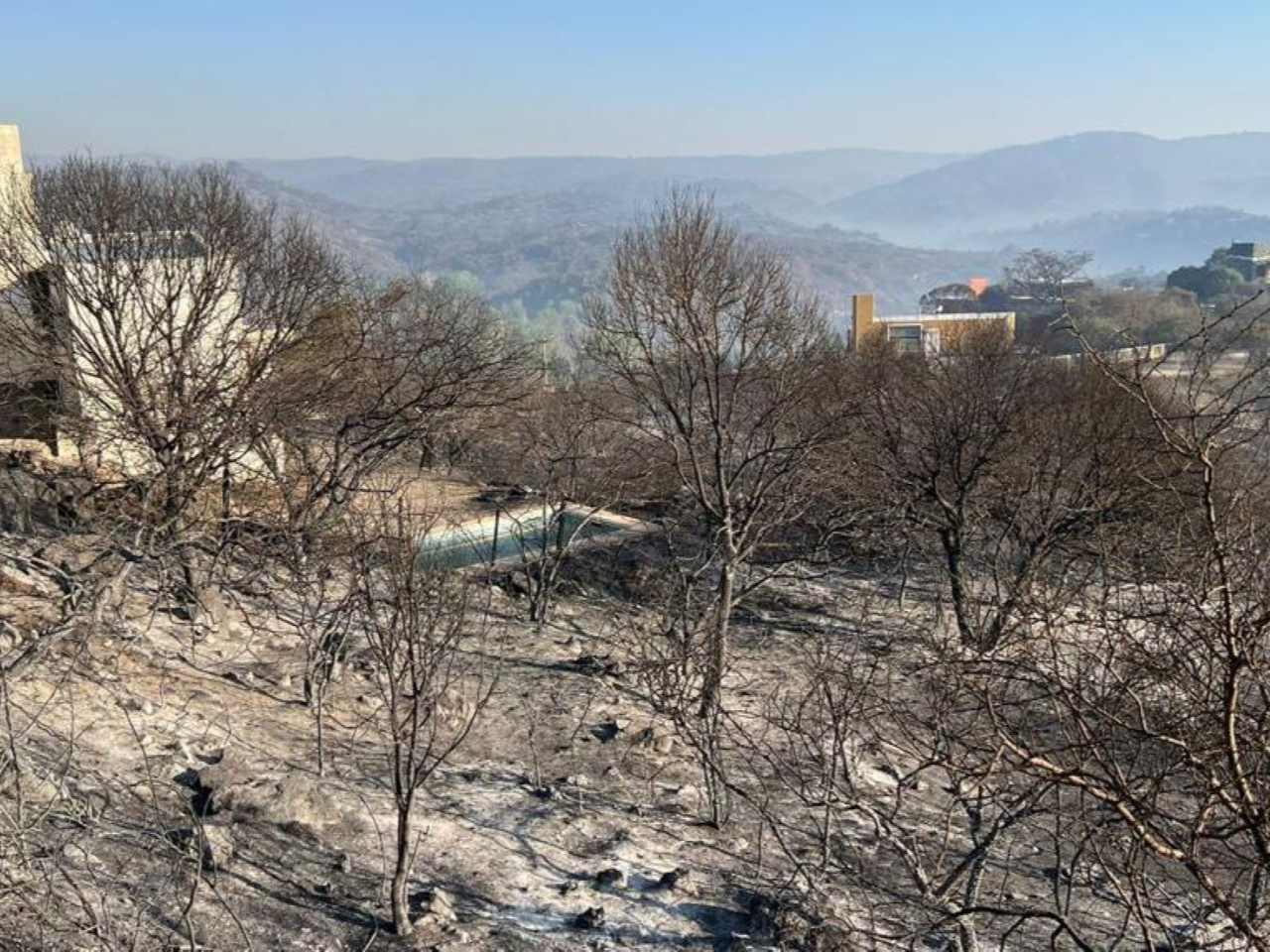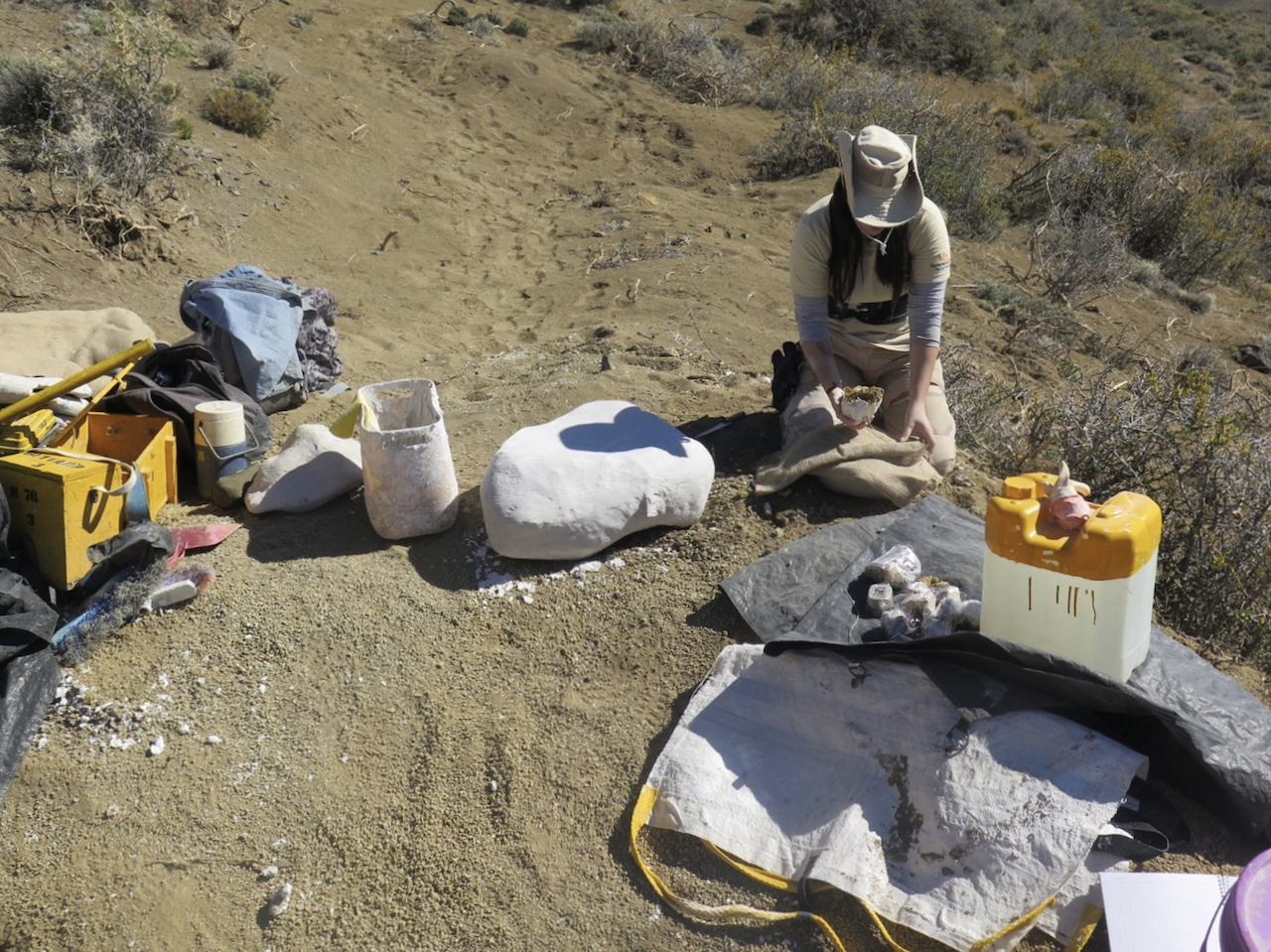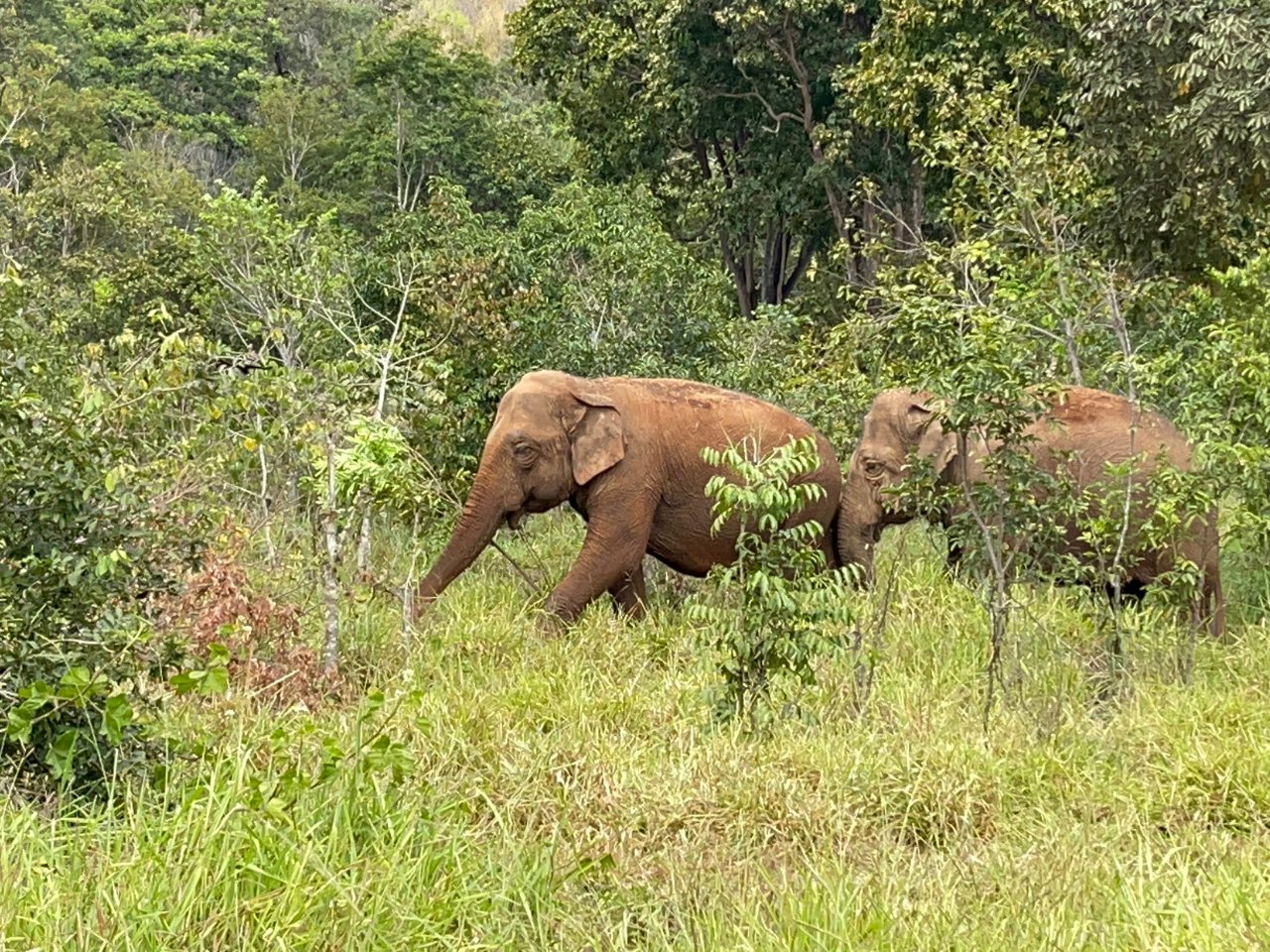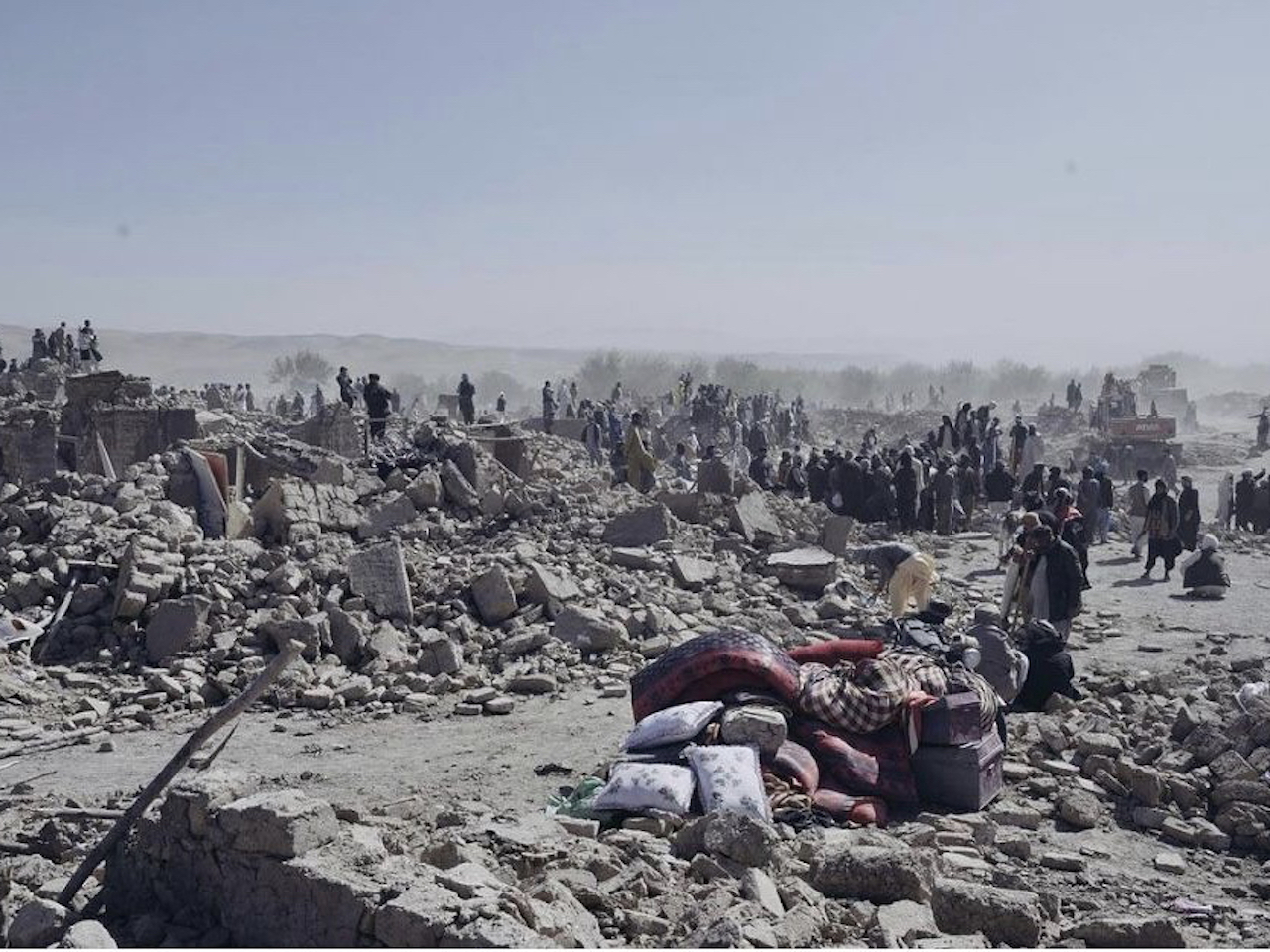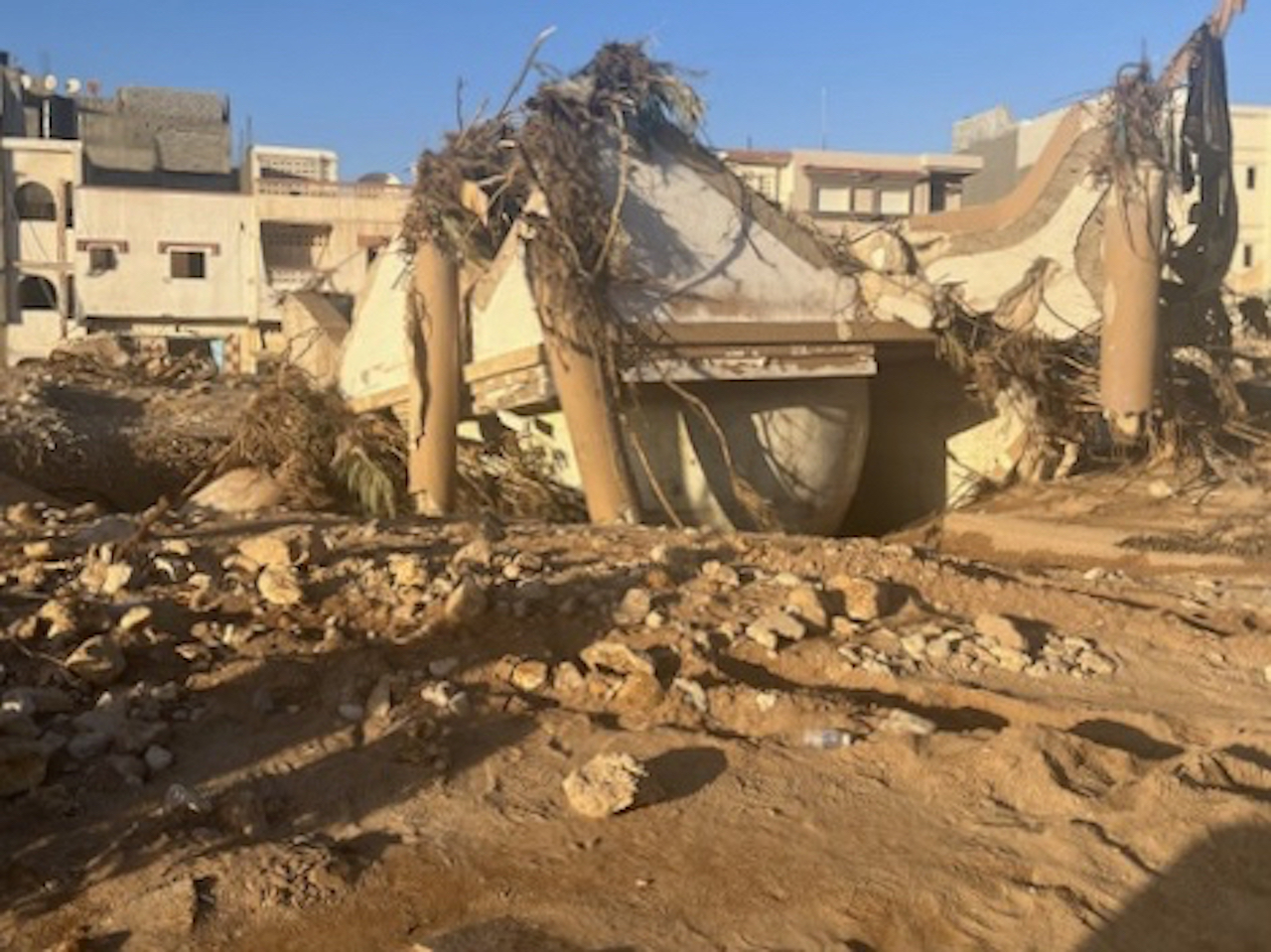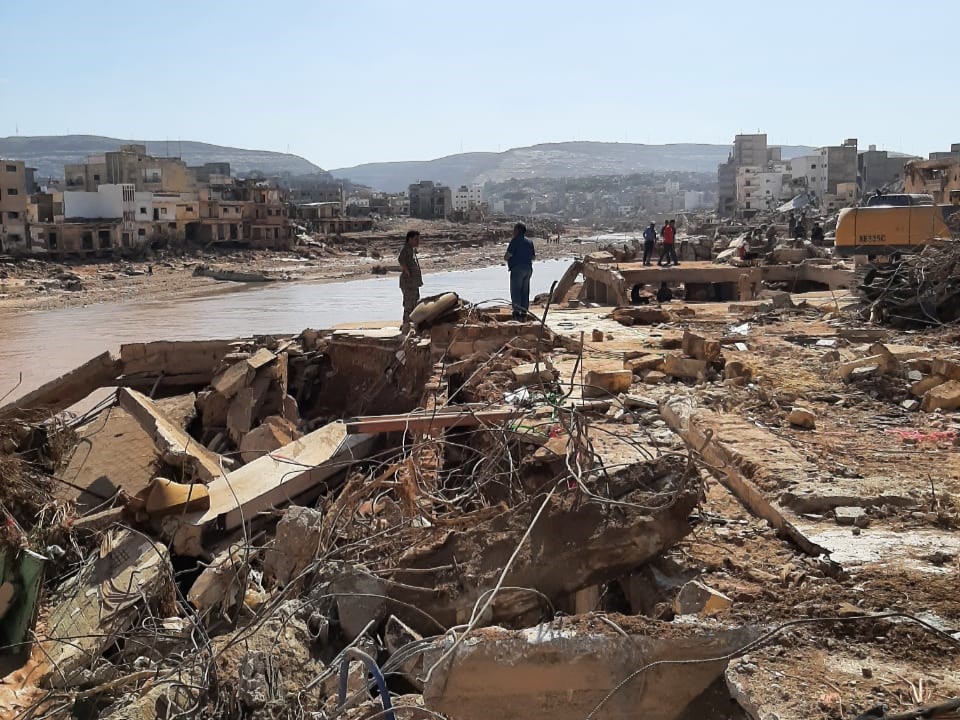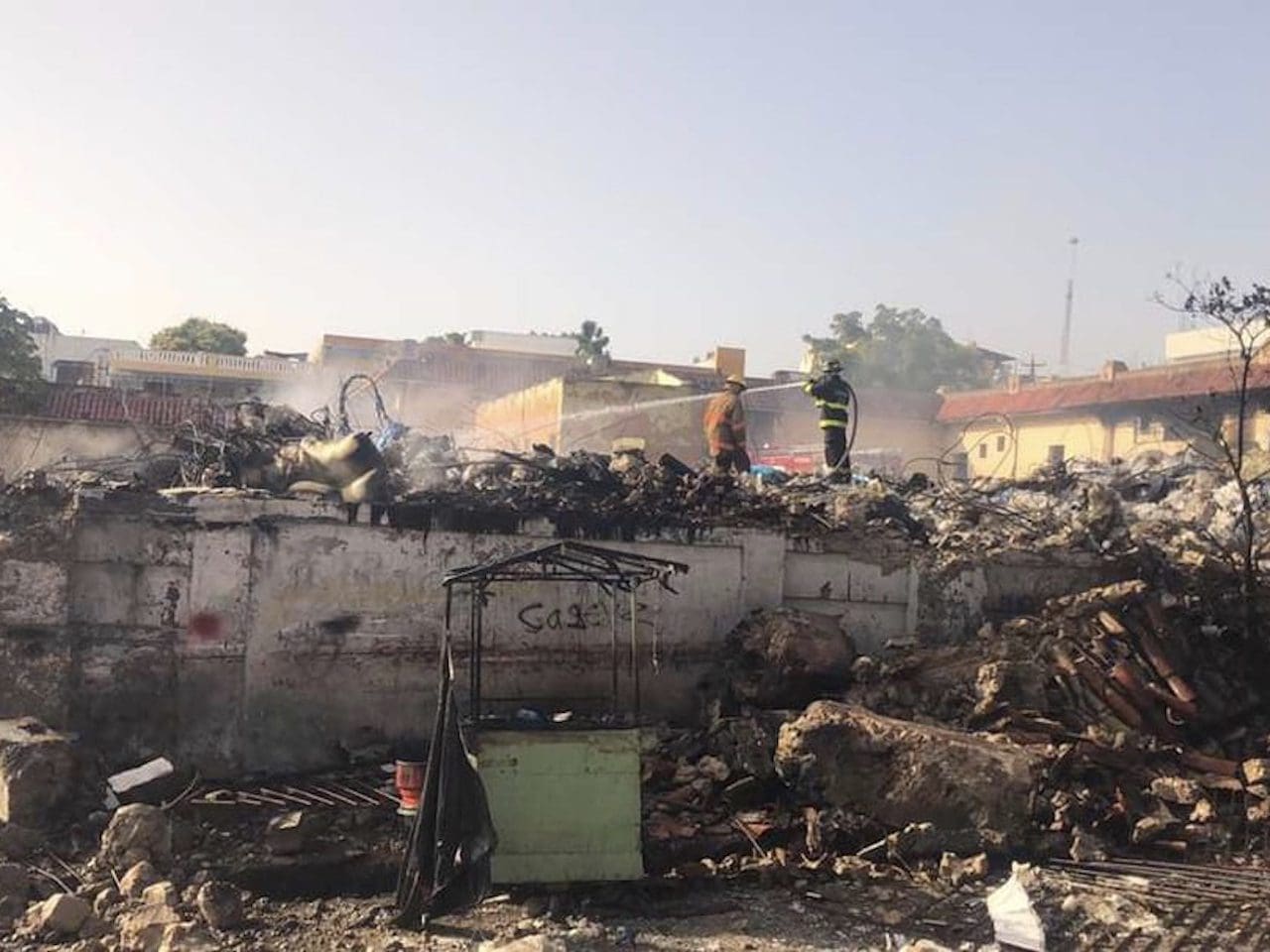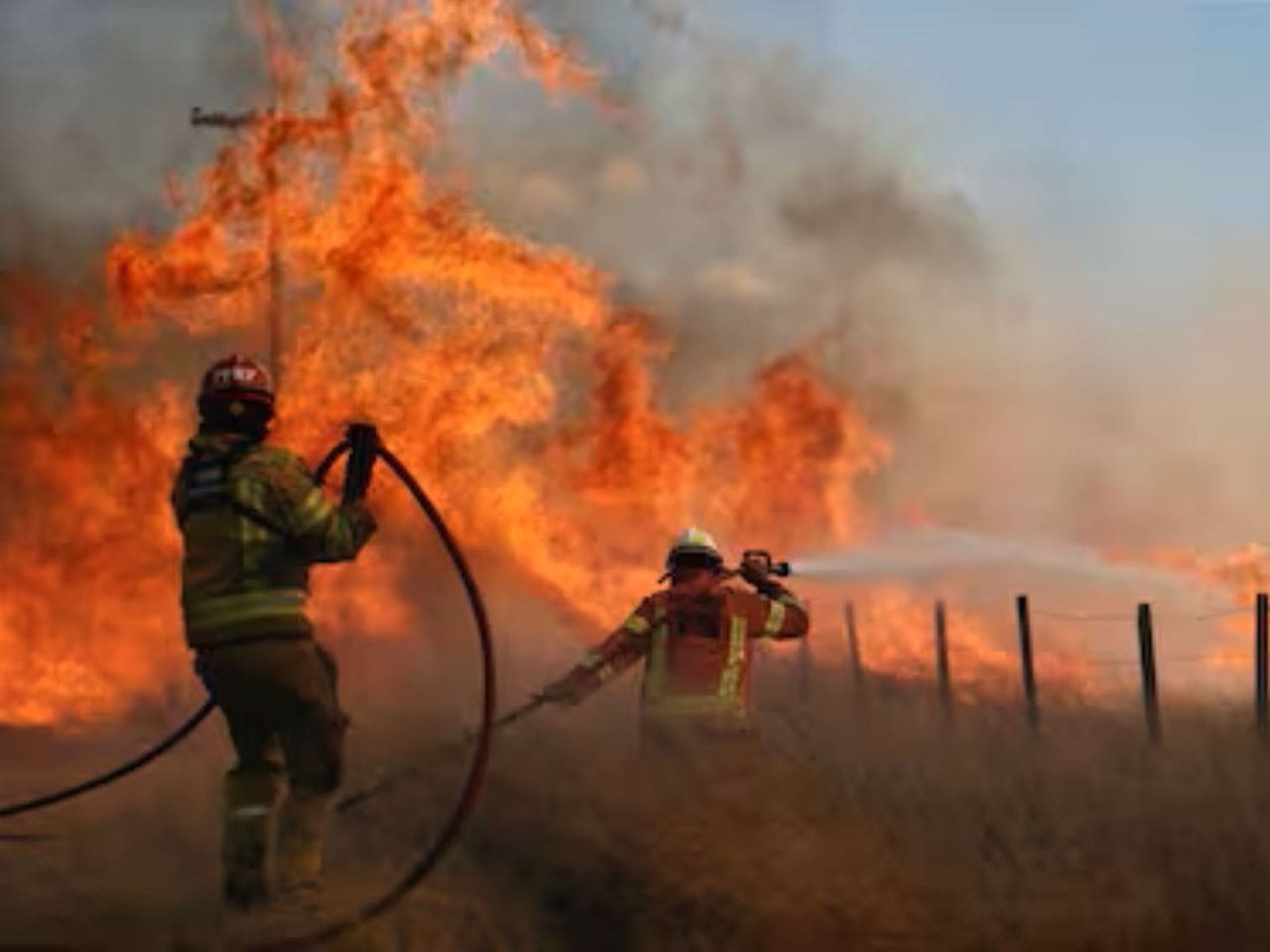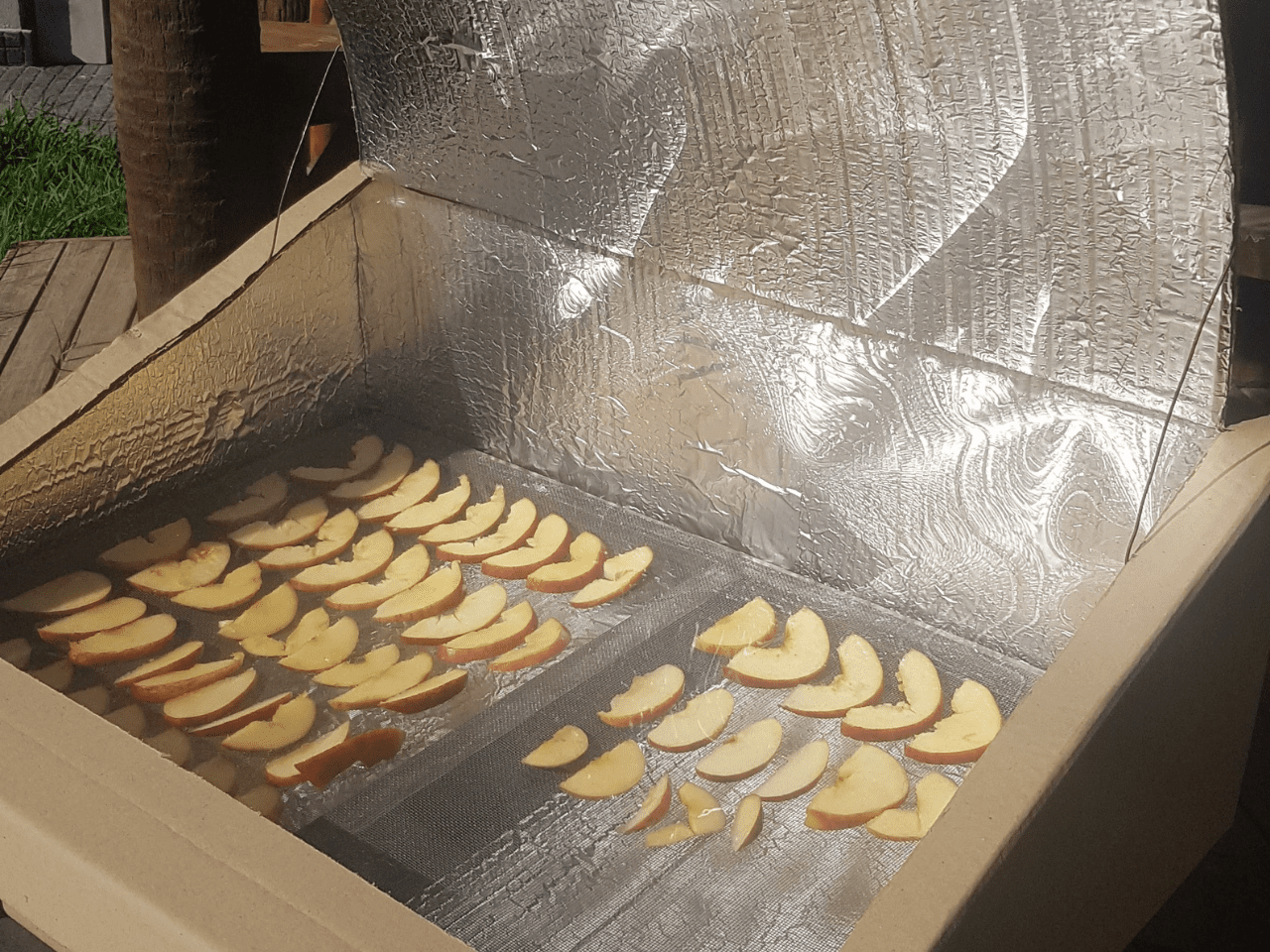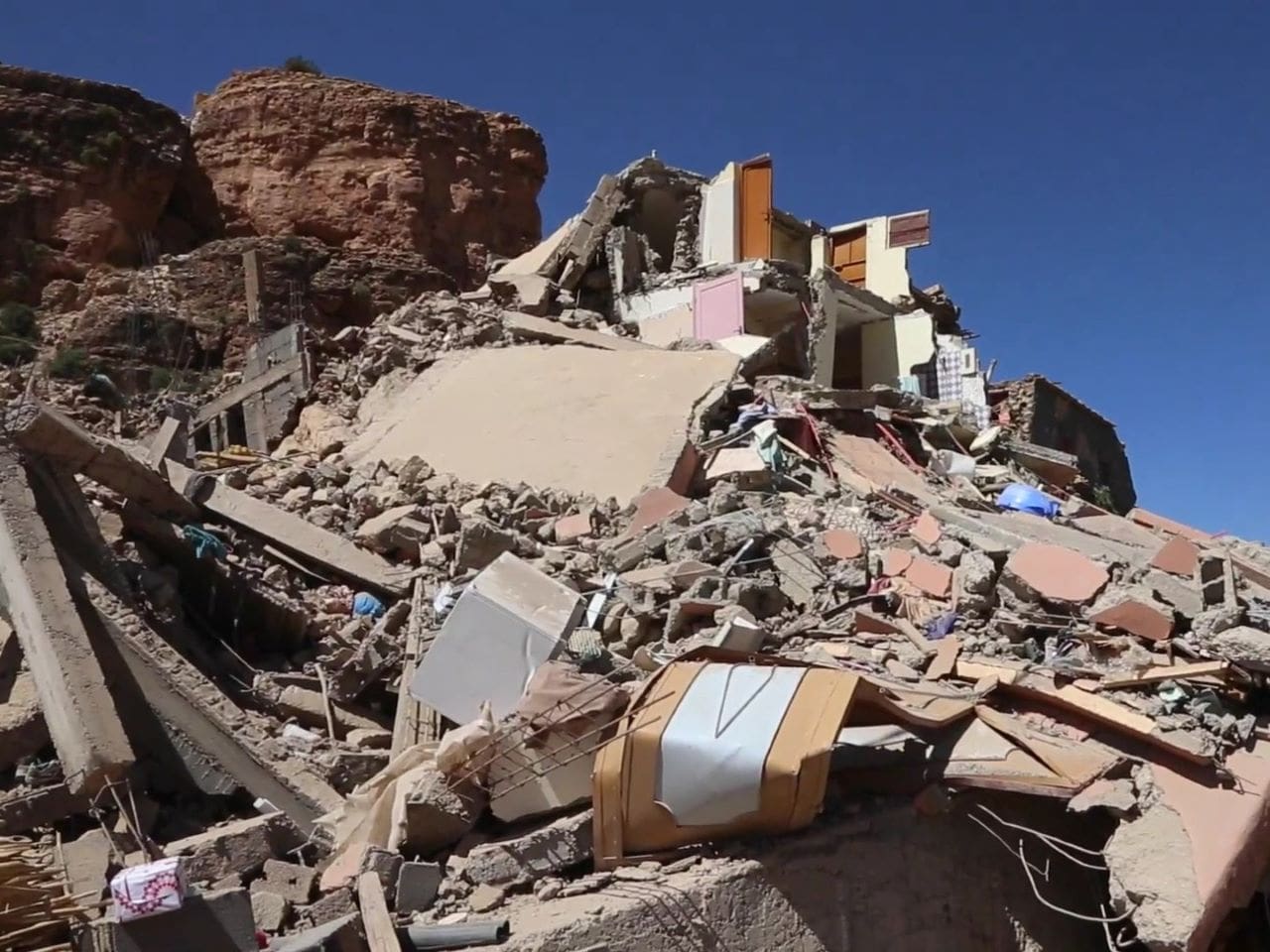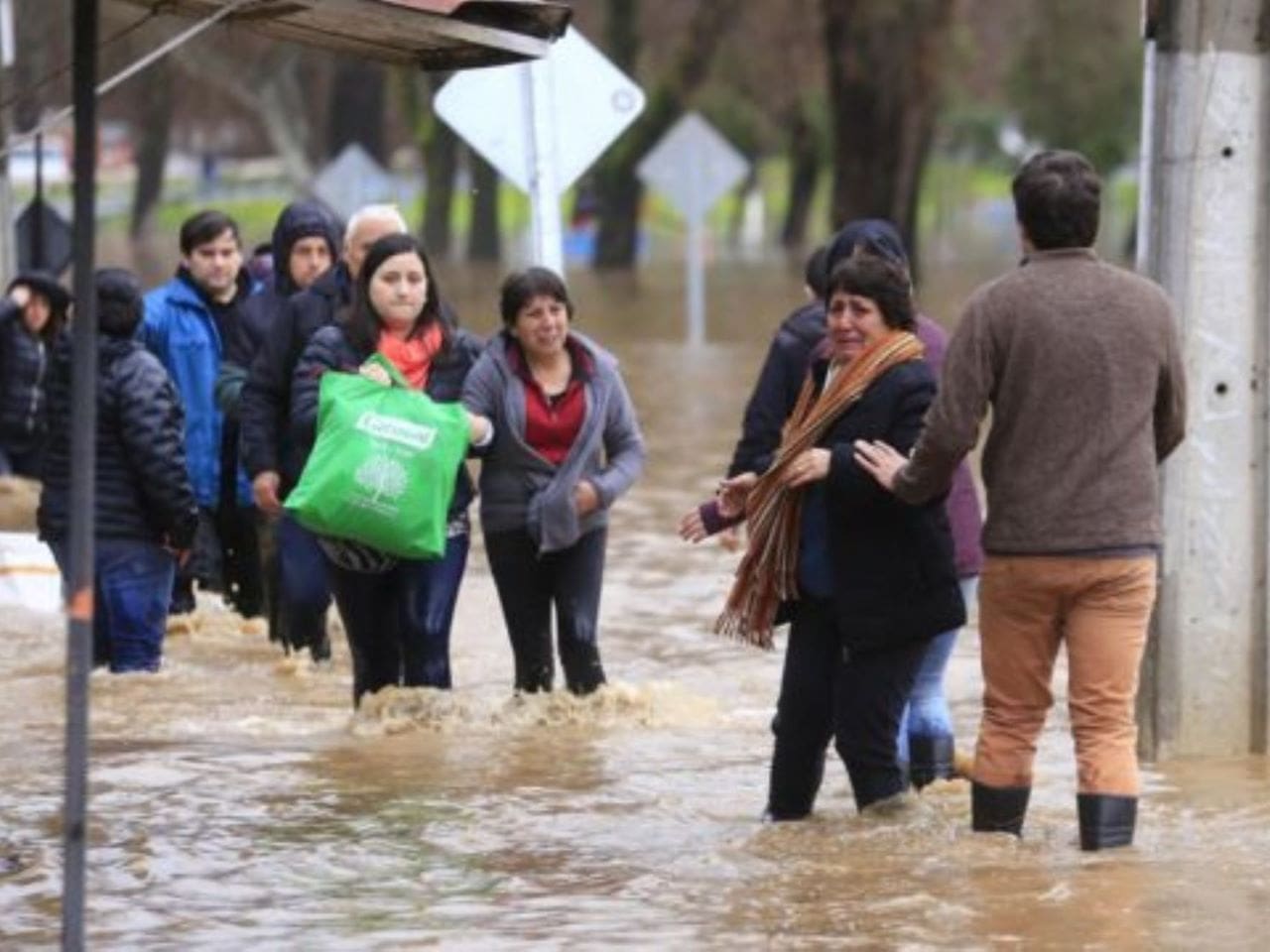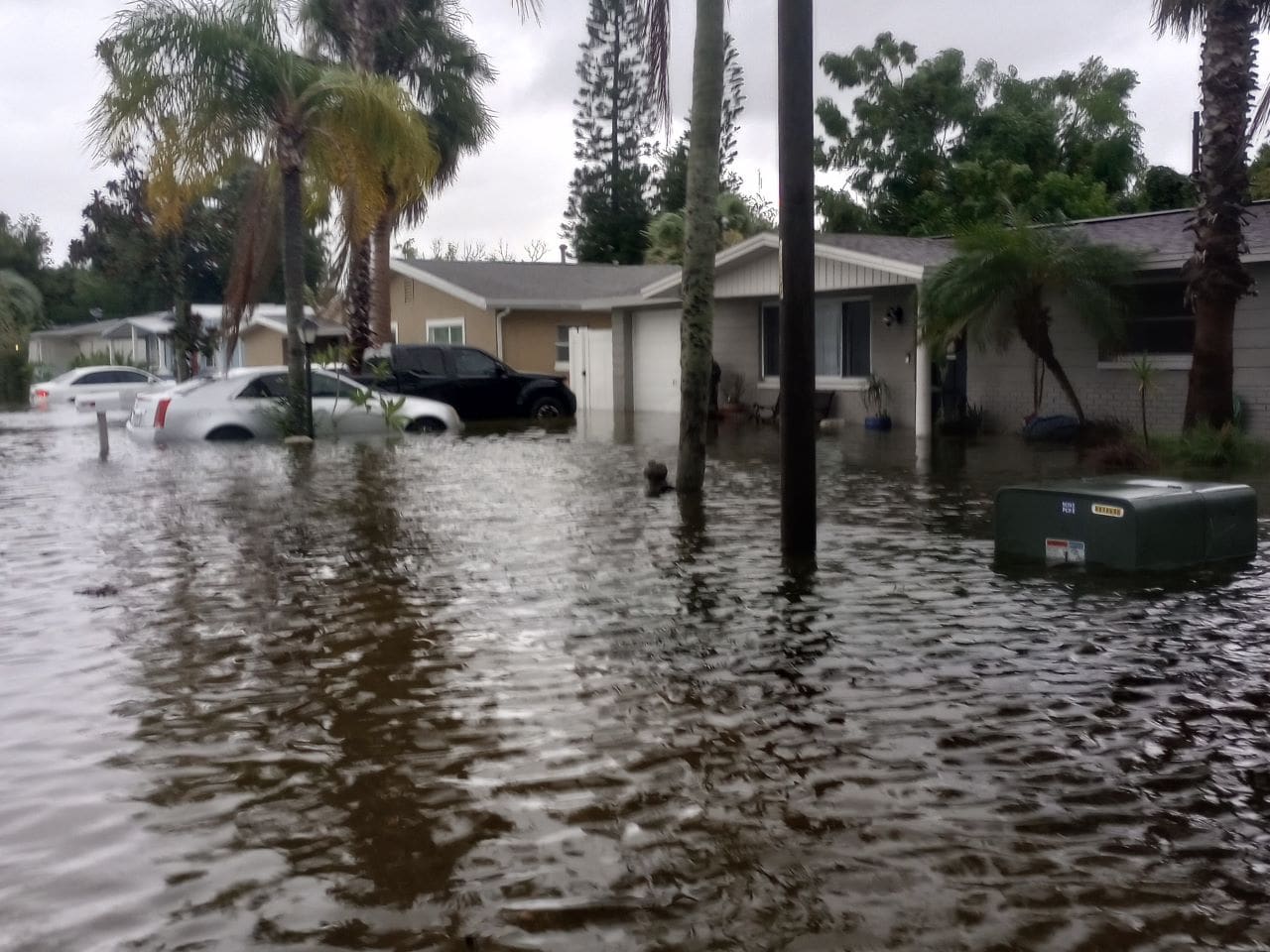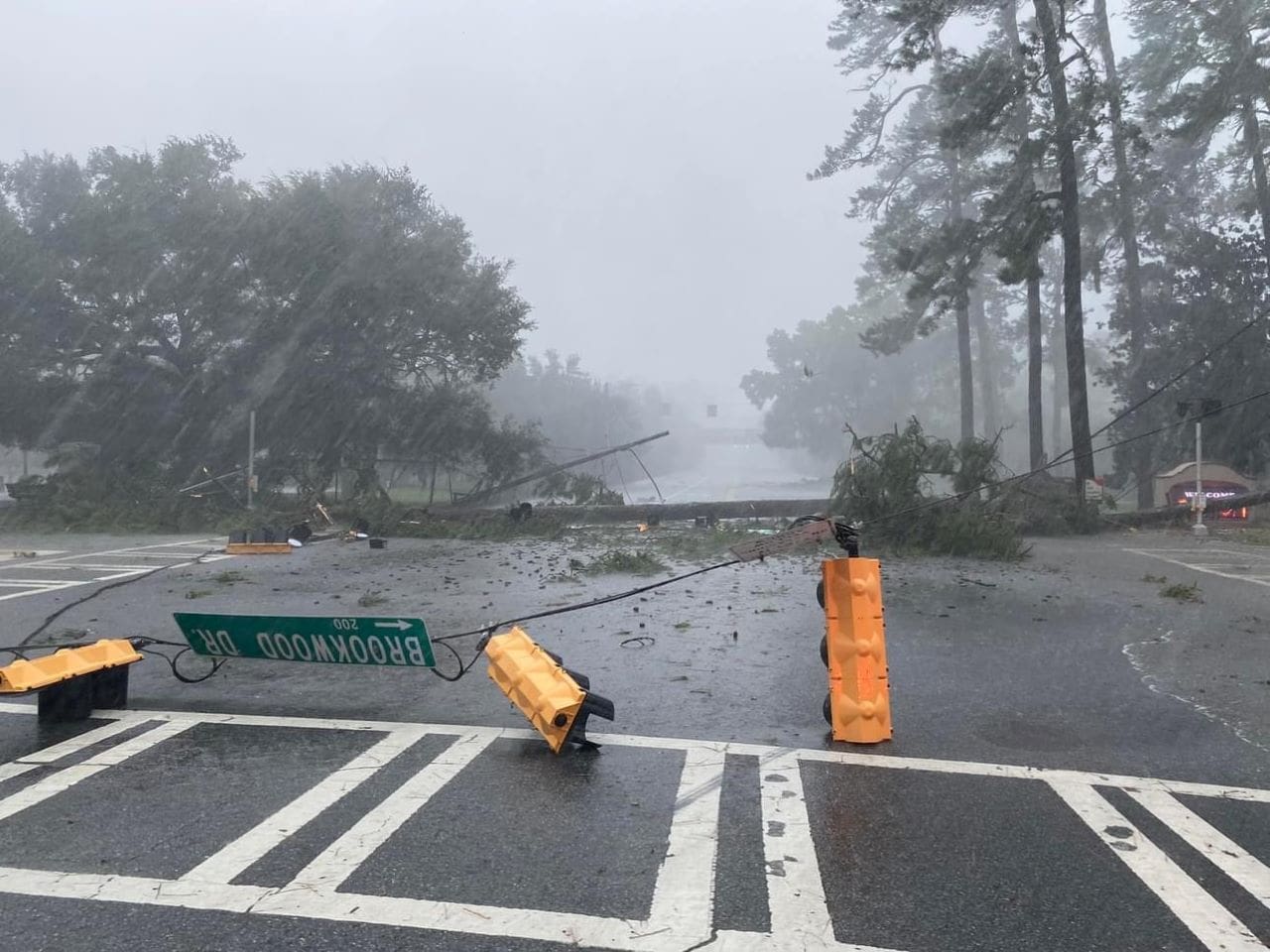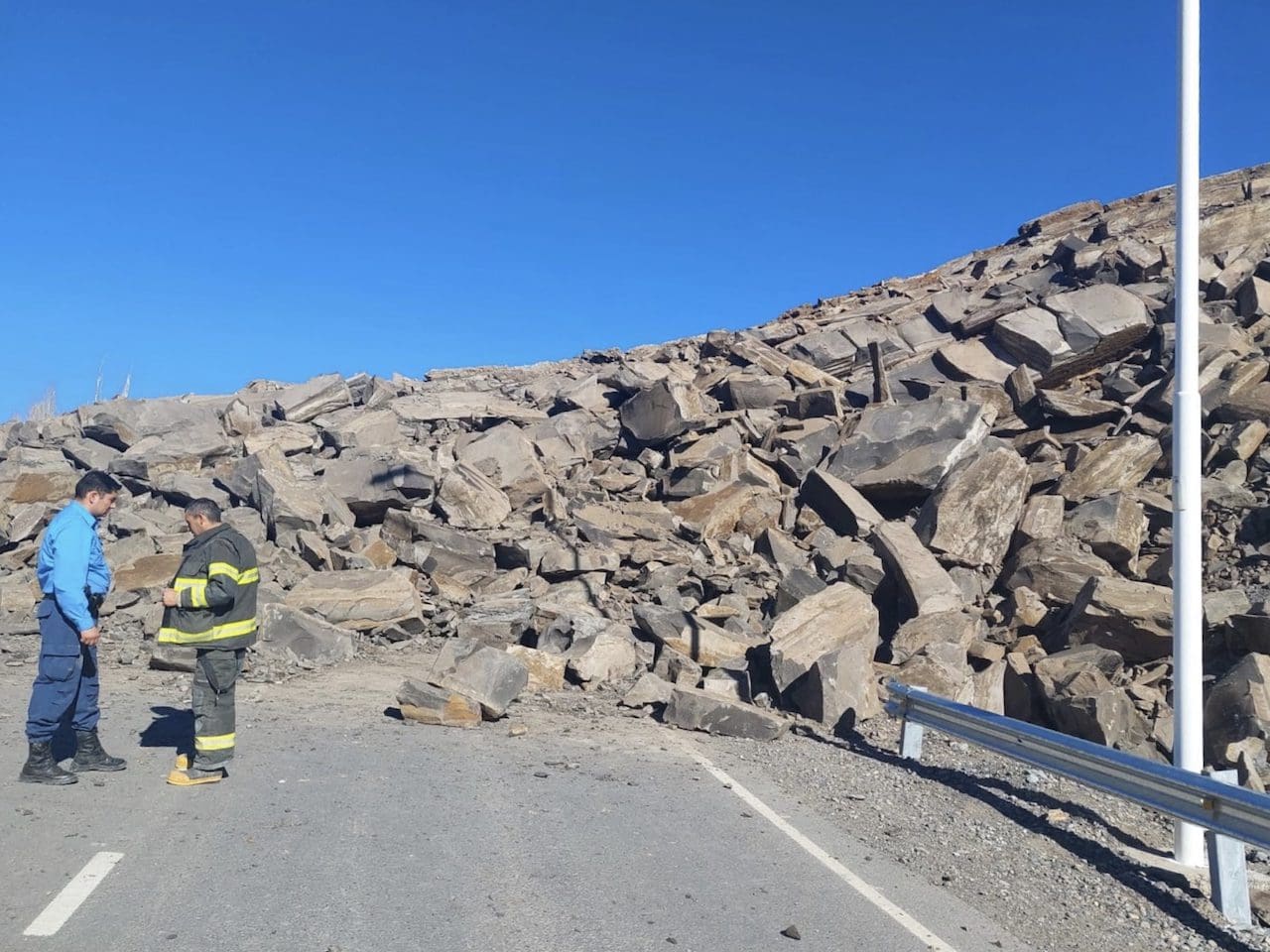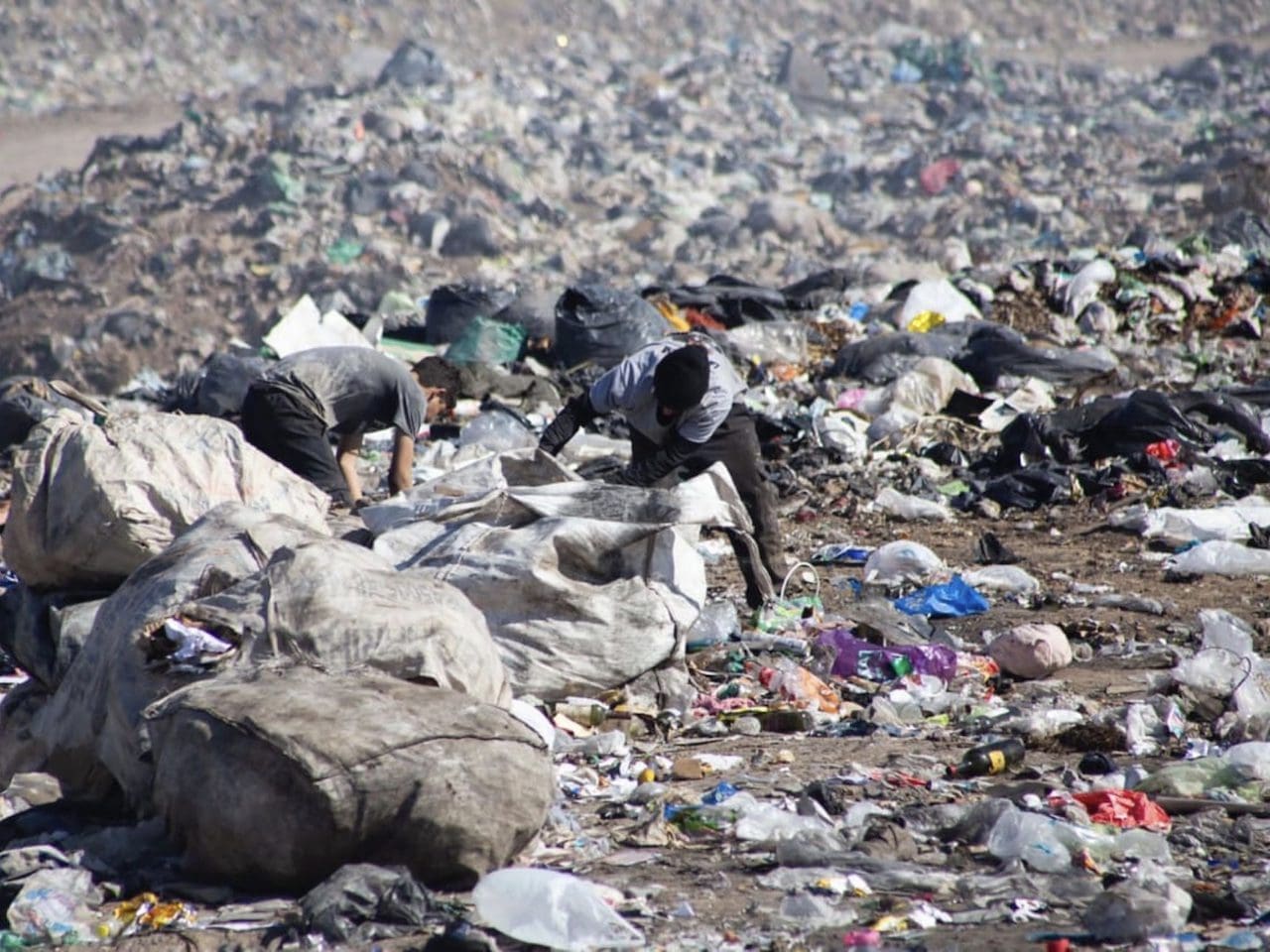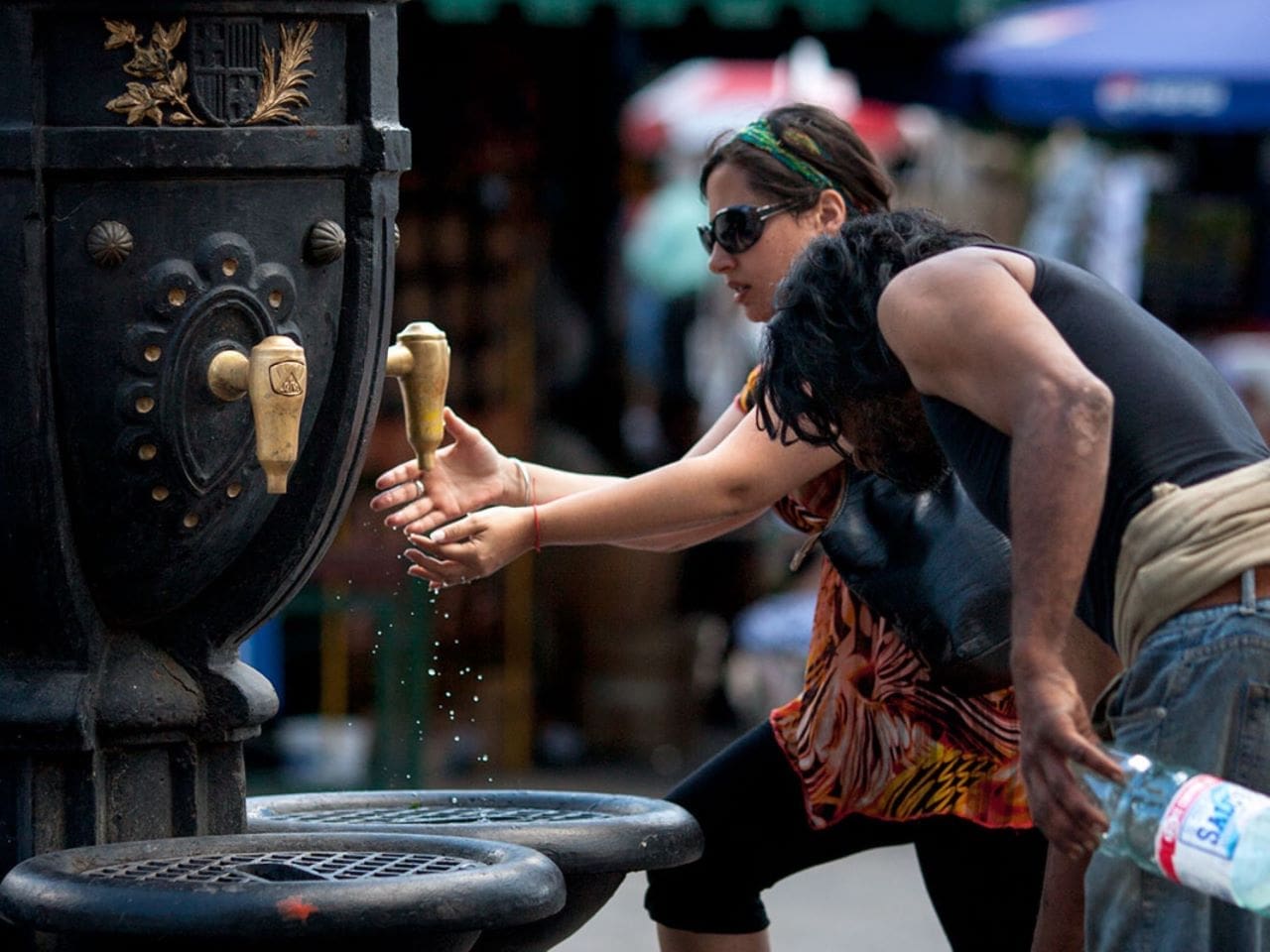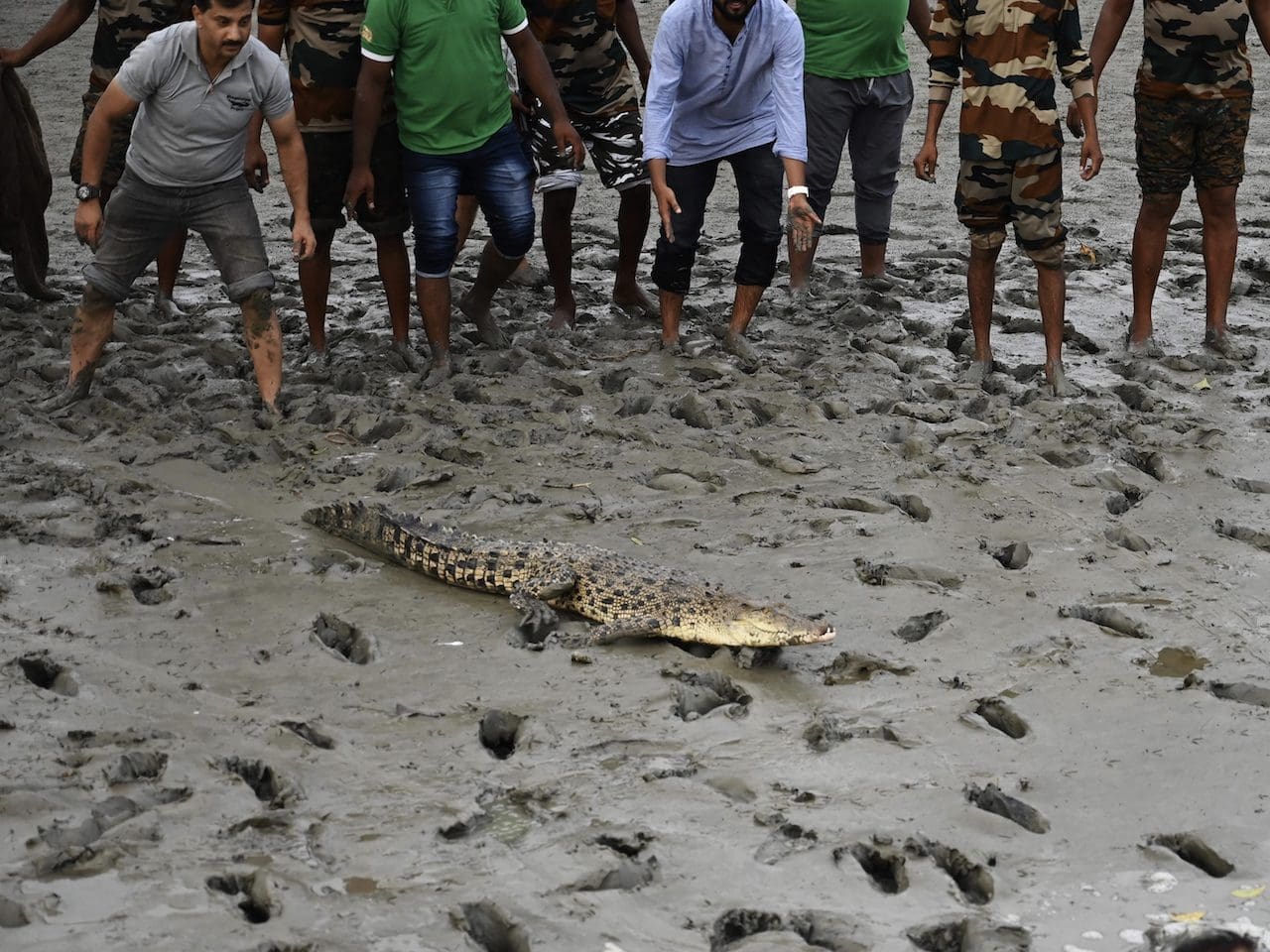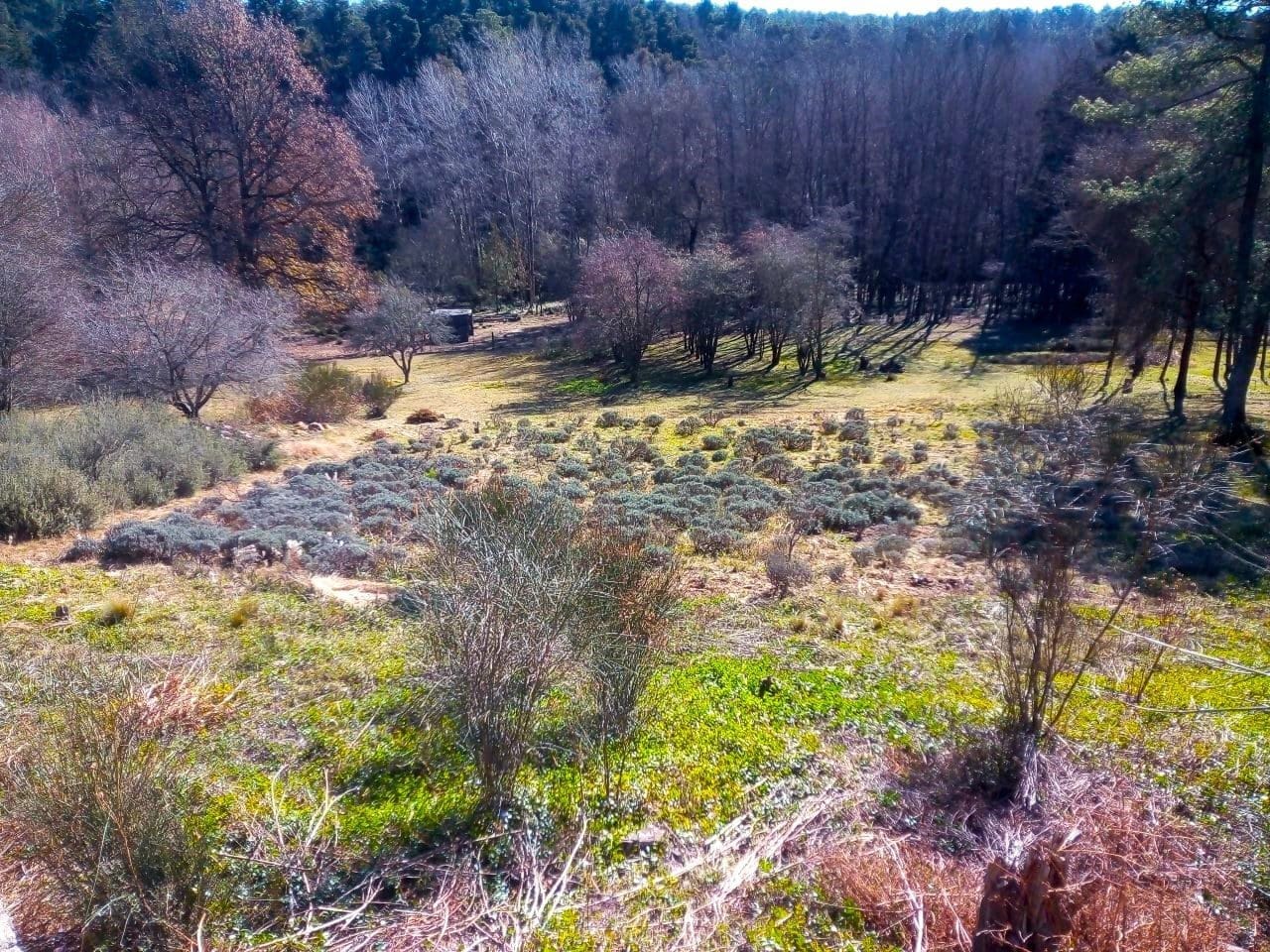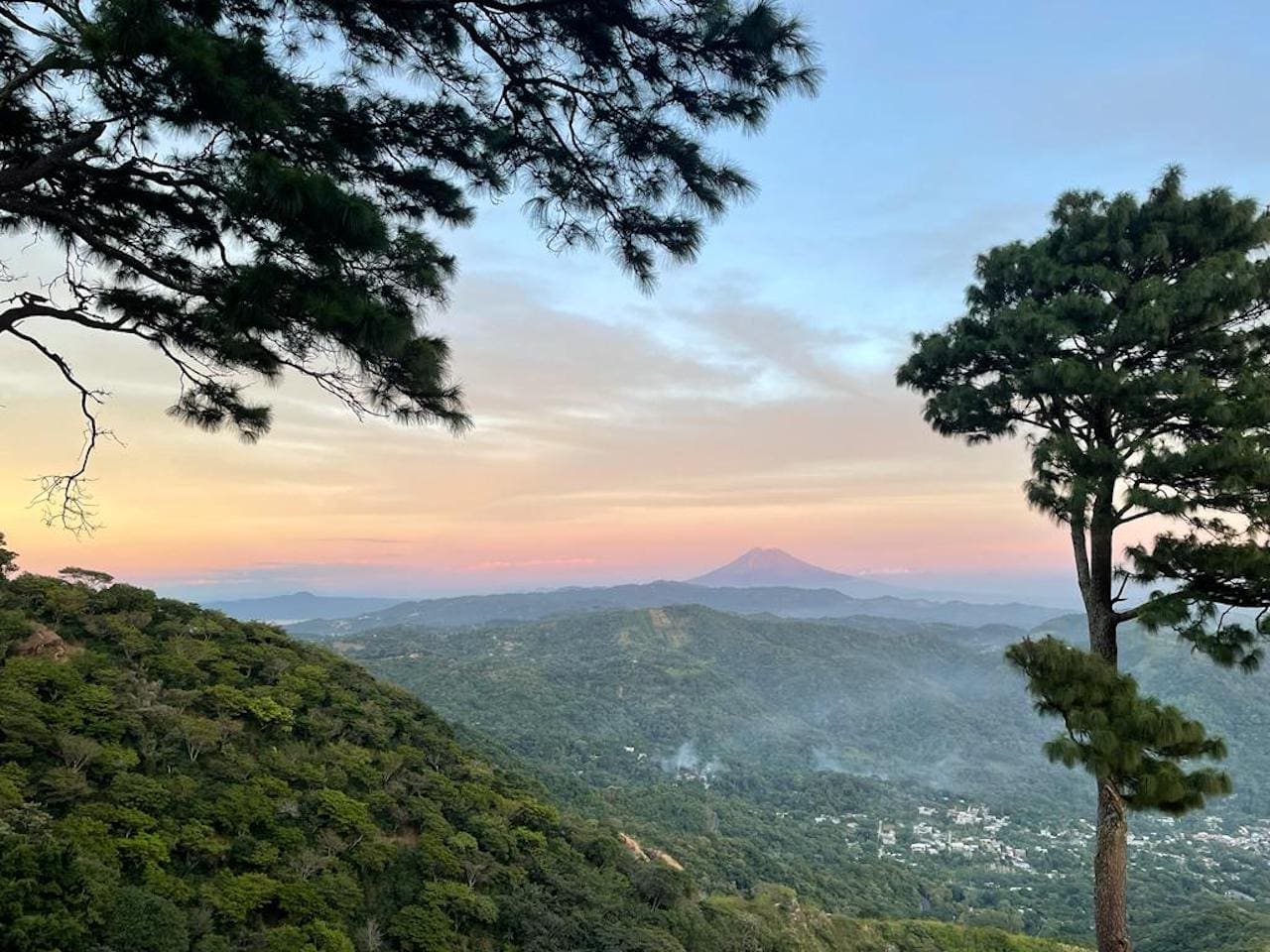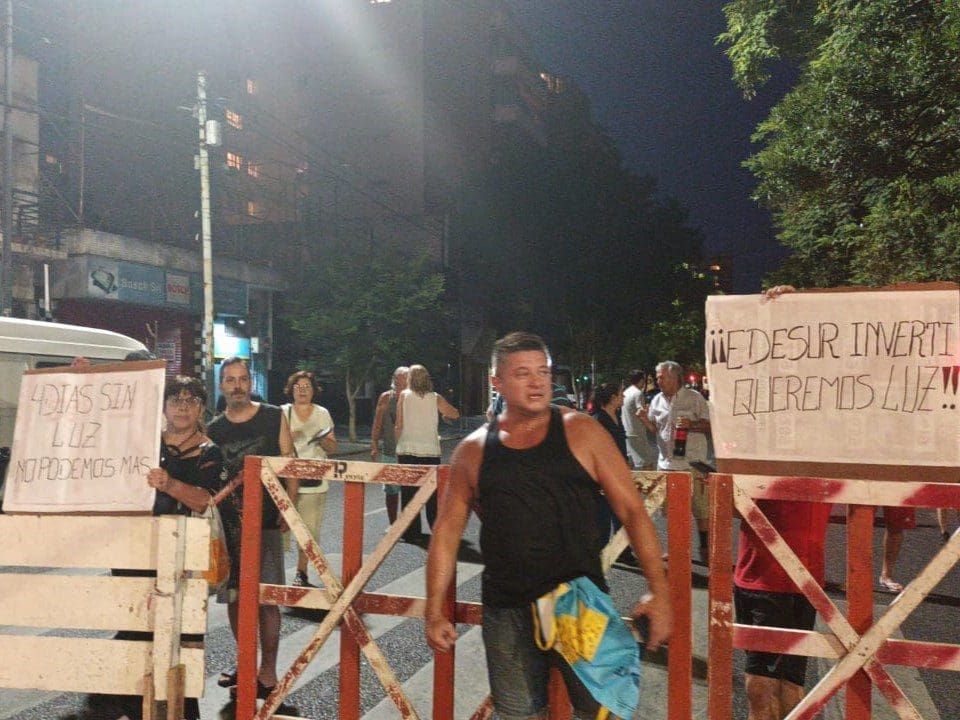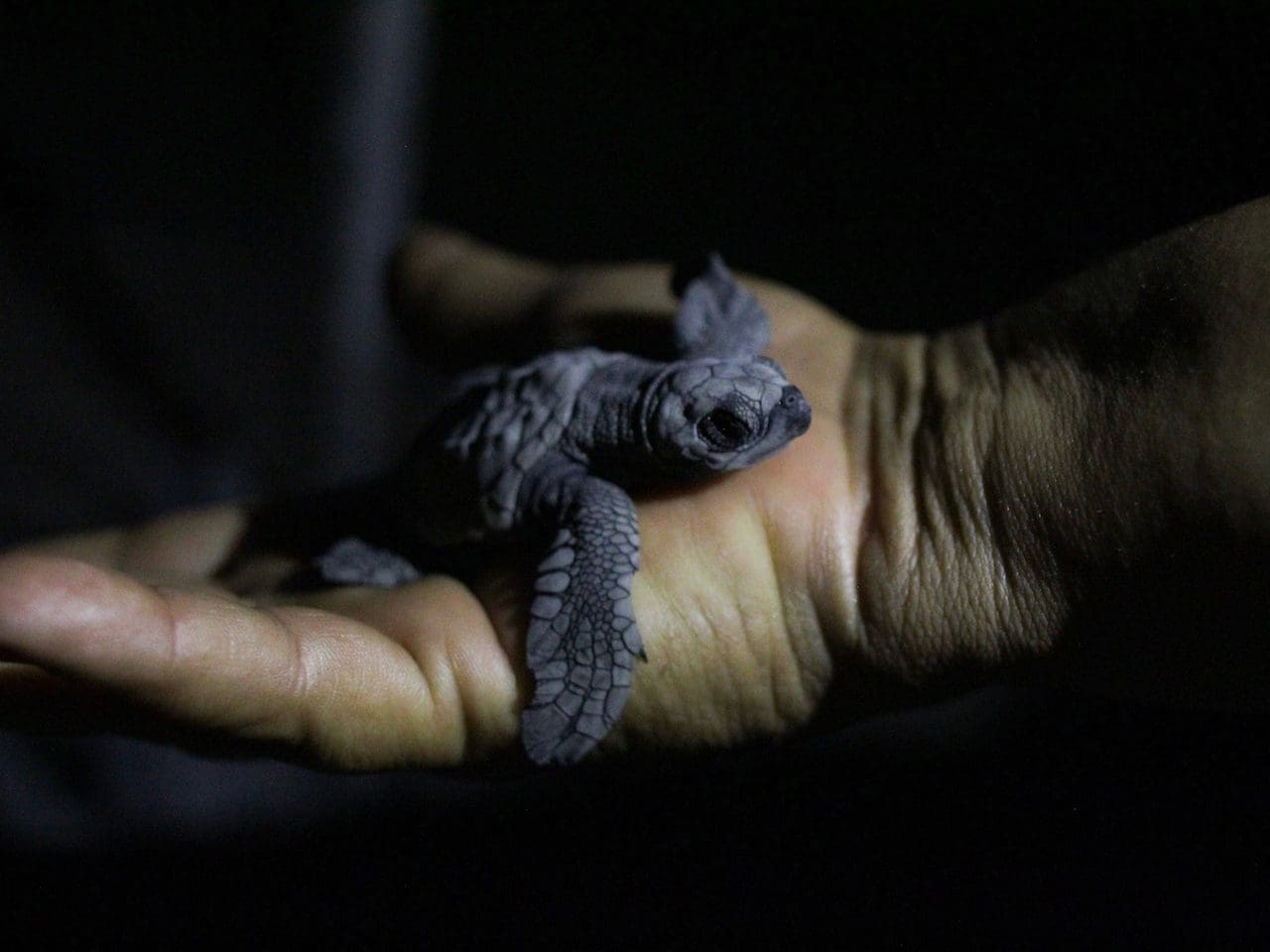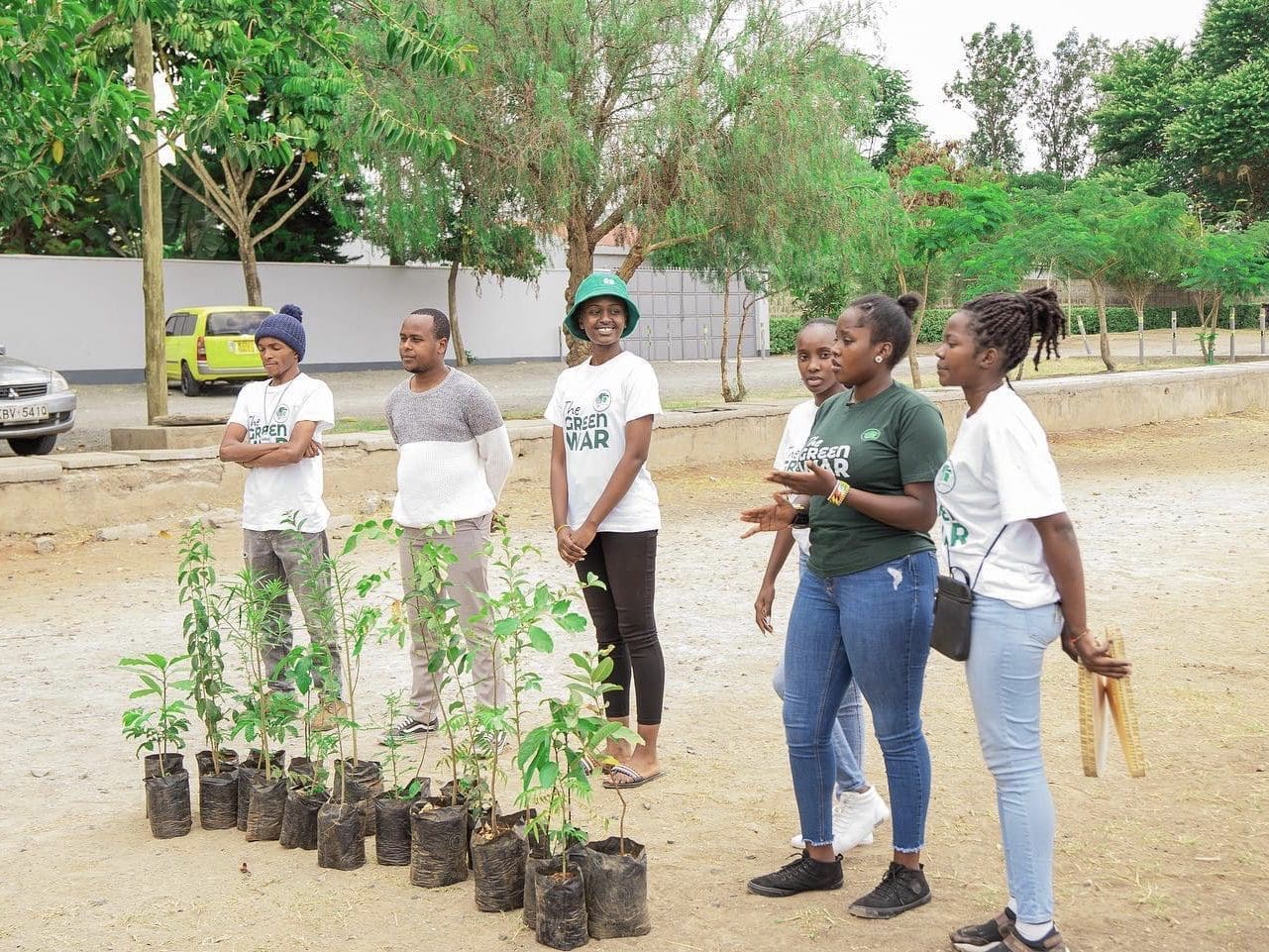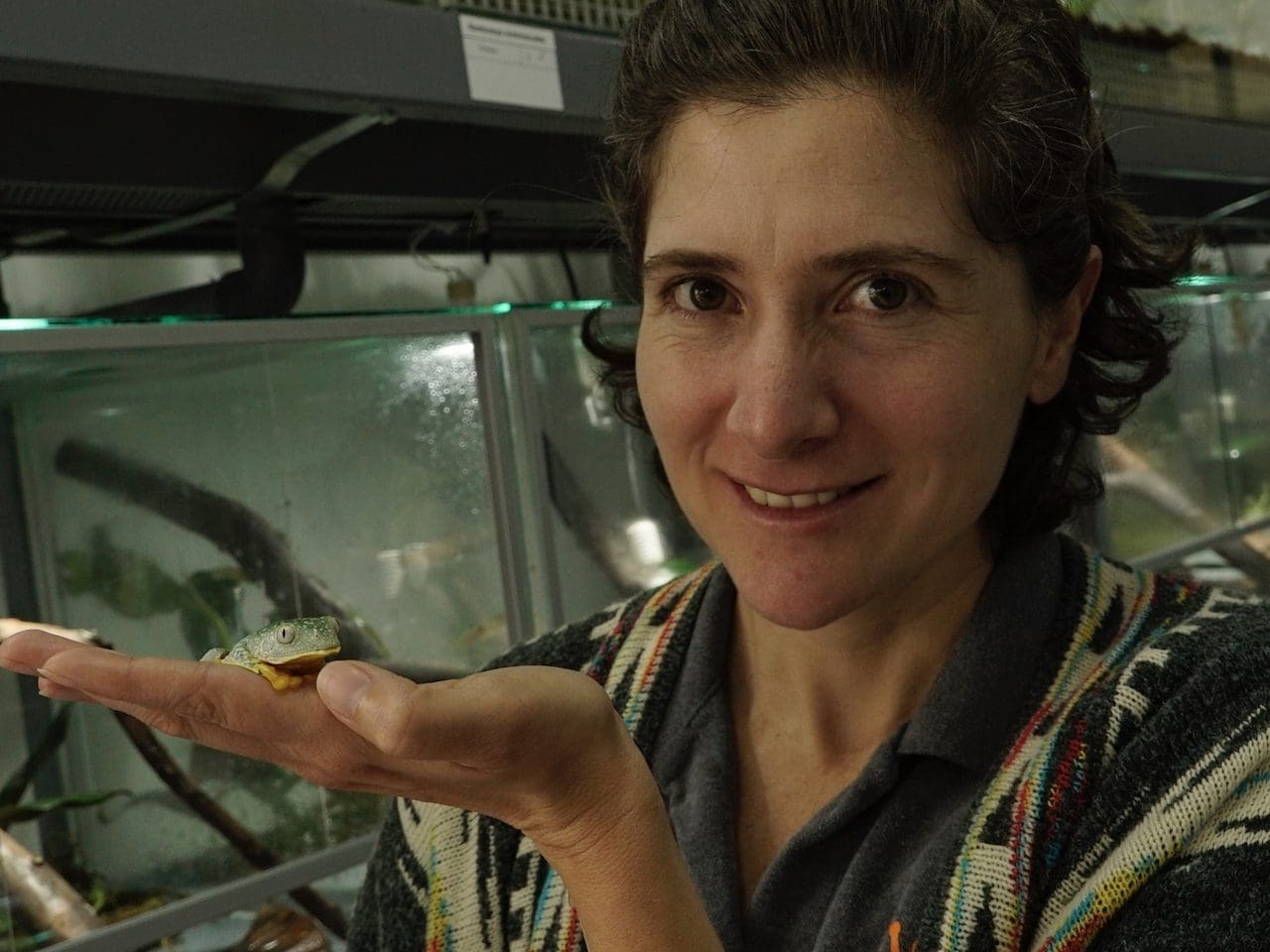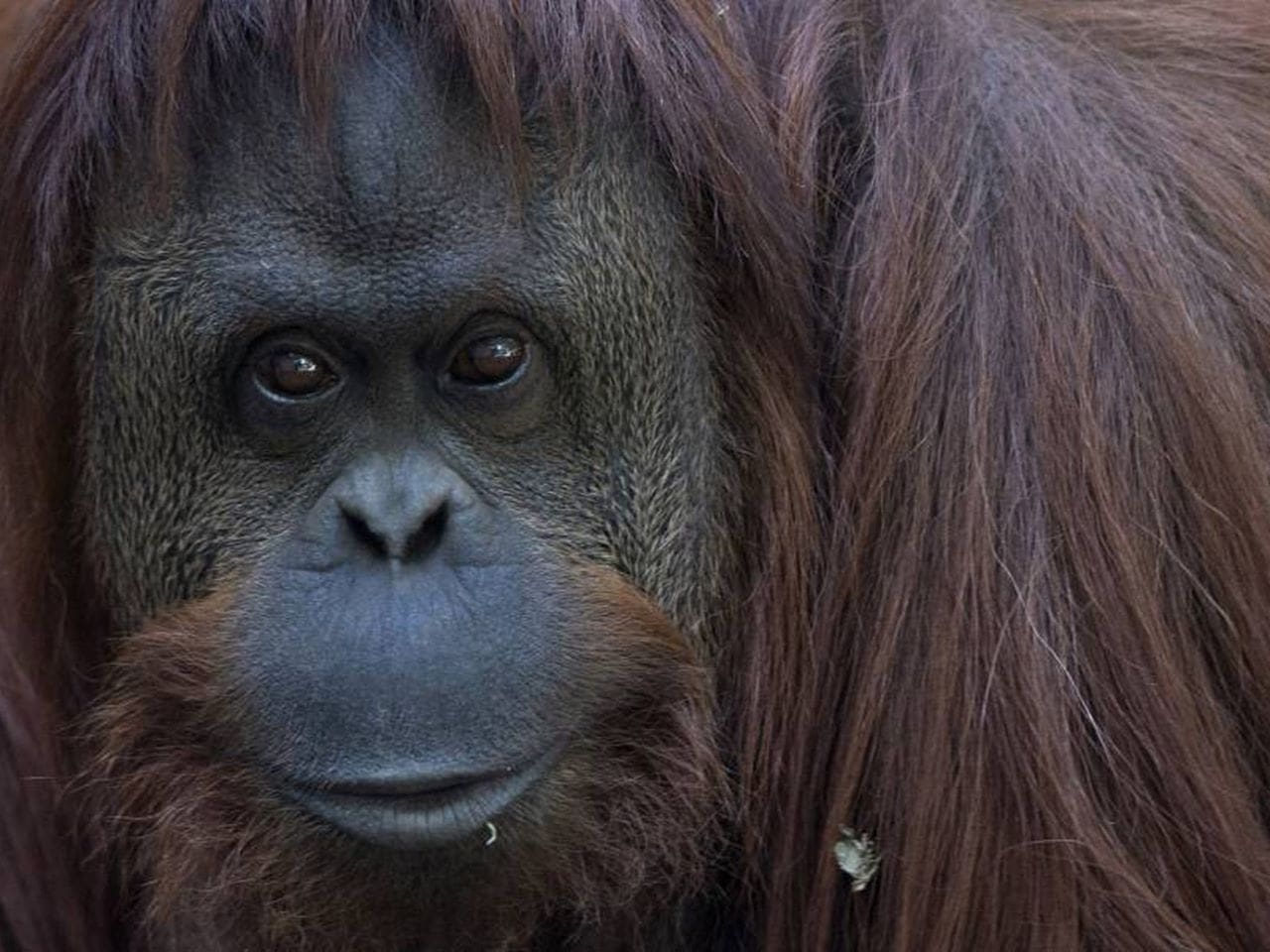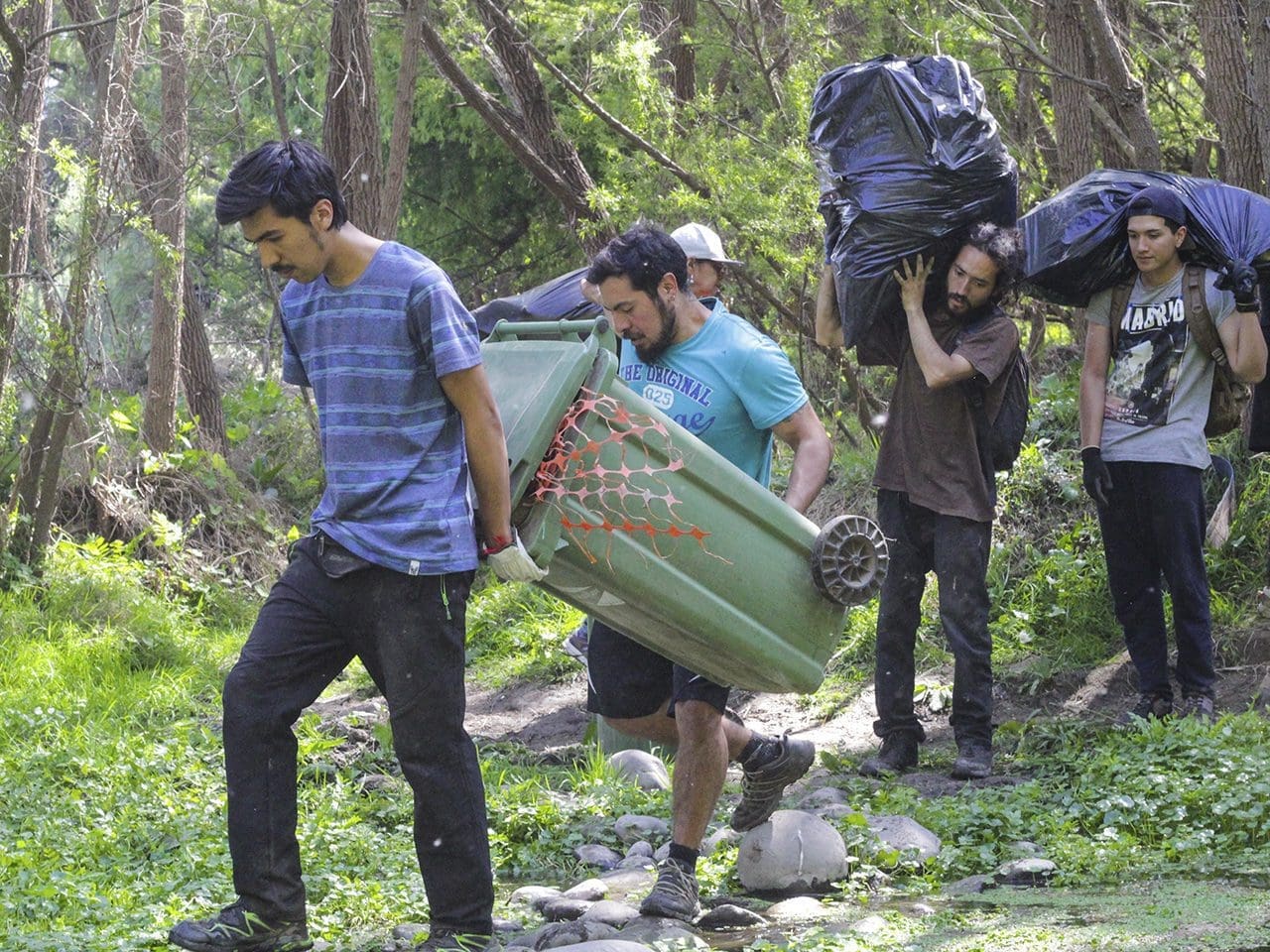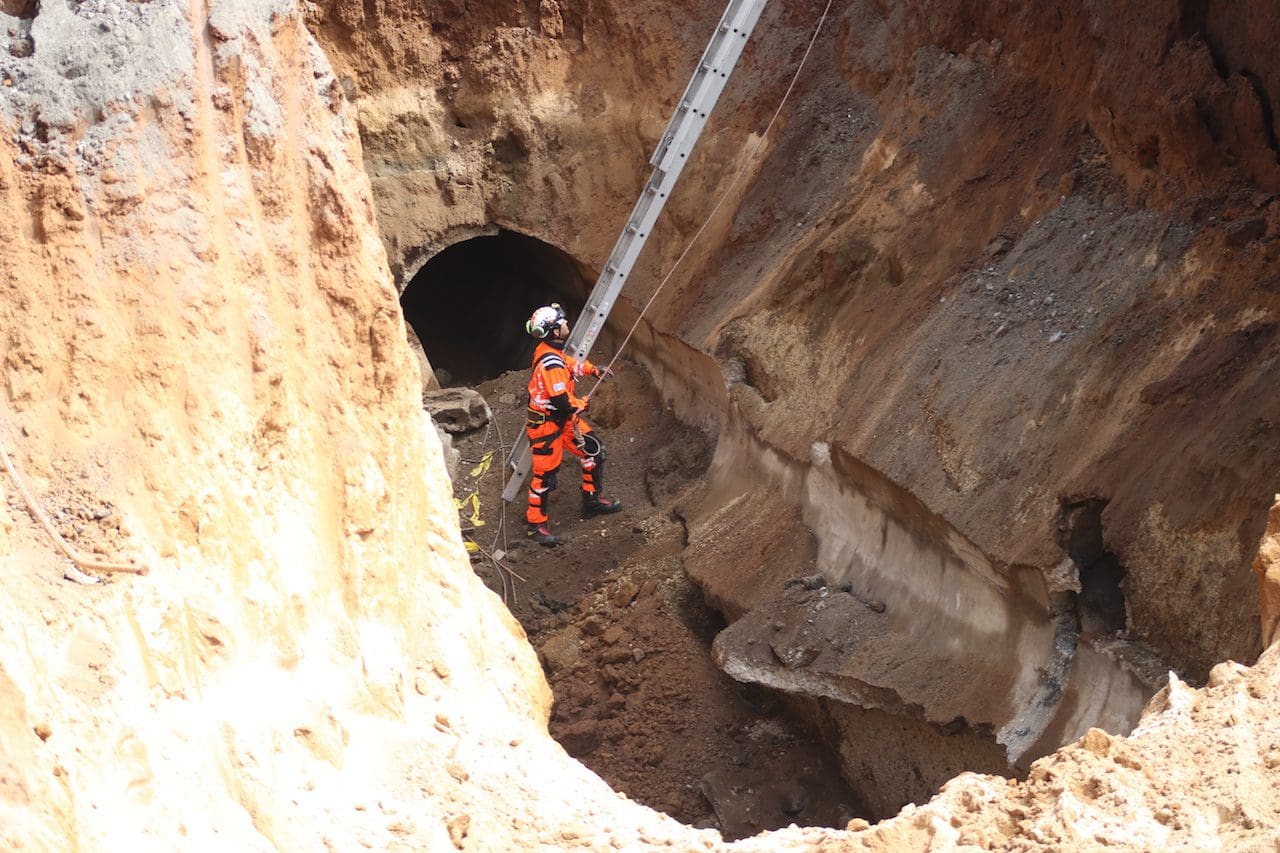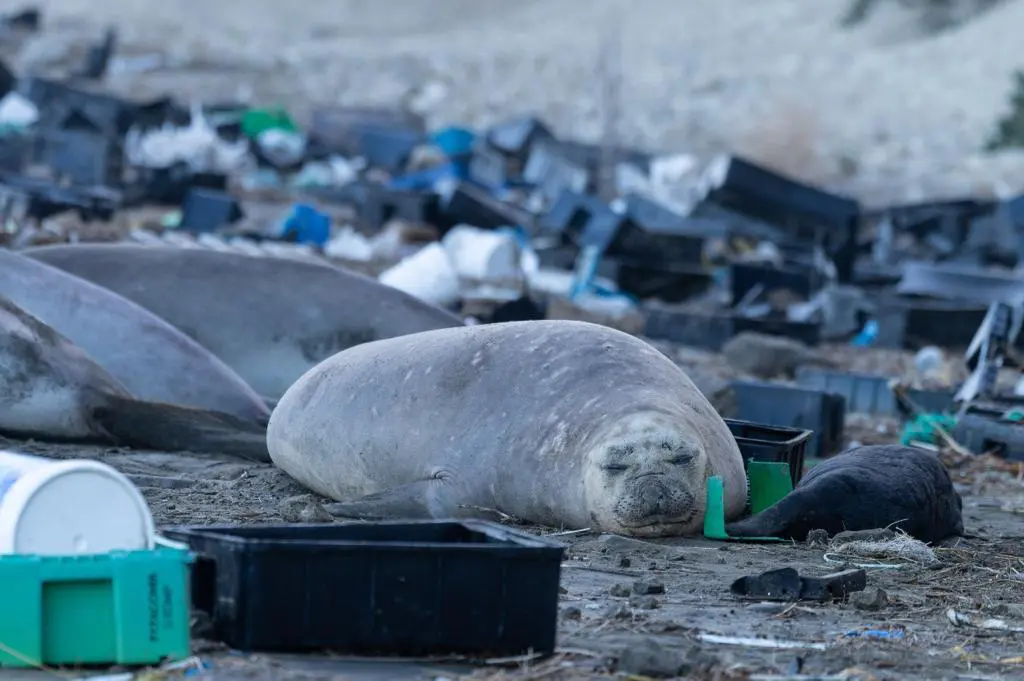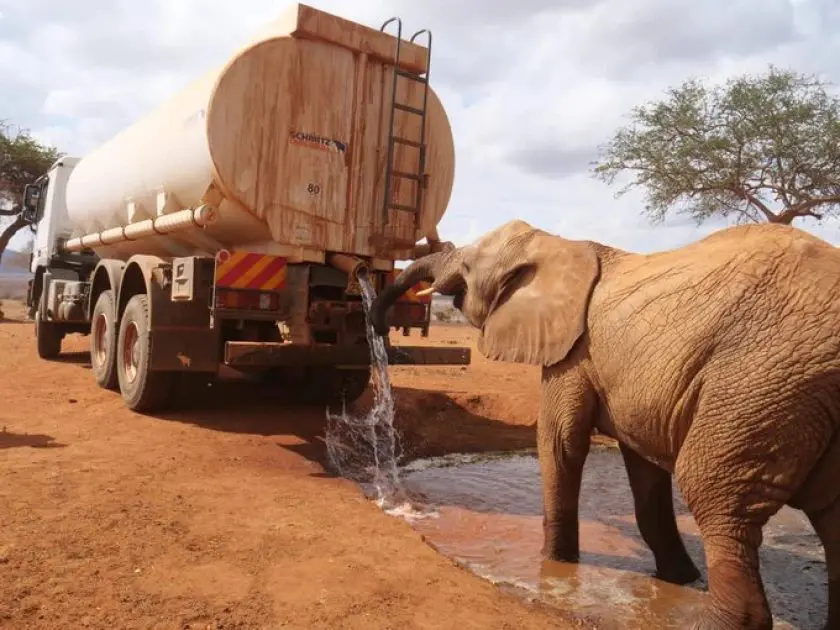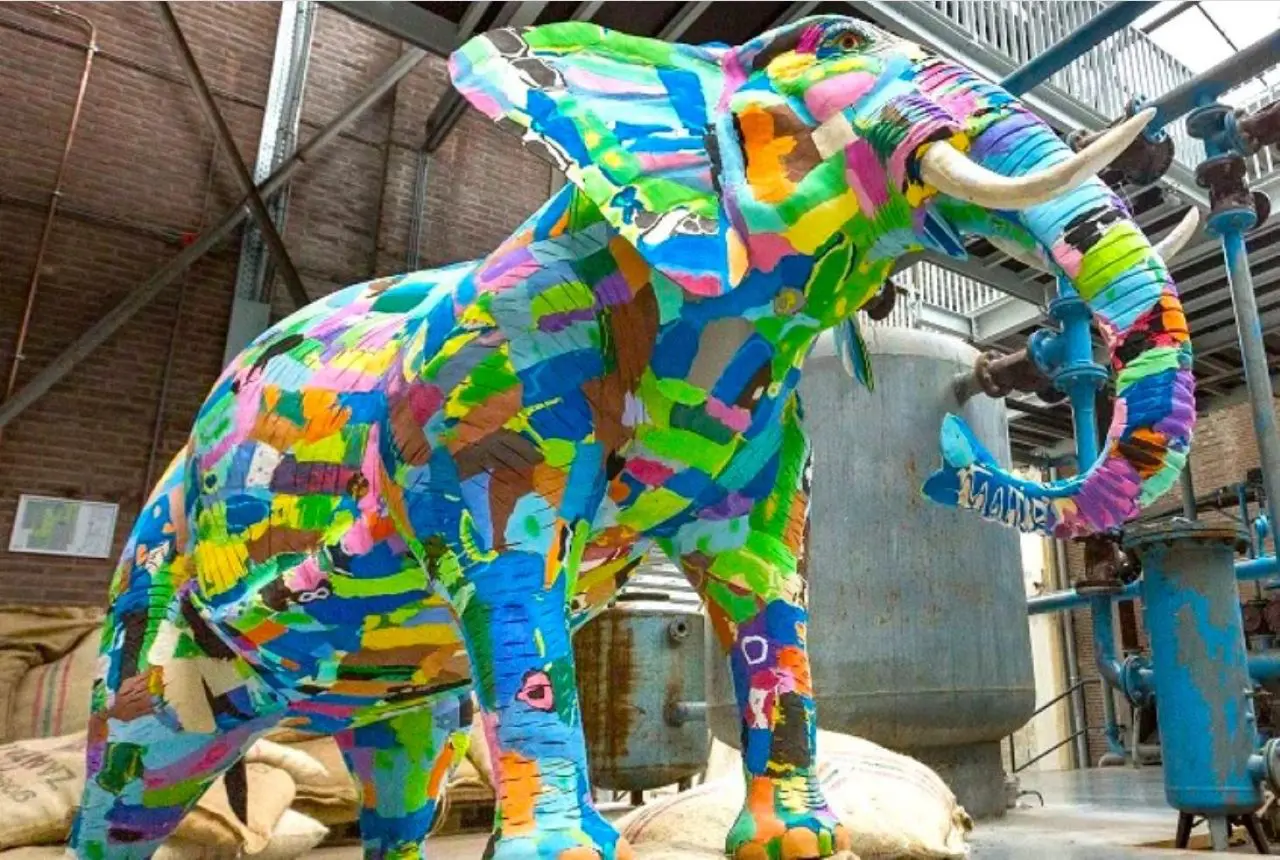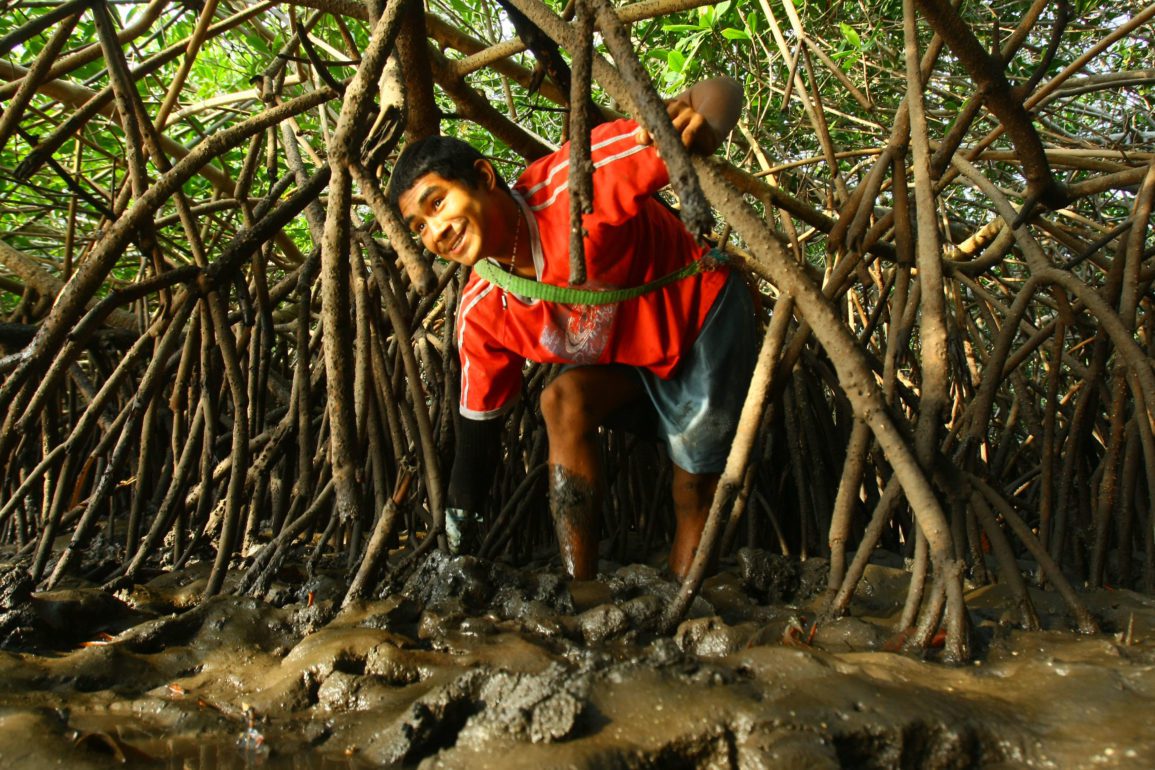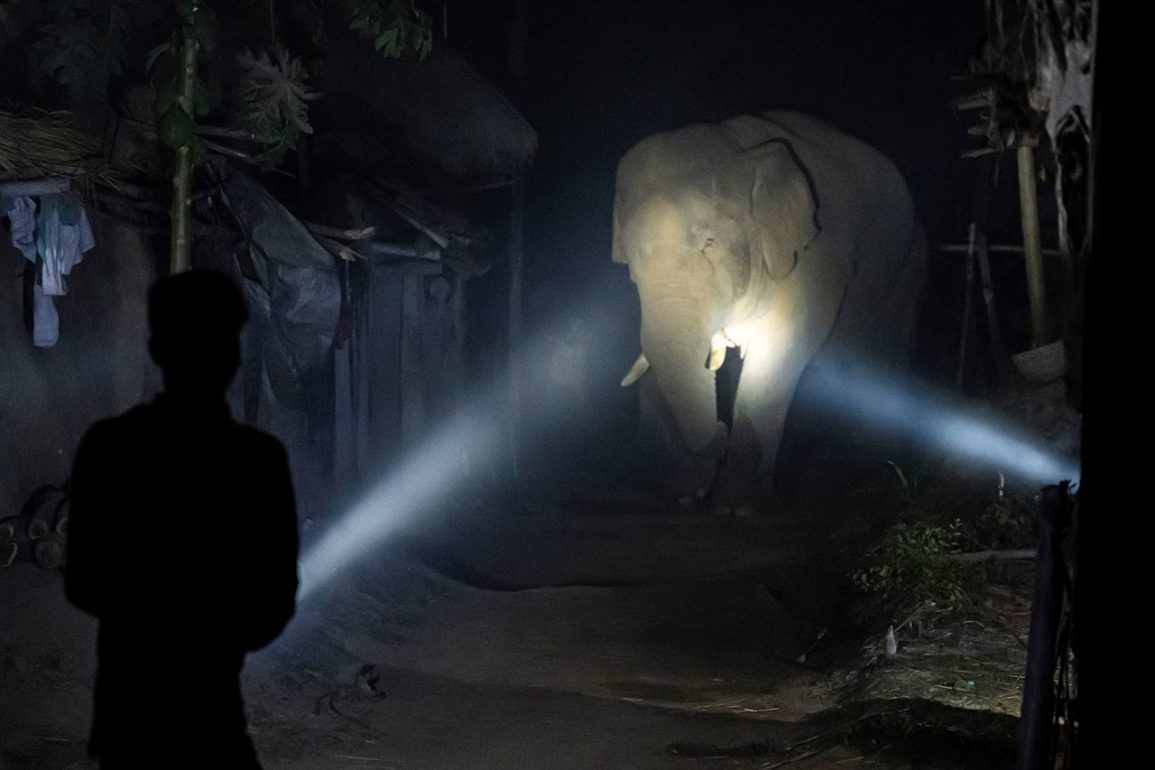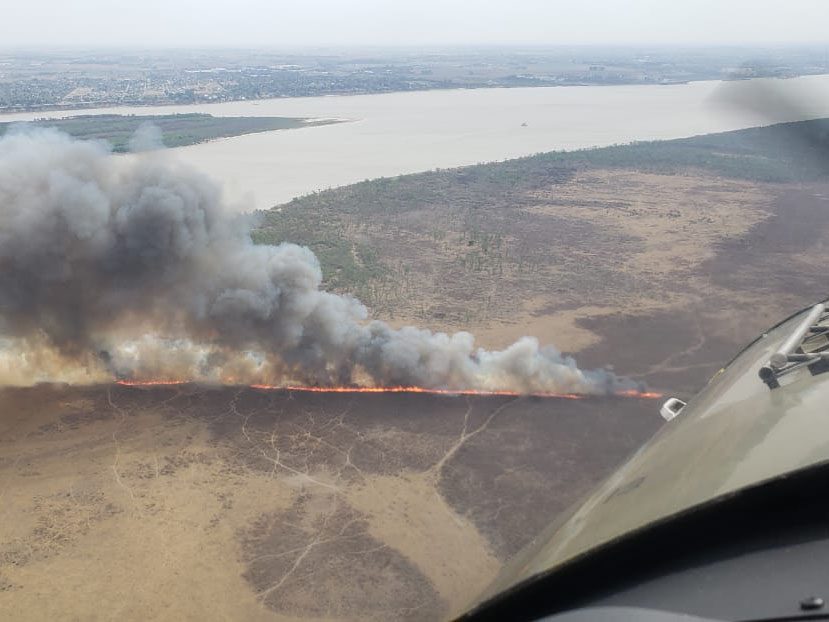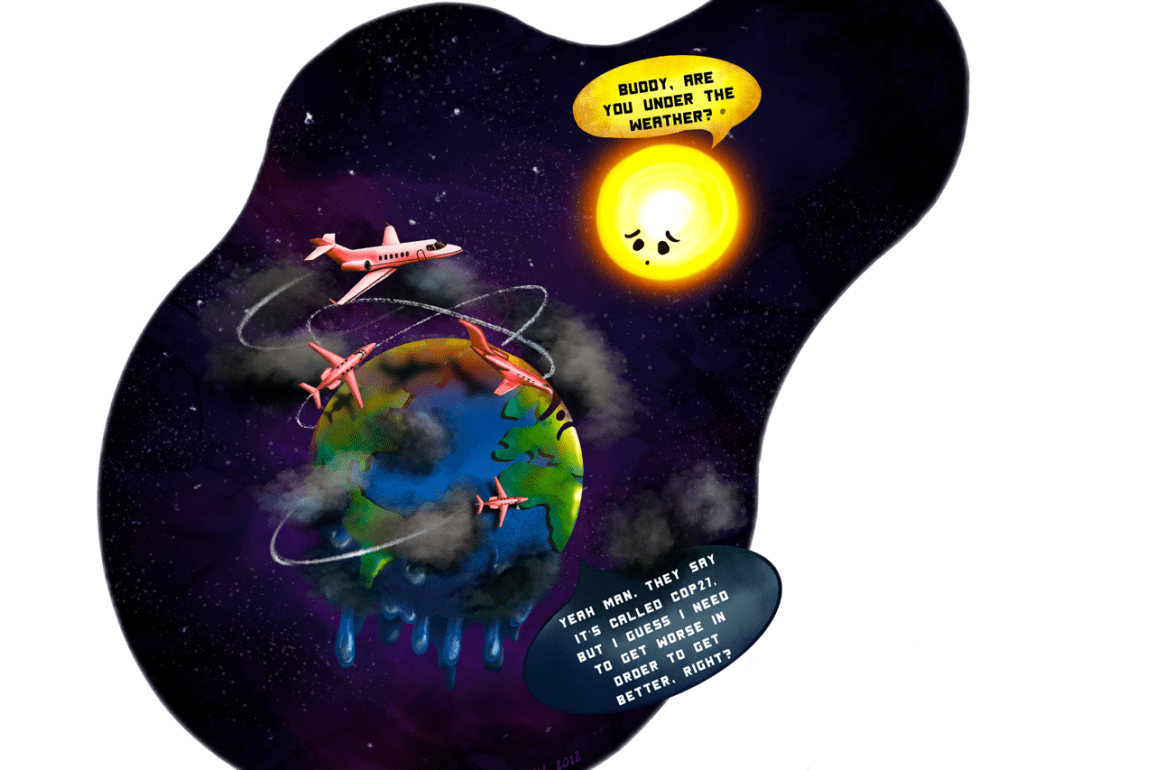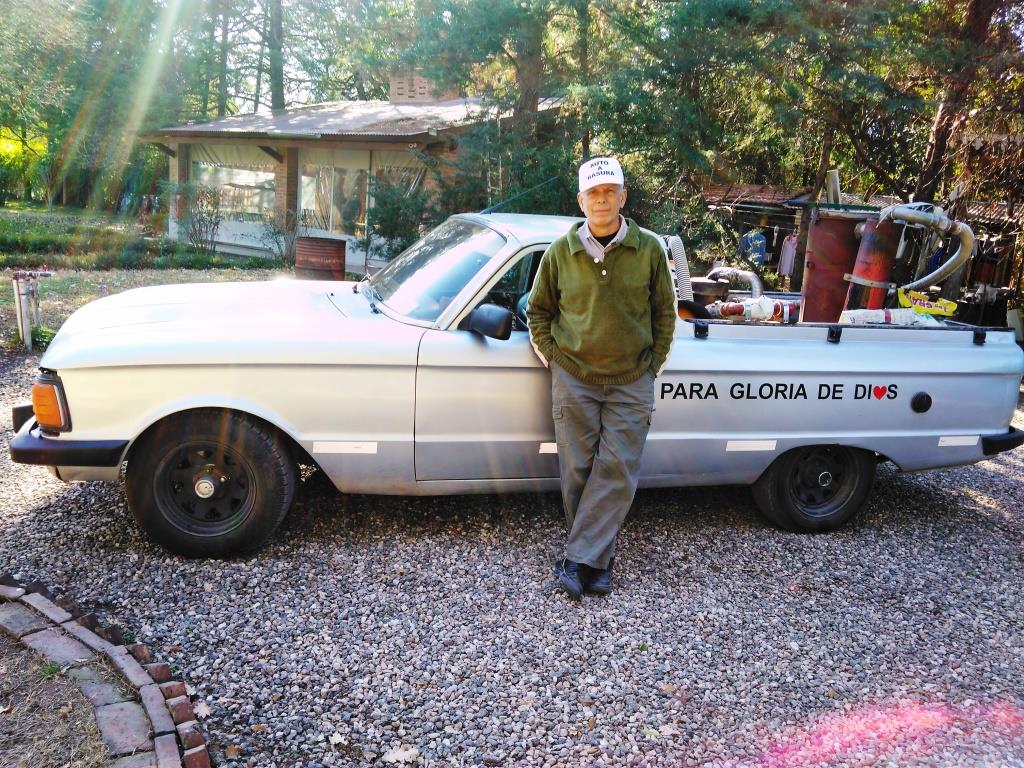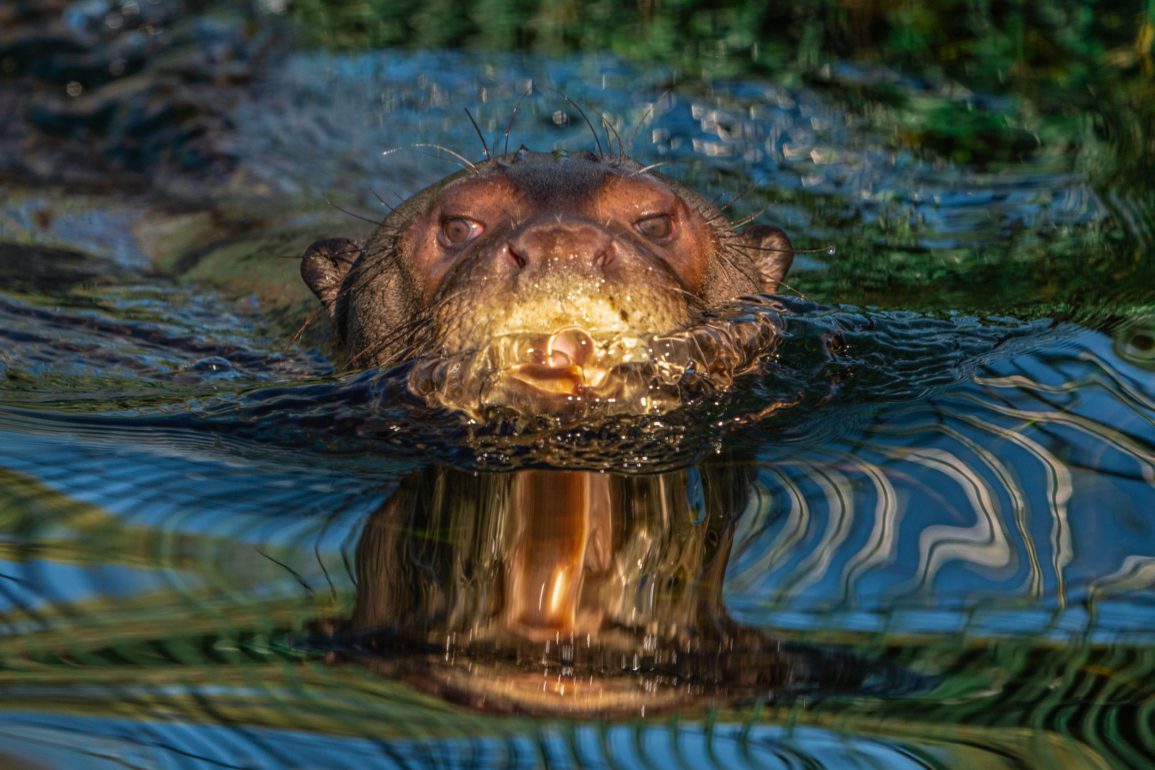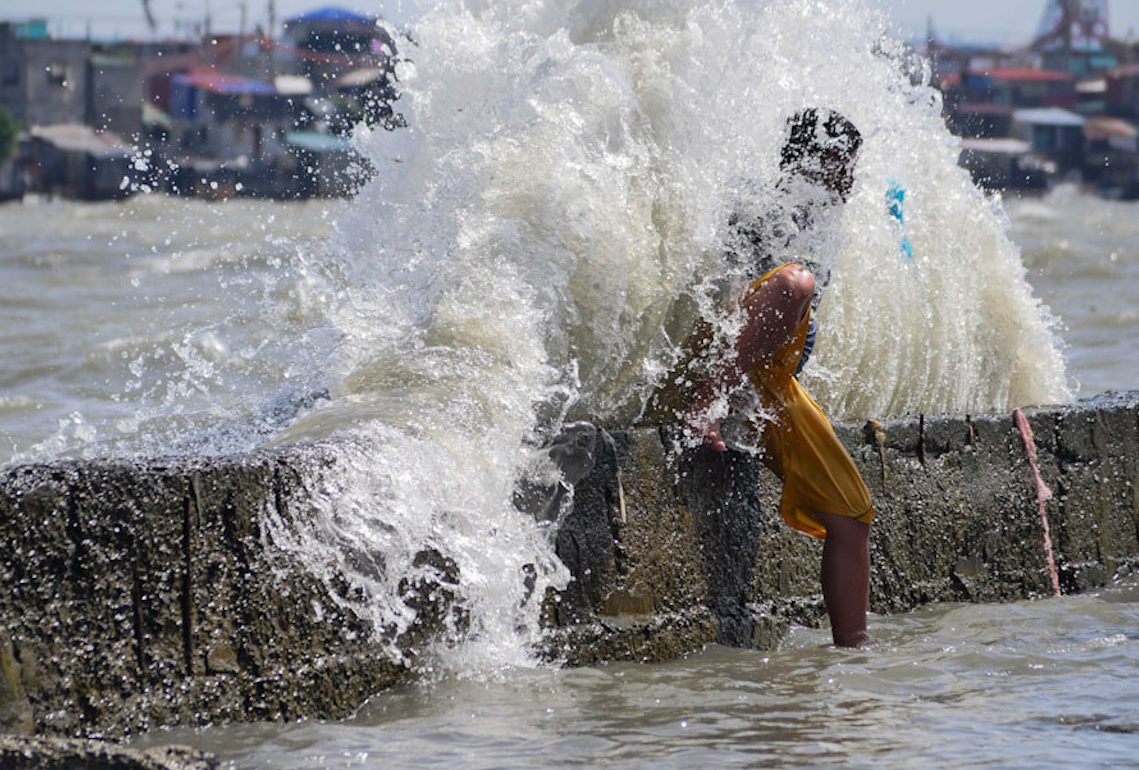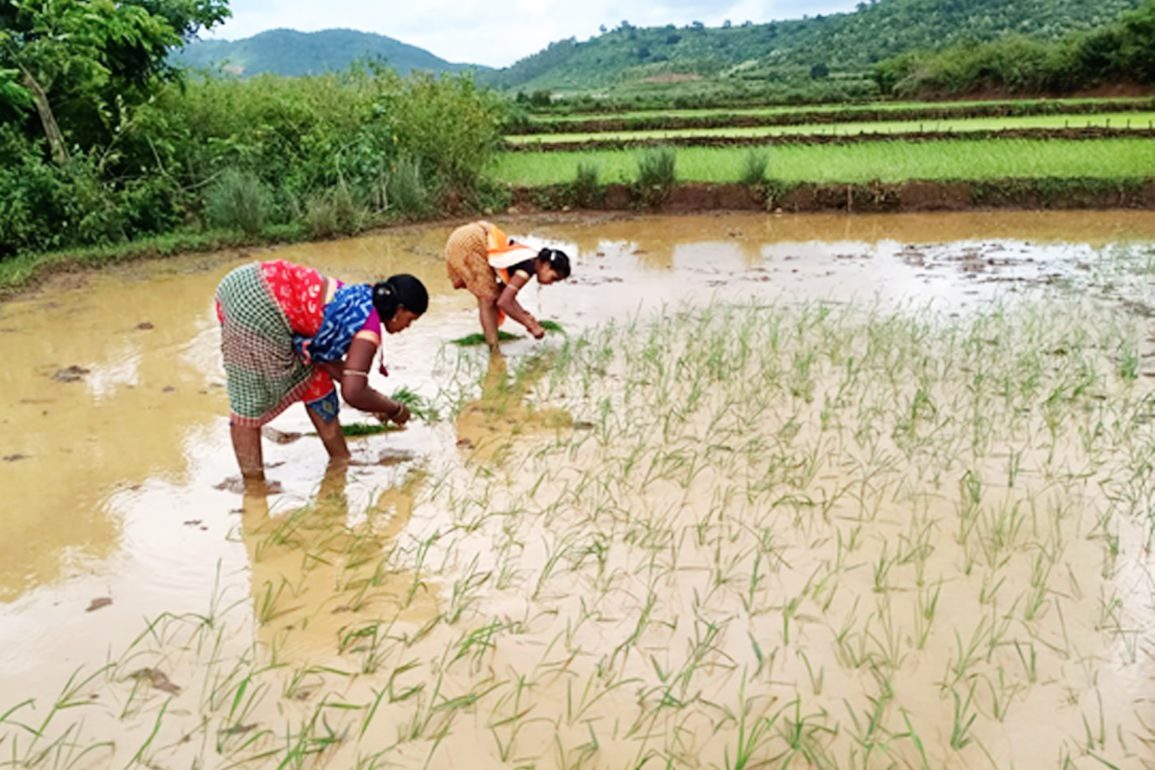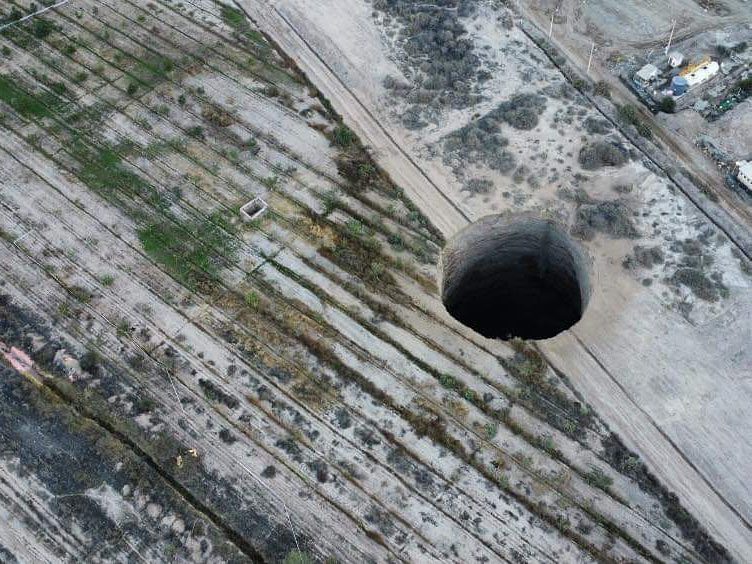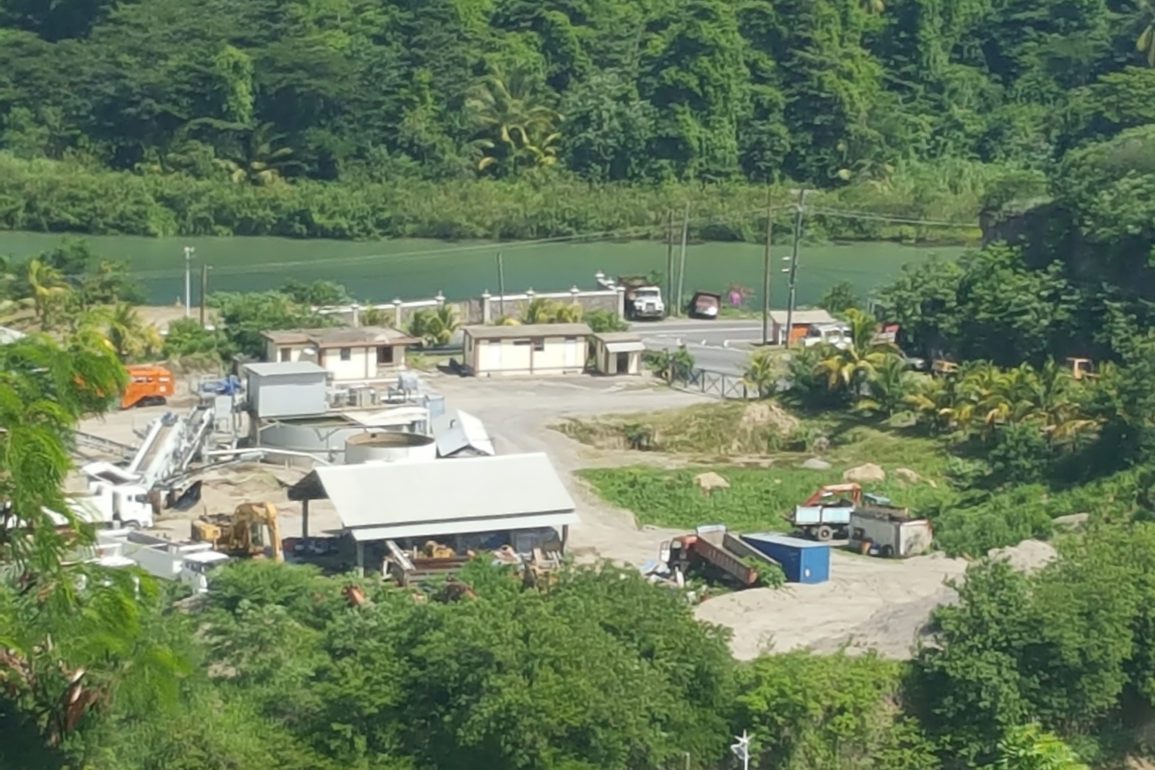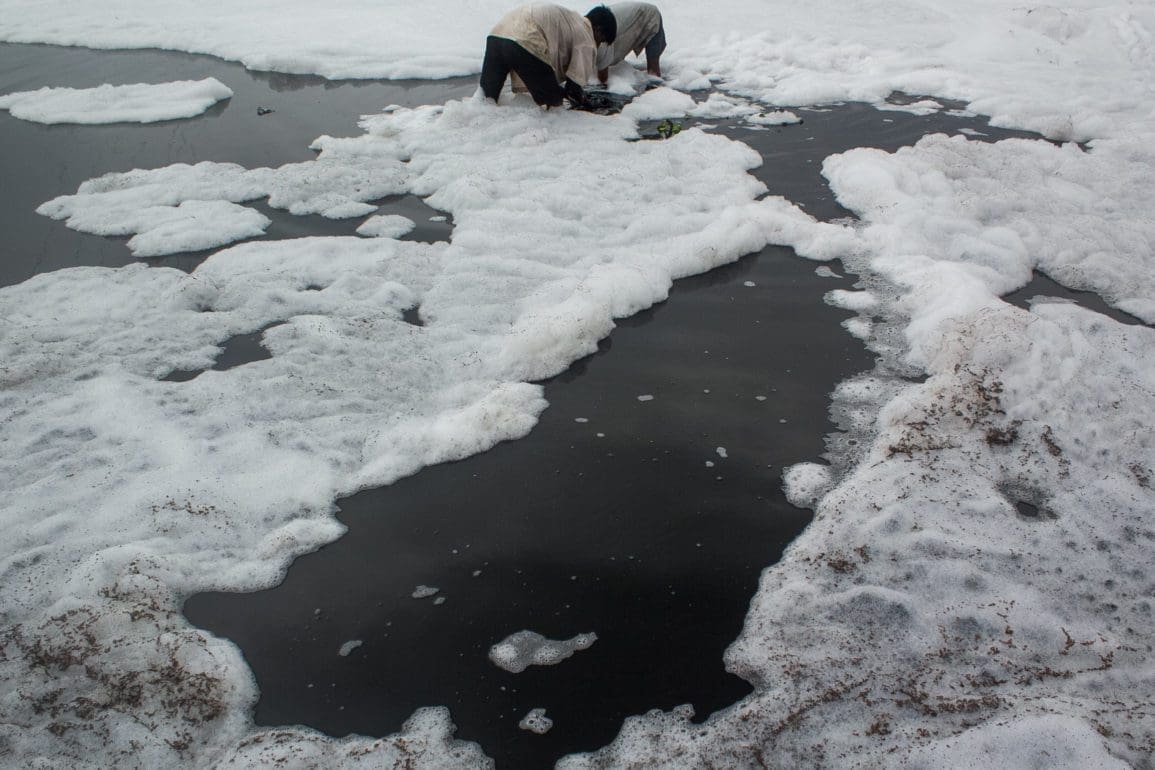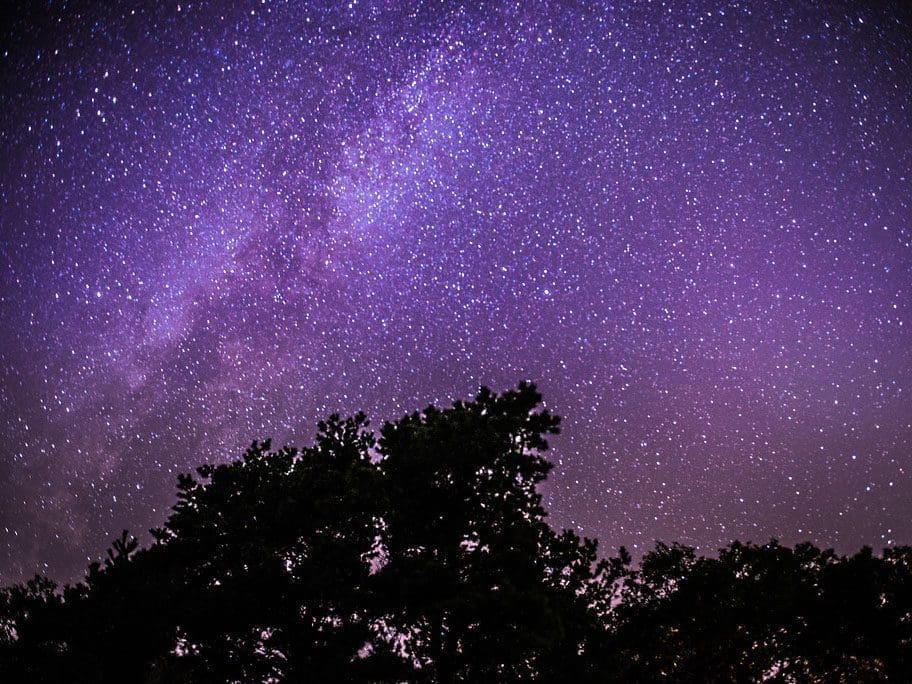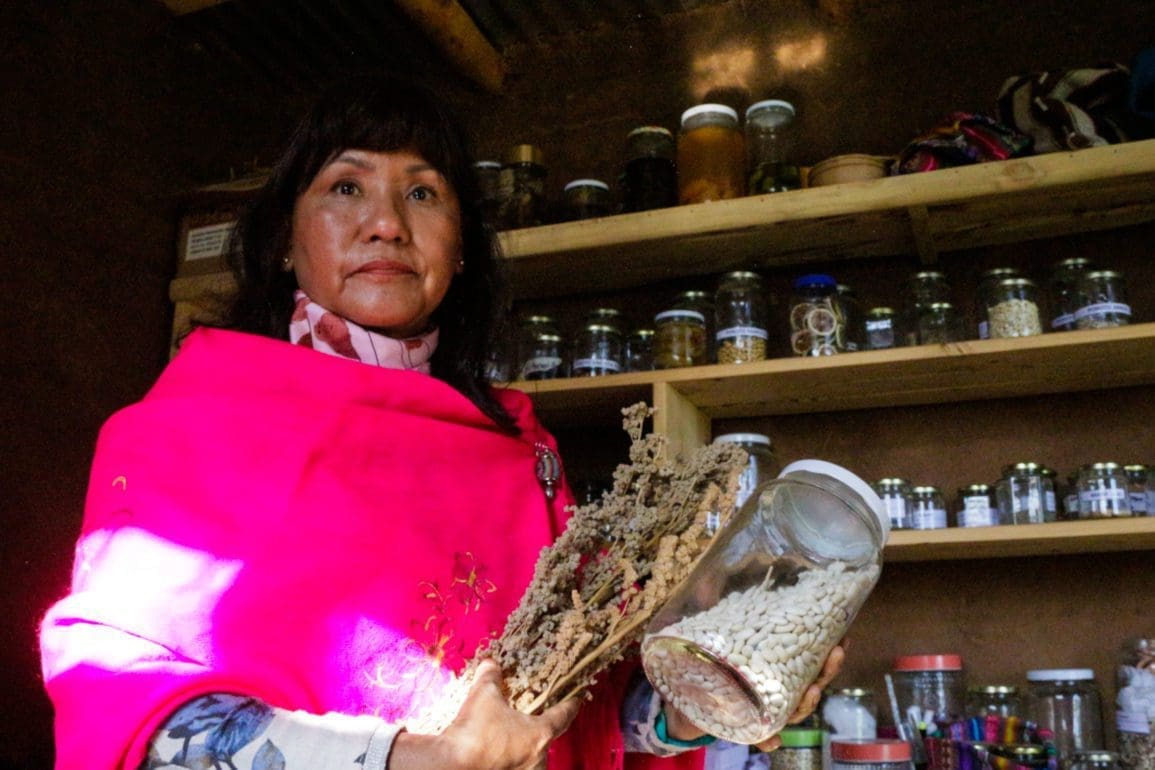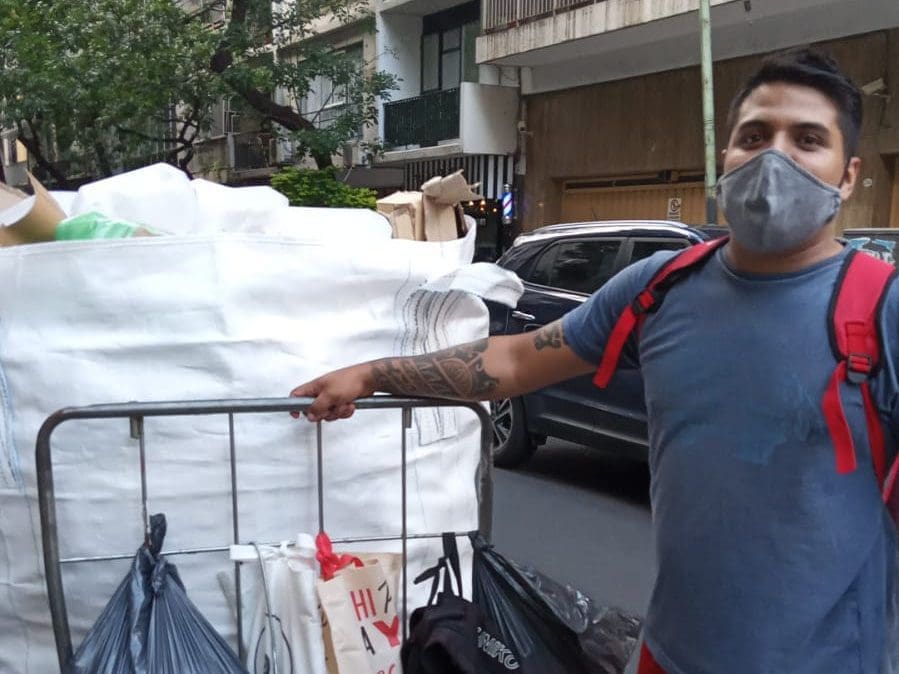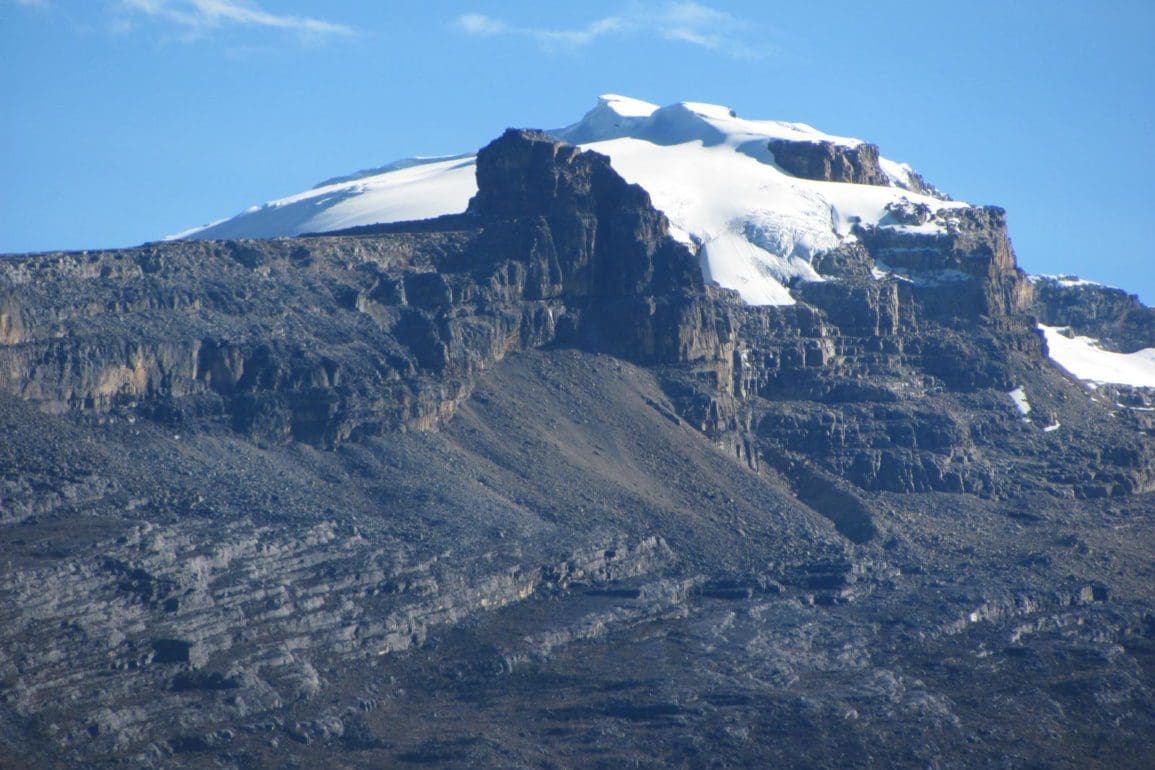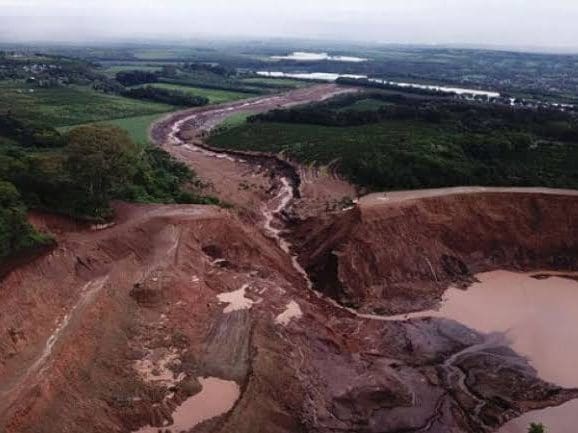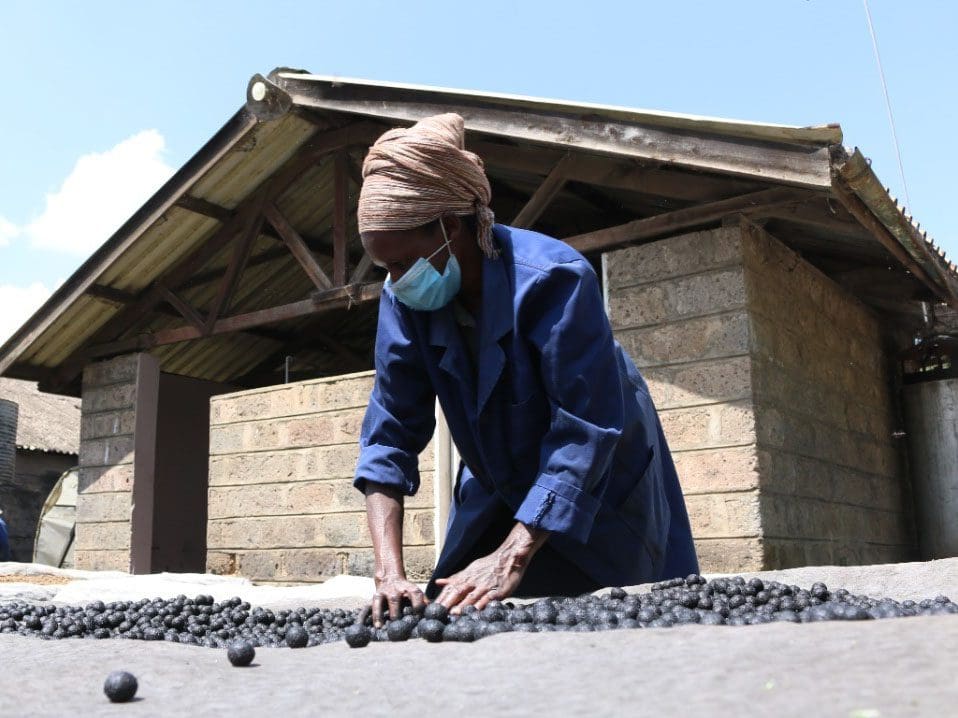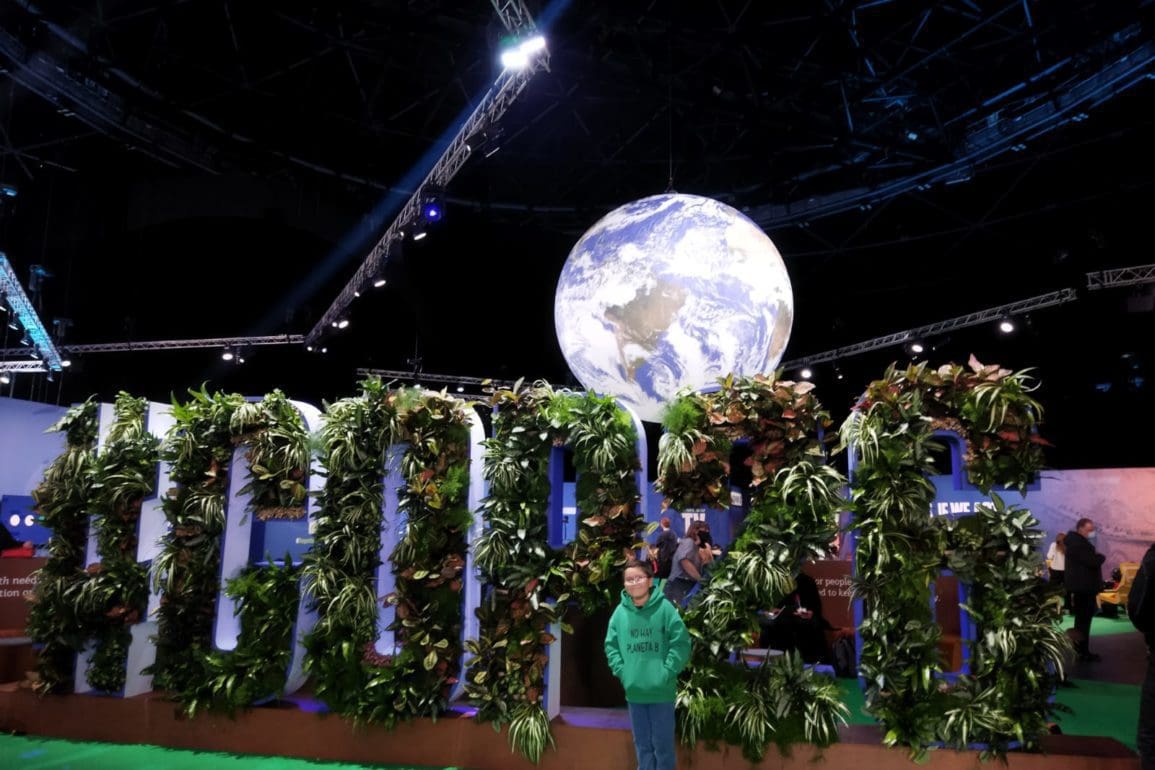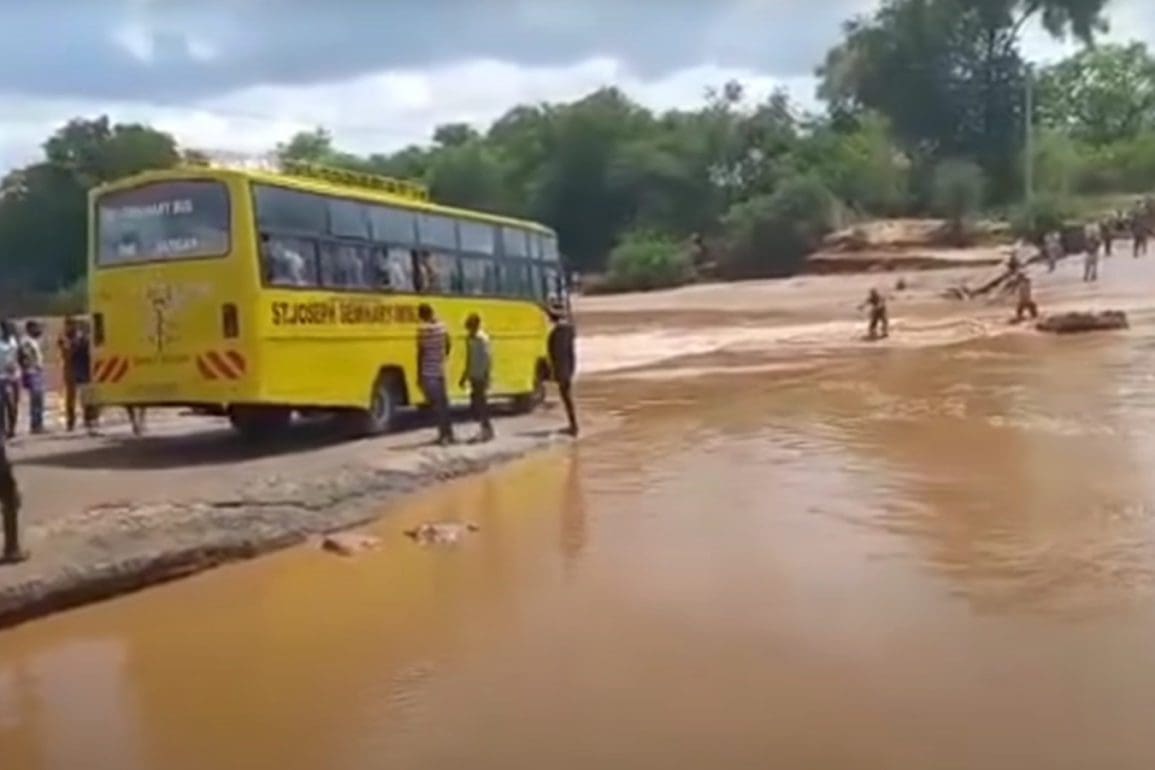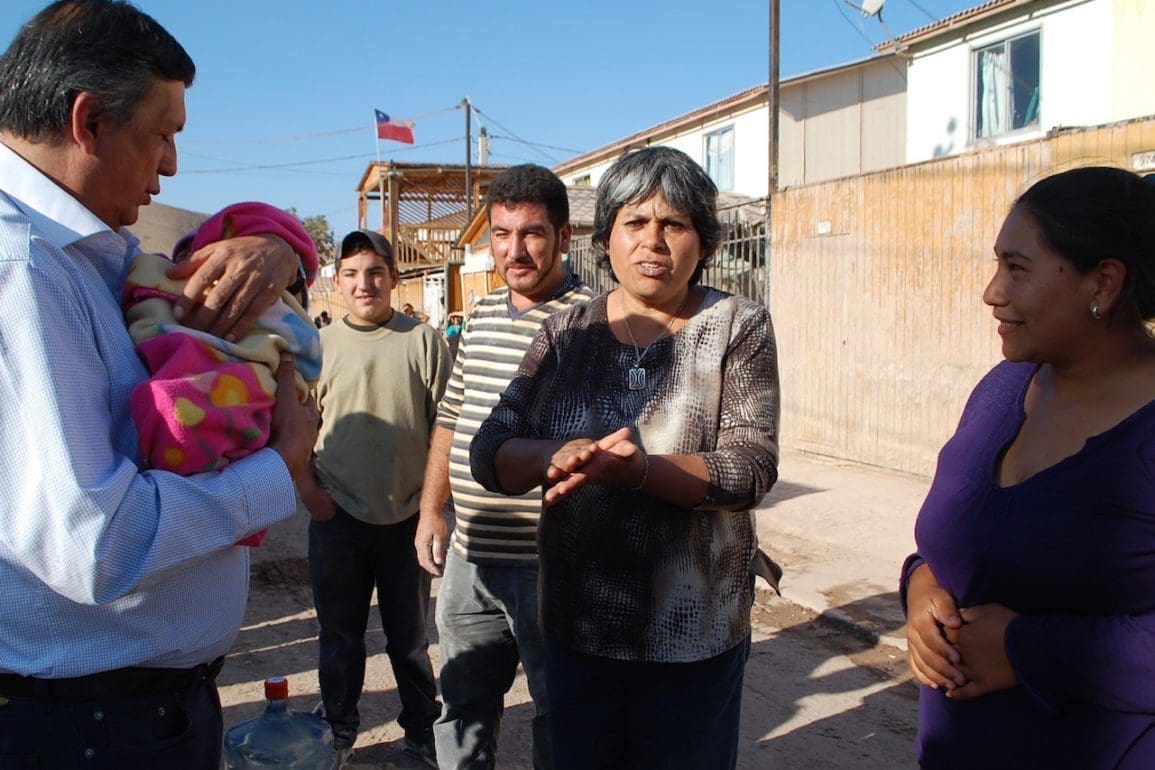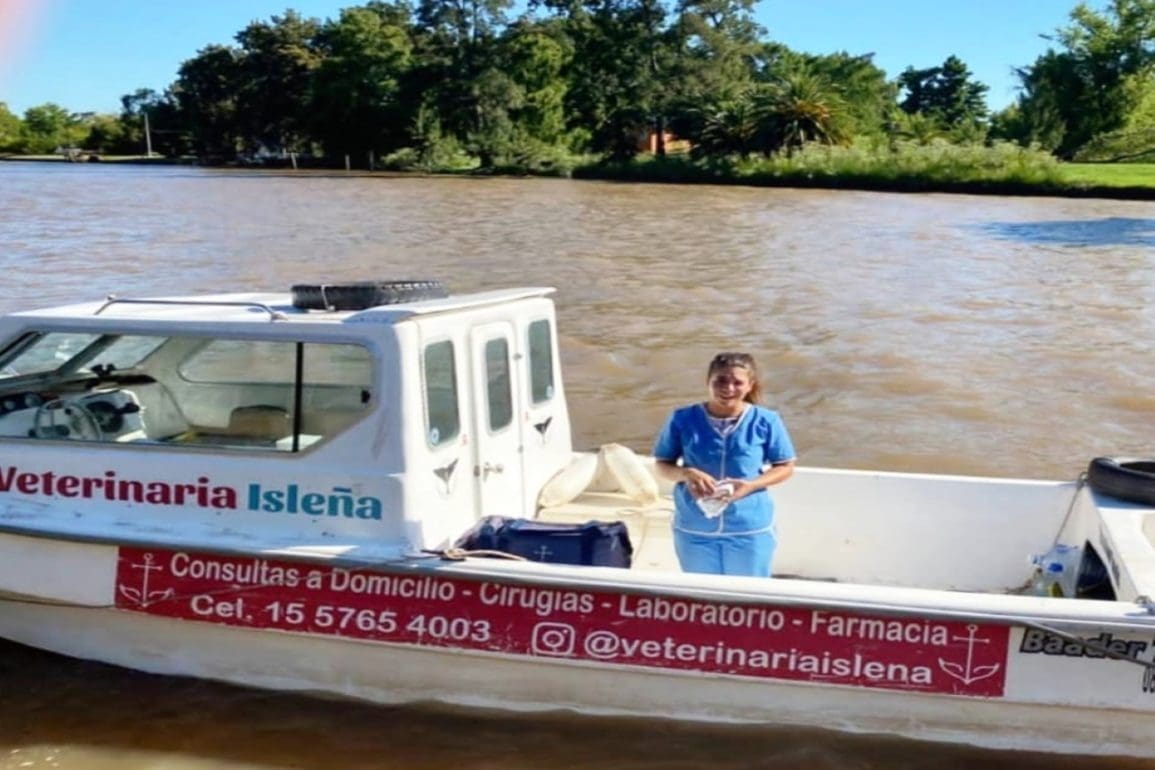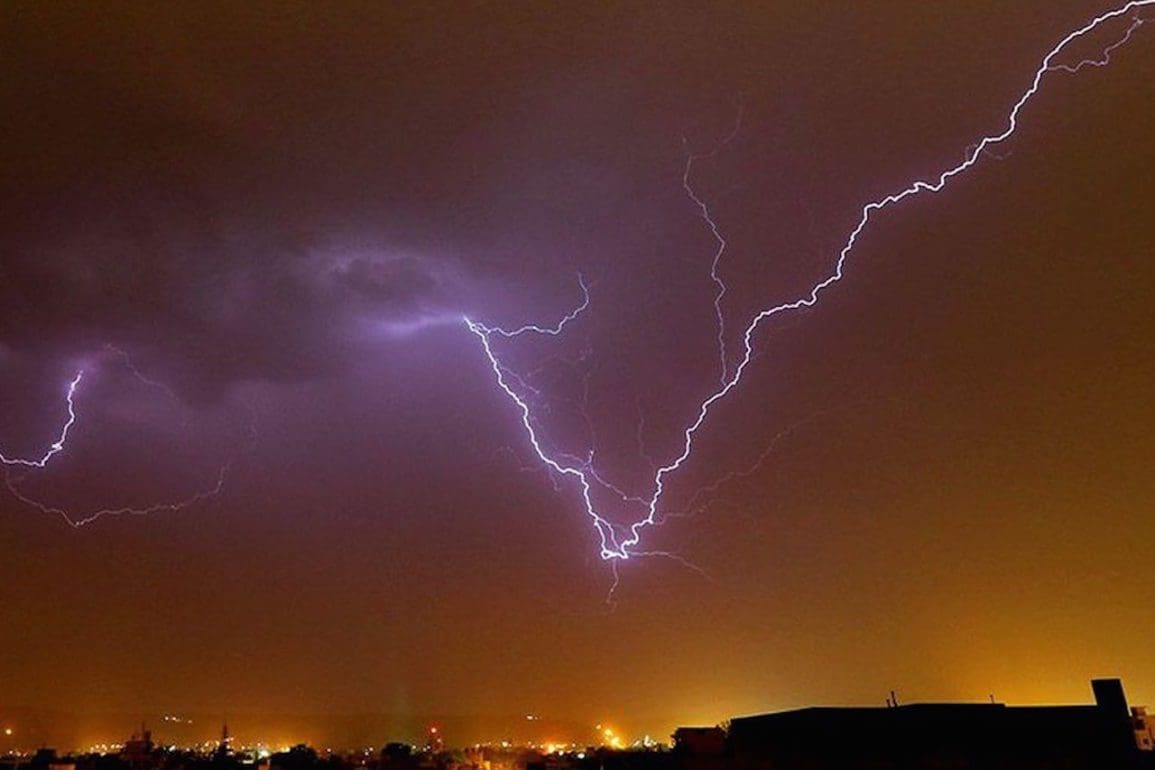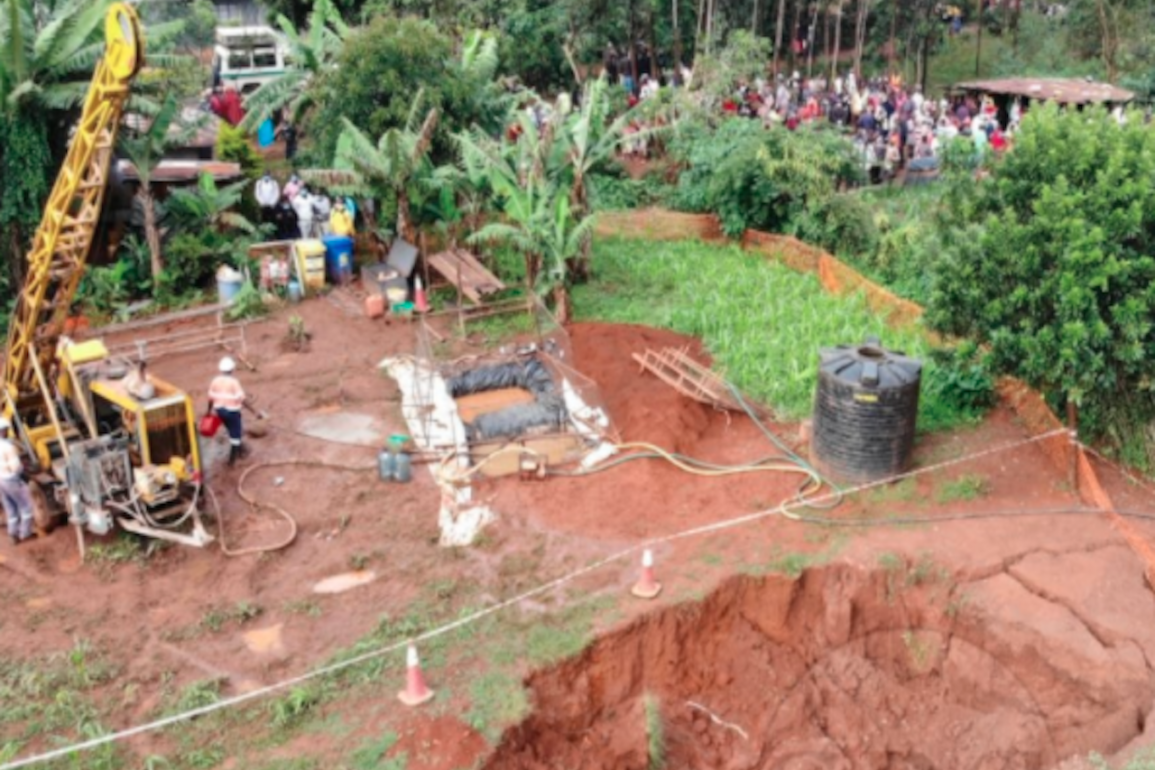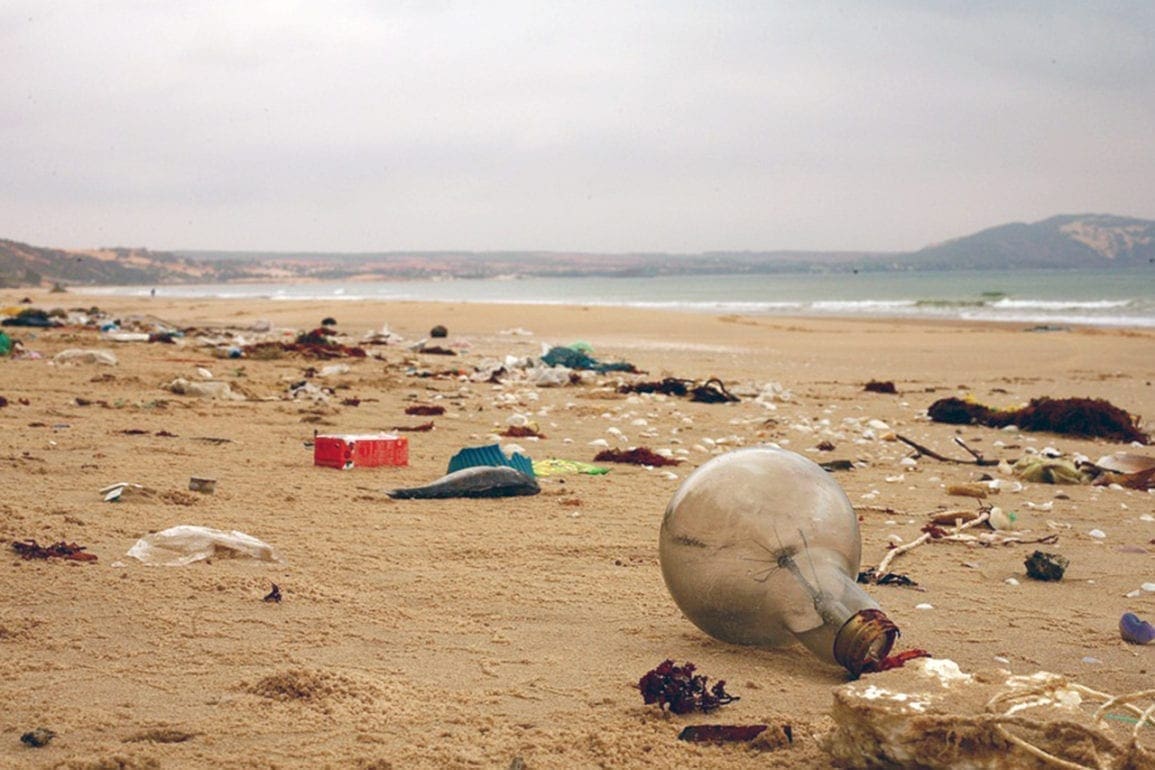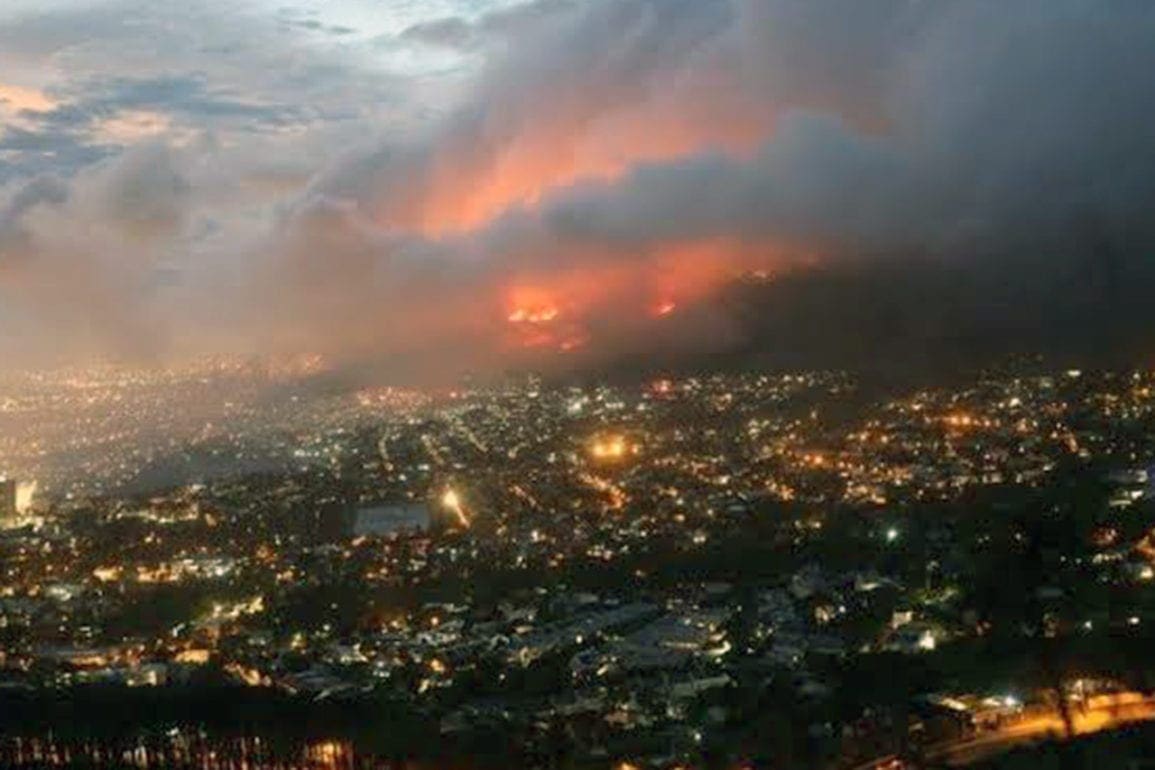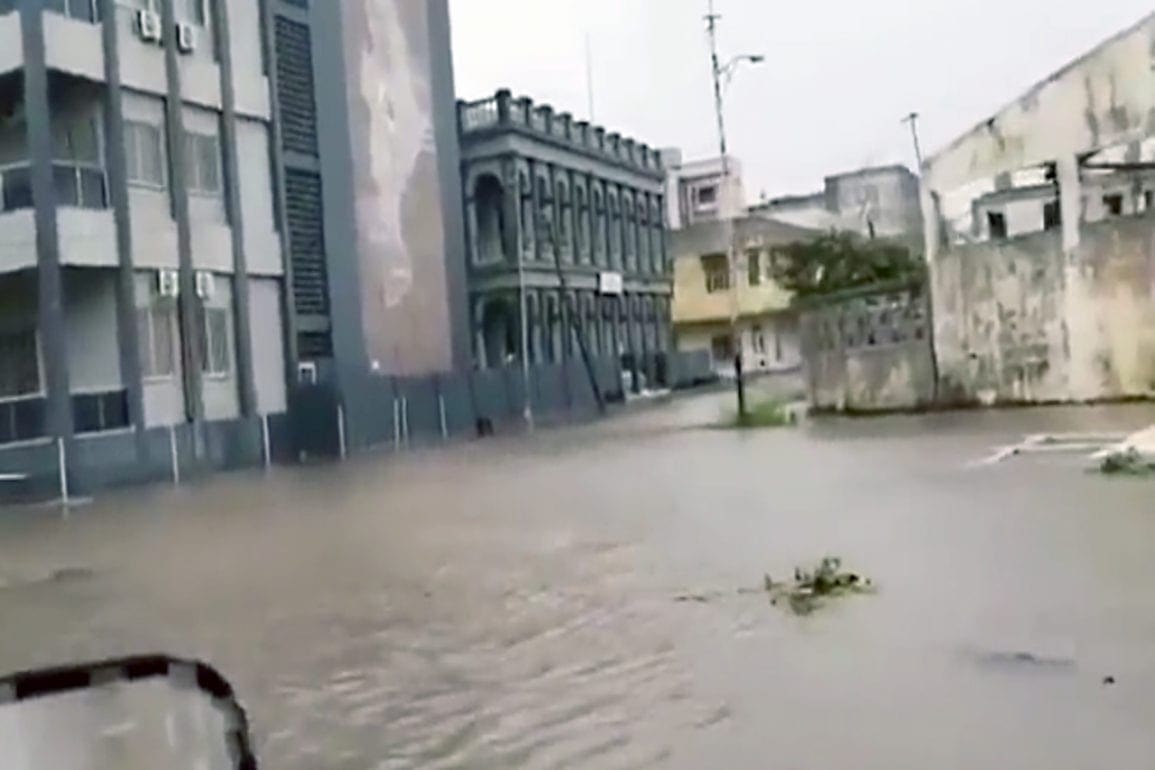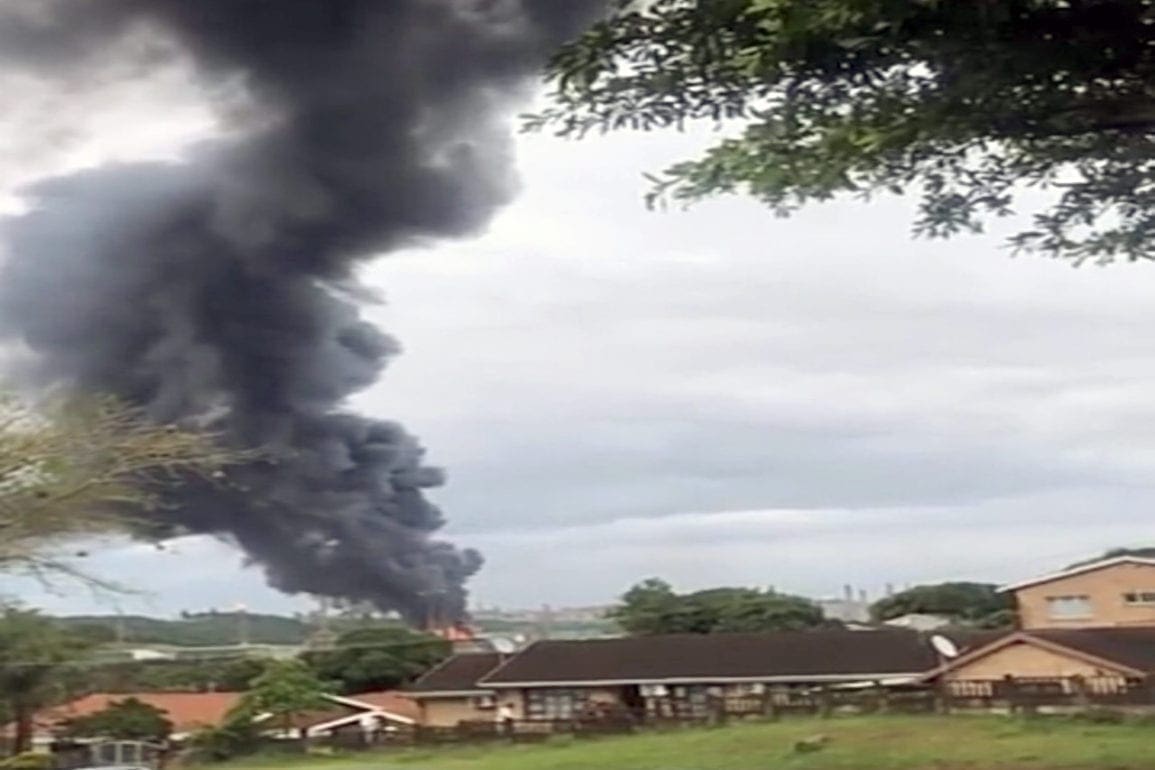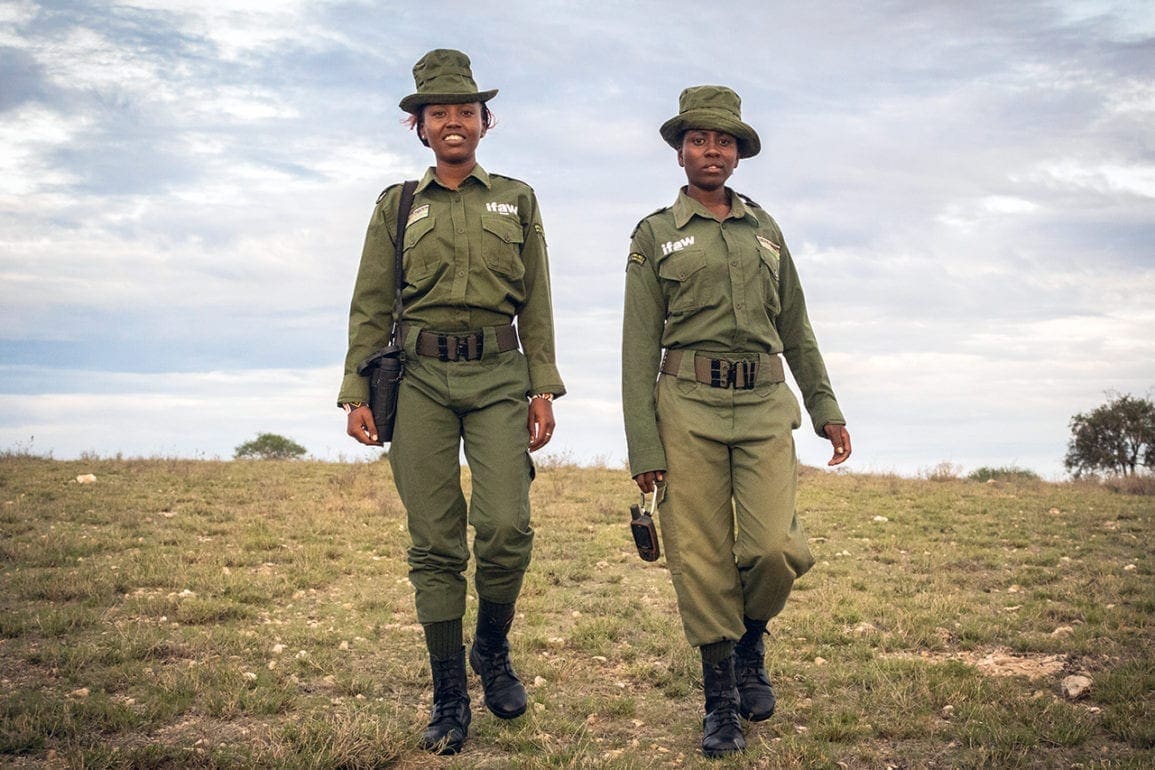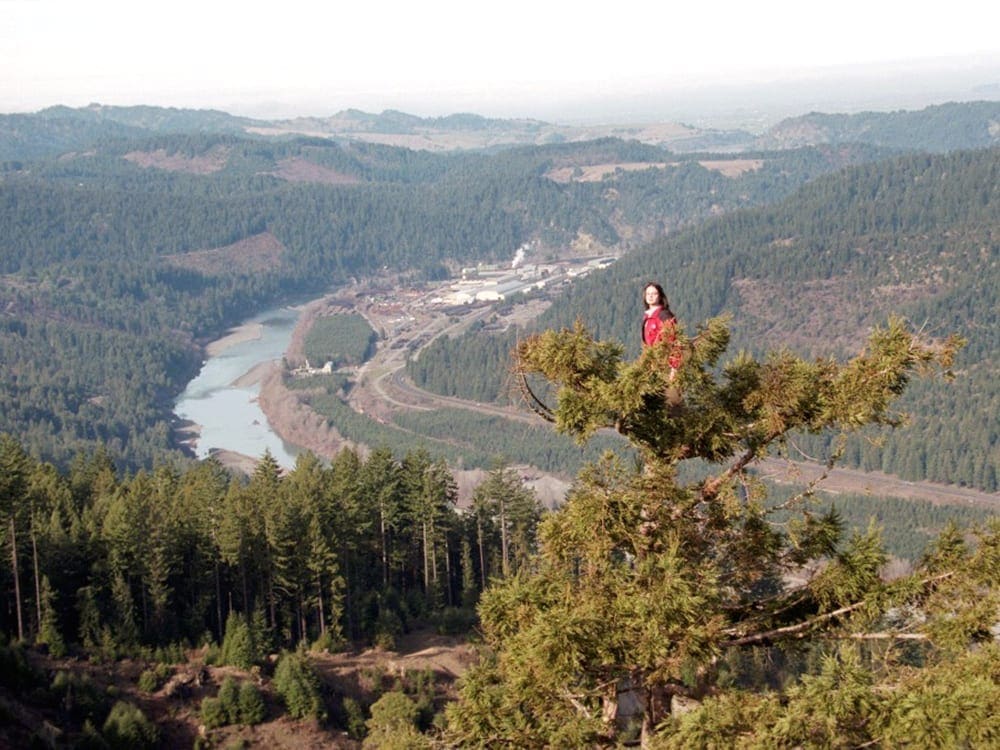Famous Lake Titicaca, the “birthplace of the Incas,” is slowly disappearing
I see boats stuck on dry land, jet skis held up in straw, and water slides that once entertained ending abruptly on solid earth. The pace of change terrifies me.
- 8 months ago
December 11, 2023

SANTA CRUZ DE LA SIERRA, Bolivia — The magnificent freshwater lake known as Titicaca in the Andes mountains borders both Bolivia and Peru. On either side of the lake, an exciting myth has persisted for centuries. It is said that the god Viracocha emerged from the depths of Titicaca in a time of darkness and created the sun, moon, and stars. The myth continues, he created humankind to protect the Incan empire.
Sadly, the legendary lake which nurtures every living thing in and around it, shows signs of losing its splendor. Lake Titicaca is drying up. All the splendor and magic for which it is known has begun to vanish, taking everything else with it.
Read more stories on drought at Orate World Media
Solid ground now stands where boats once passed
Experts say that between April and September, water levels dropped by 60 centimeters and may further reduce by 90 centimeters (about 2.95 feet) by December without rain. This decline leads to biodiversity loss and water scarcity.
Over the years as a journalist and news producer, I saw firsthand the changes that occurred at the lake, which remains dear to my heart. During my travels, I crossed the lake from Copacabana to the Isla del Sol, passed by the Isla de la Luna, and traversed the Isla de la Mujer. The sight of descending watermarks on stones blurs the memories of my trips. It feels like a countdown to an impending catastrophe.
In the past, lush vegetation surrounded the lake. The totora reeds and roots stood out on the edges of the lake. Eighty small islands floated amongst them, like the famous Isla del Sol, a popular tourist attraction. Archaeological sites served as reminders of the lake’s mystical past and an acknowledgment of its historic inhabitants. These days, though, the lake’s unsettling future looks gloomy.
For decades, tourists enjoyed a palette of unforgettable flavors, especially in Copacabana. They stopped to buy fried fish and other snacks – taking a taste before boarding a raft or boat and heading out onto the waters. Now the journey feels treacherous. Boats used to glide through, but now captains find it hard to reach the docks. Some areas turned to solid ground.
Locals who depend on Lake Titicaca become desperate as economic activity gradually halts
The sight of the wide barren space once covered by water breaks my heart. Silence replaces the exciting sounds of revving engines. It haunts me to watch as owners refuse to give up, starting their boats only to see them vibrate aggressively before gradually losing steam. The transition of Lake Titicaca from lively to lifeless feels horrid.
For those who depend on Lake Titicaca for their livelihood, the situation turned desperate. Traders thrived, navigating the lake’s edges. Livestock farmers fed the supply chain. With boats stranded on land, fishermen live with empty nets. As people fail to feed their animals, we see increased poverty, hunger, pain, and despair.
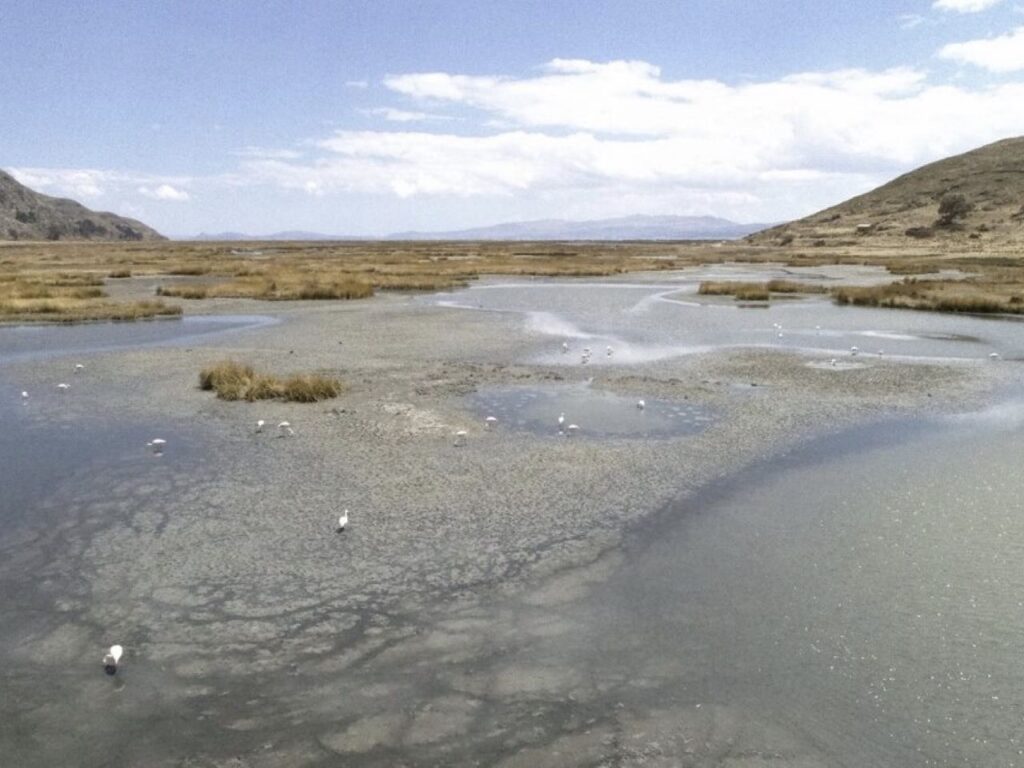
The El Niño climate phenomenon is expected to cause more deficits in the coming season as a gradual warming of the Pacific Ocean leads to heavy rainfall in some areas and drought in others. In the last 22 years, Lake Titicaca lost 2.2 meters.
While the drying of the lake feels shocking to us, we witnessed preceding disasters. Eight years ago, we discovered a mass die-off of thousands of giant frogs. Fish and birds washed up and littered the shore. In 2015, Lake Poopó, which connected to Lake Titicaca by the Desaguadero River, mysteriously dried up completely. In their wisdom, our elders told us that climate change would lead to the extinction of species, but we failed to imagine the possibility. The catastrophic events at our revered lake serve as a wake-up call.
Humans and aquatic life at Lake Titicaca suffer as pollution and climate hinder its vibrancy
When Lake Titicaca thrived, you saw an abundance of cattails, a vital aquatic plant essential for bird reproduction and a refuge for fish, but cattails also served the people. For centuries, the indigenous Uros used the roots and stems to build enormous totora reed rafts of floating islands which sailed on the water’s surface. They even used the green totora reeds to feed their animals.
It felt horrible to see this essential plant dwindle and disappear – becoming increasingly difficult to find. The Uros people became desperate to feed their animals and they set fire to the dry totora reed islands, hoping new plants would sprout. Now my eyes rest upon a landscape of yellowing, dry, or black charred plants.
The nearby city of El Alto, on the fringes of La Paz, remains home to a million people and Lake Titicaca now sees the runoff of the city’s sewage. Untreated toxic wastewater, tainted with heavy metals from mining and metallurgical activities, pollutes this once-beautiful space. I see how the water became smelly, filled with black cattail roots, making it impossible to bathe in as many once had. The grave consequences on the villagers and aquatic life remains stunning, so a group of local indigenous women began fighting for Lake Titicaca’s future.
Action must be taken to preserve Lake Titicaca
Comprehending the desolation of my beloved lake remains a painfully difficult experience. I see boats stuck on dry land, jet skis held up in straw, and water slides that once entertained ending abruptly on solid earth. The pace of change terrifies me.
As a person and as a journalist, I see the reports from scientists, recording an alarming number of indigenous species dying off. Birds that used to inhabit the Titicaca Reserve migrated to other areas this season. The droughts induced wildfires in Bolivia, threating the entire country.
In a desperate move, we saw the government resort to a contingency plan using a controversial modification technique called cloud seeding: the bombardment of clouds to artificially induce rain. The science failed and the hellish experience of Lake Titicaca’s gradual disappearance continues.
Lake Titicaca has always been synonymous with life, energy, and light. As it loses its heartbeat, silence hovers everywhere. We watch in horror as witnesses to its tragic death, its rhythm becoming slower and slower. Lake dwellers and those who created lives in the countryside look broken – in their bodies and their souls. Many became climate refugees – relocating to cities to survive.
I fear if we do nothing, Lake Titicaca will disappear forever.

